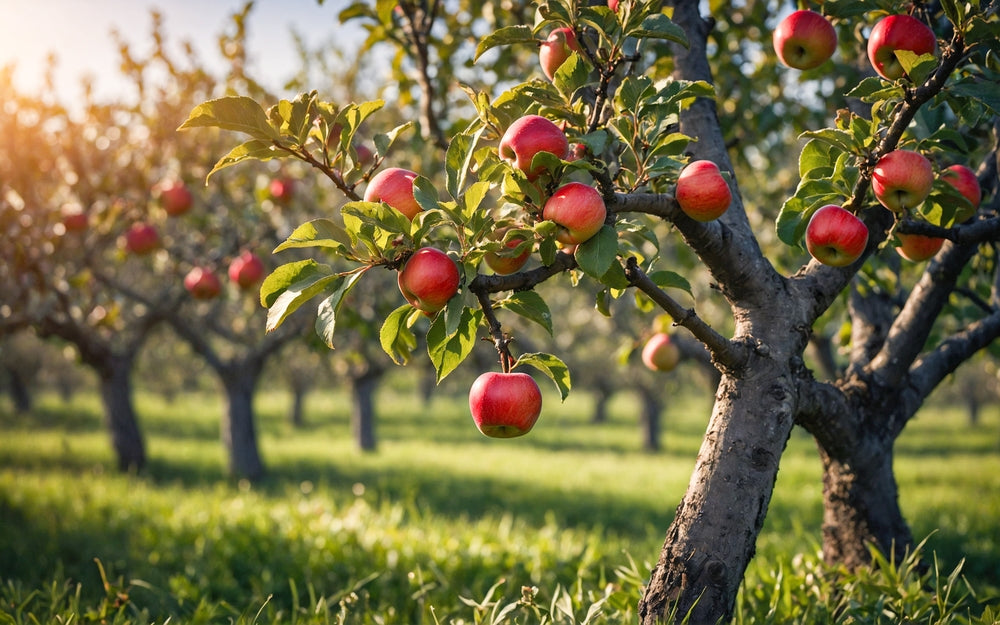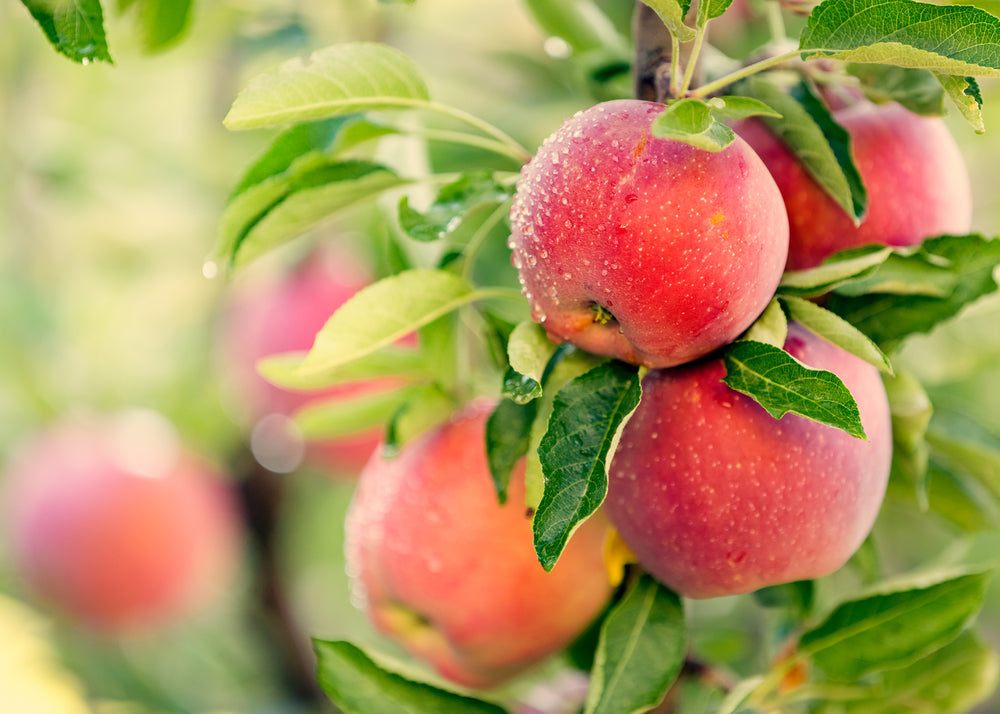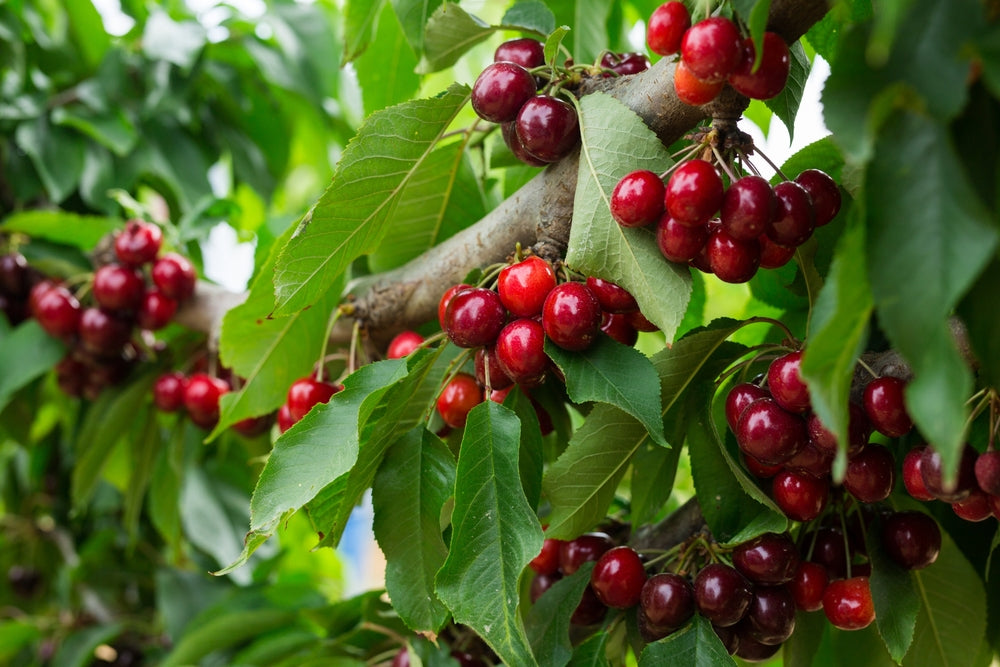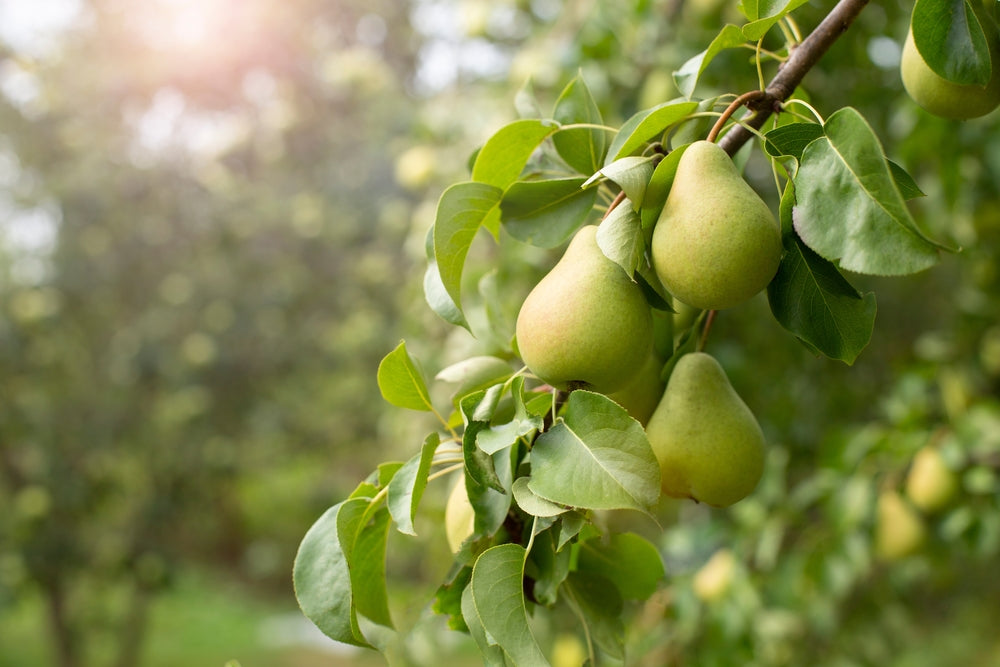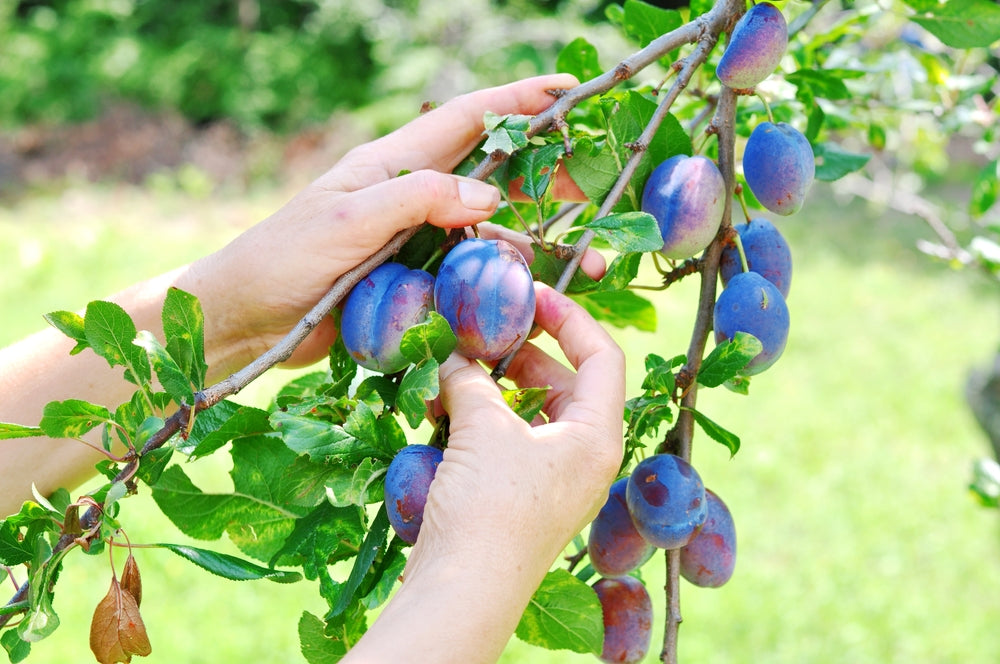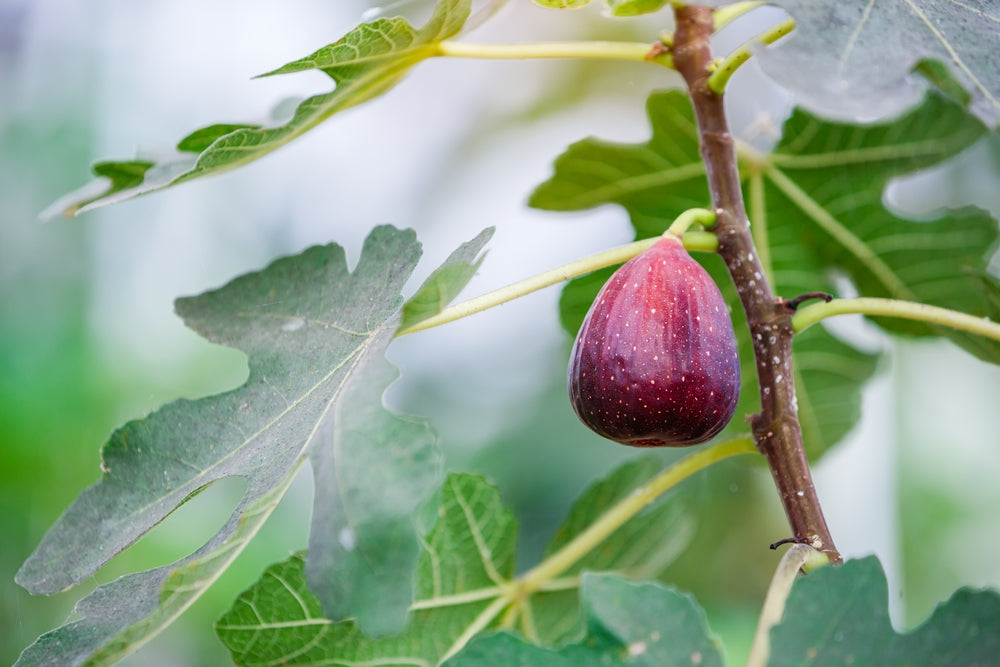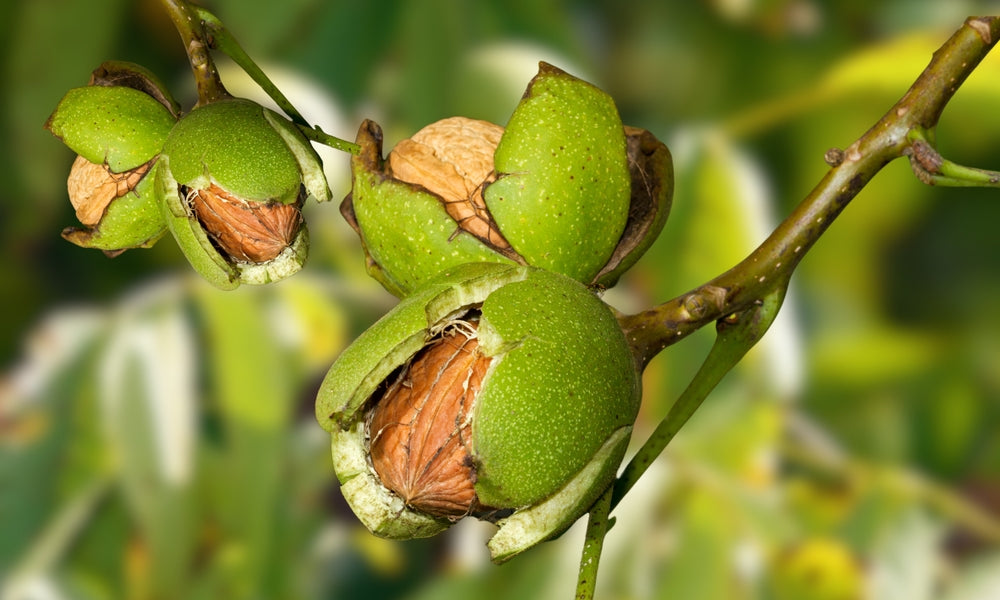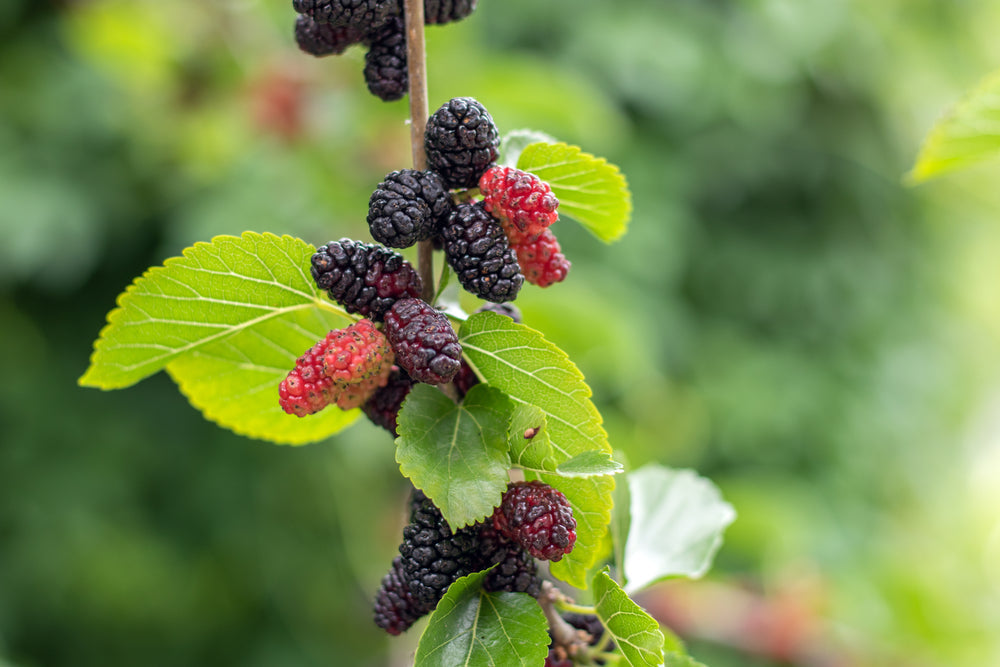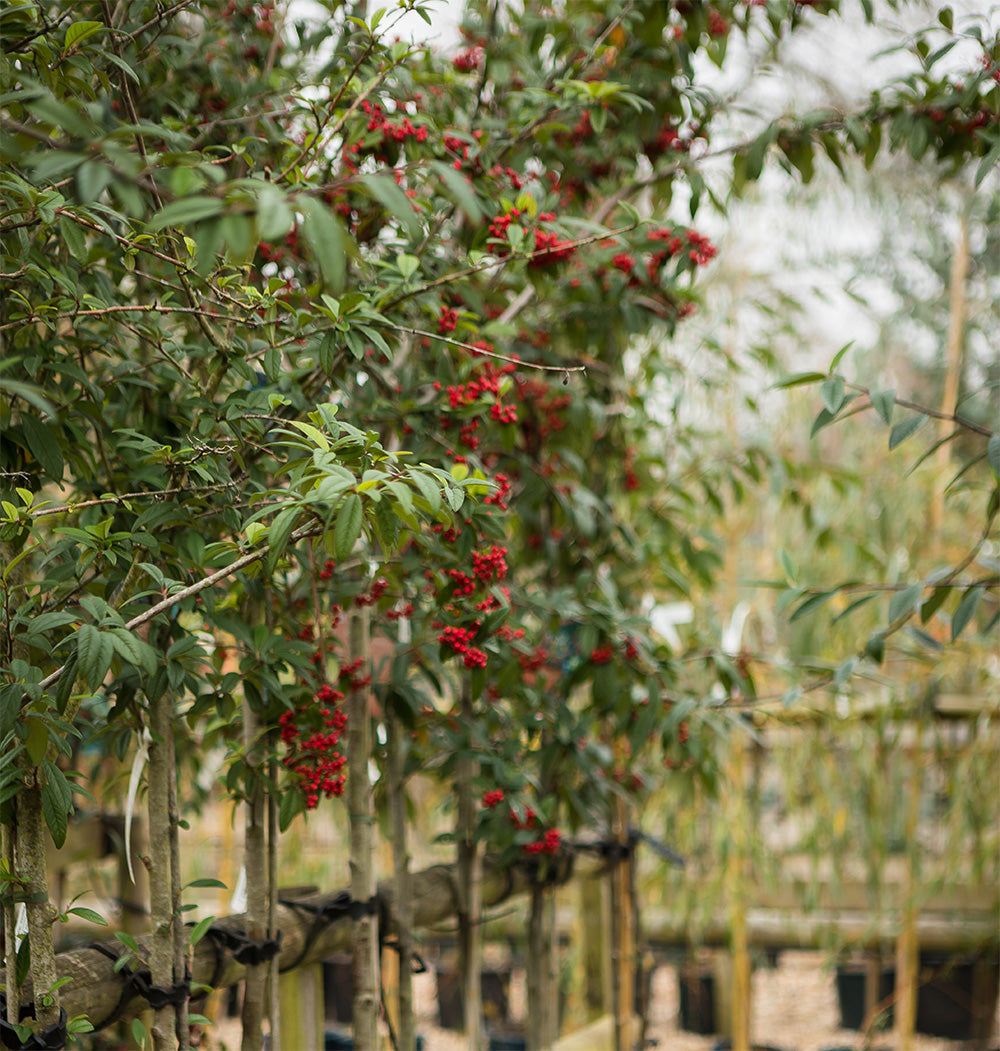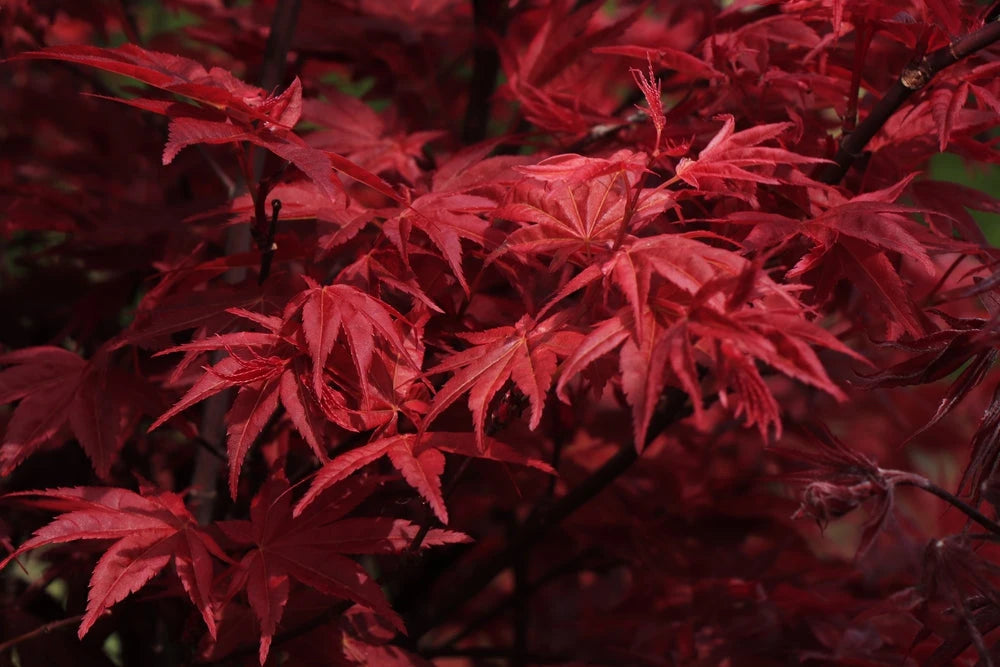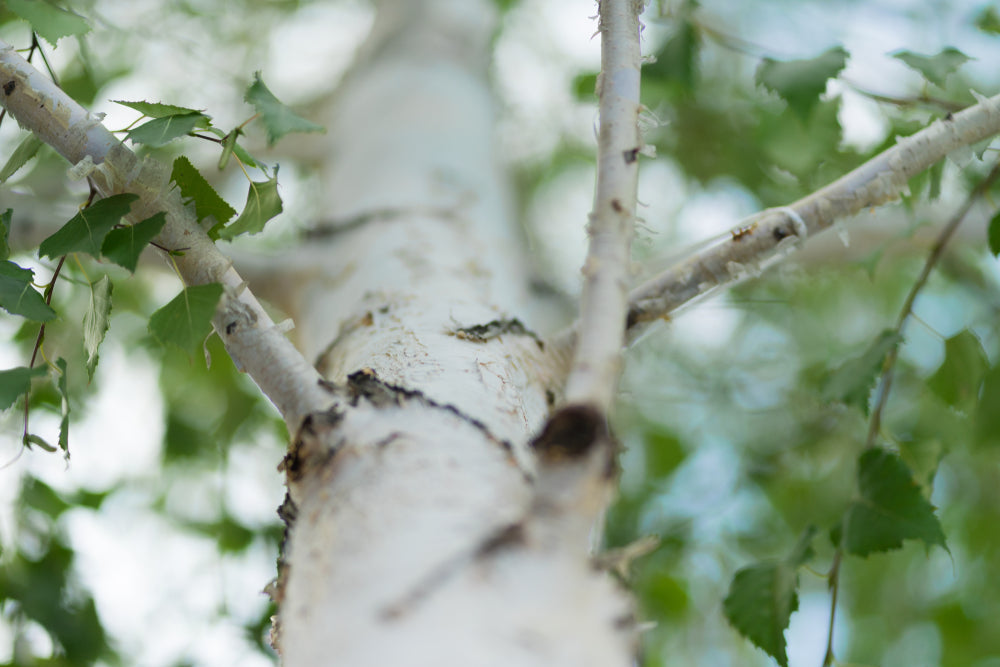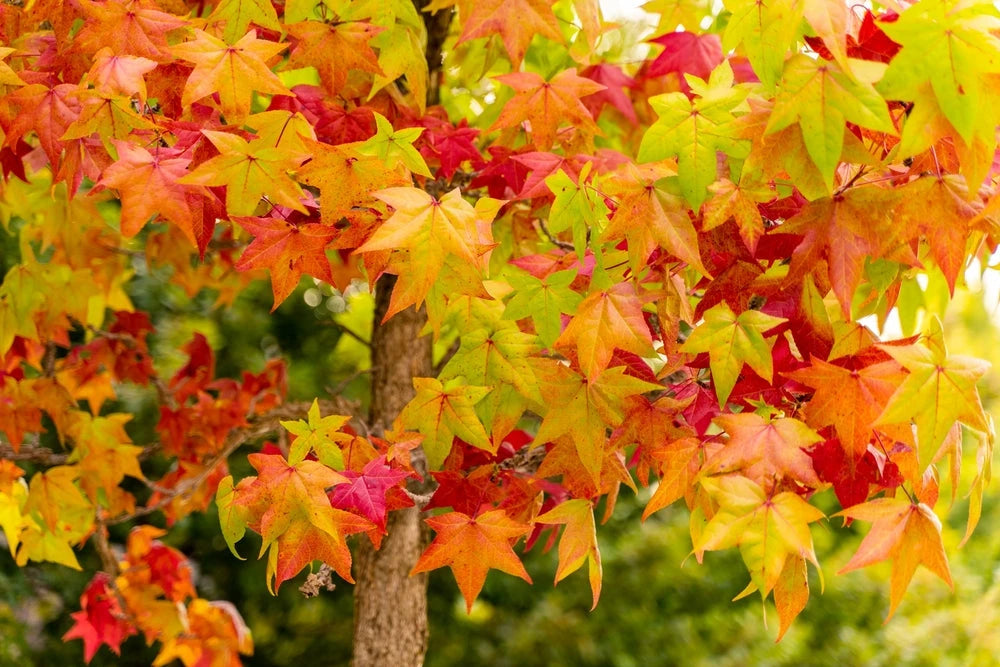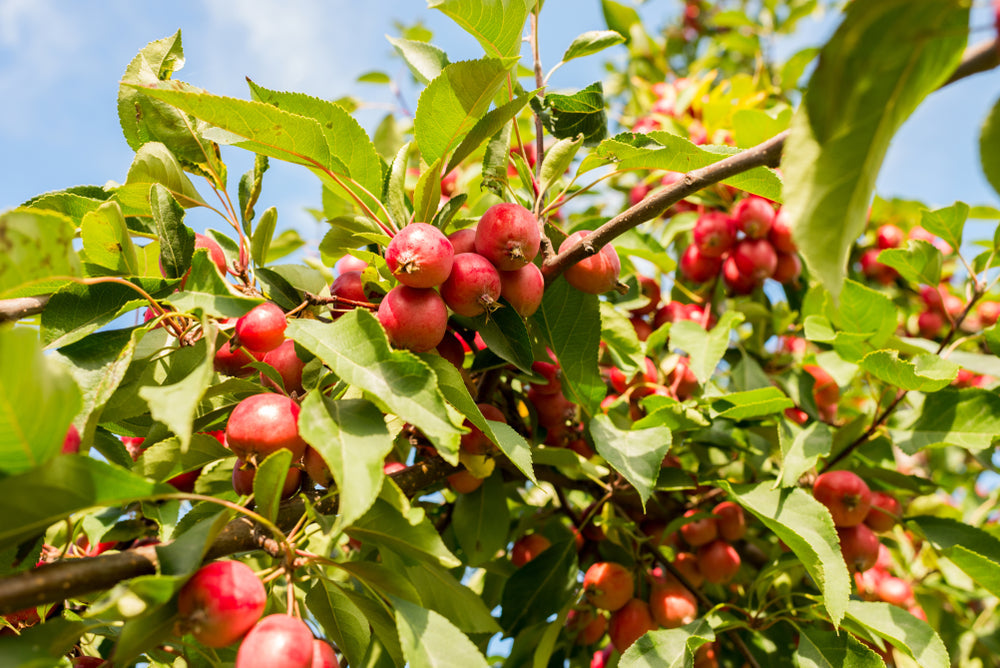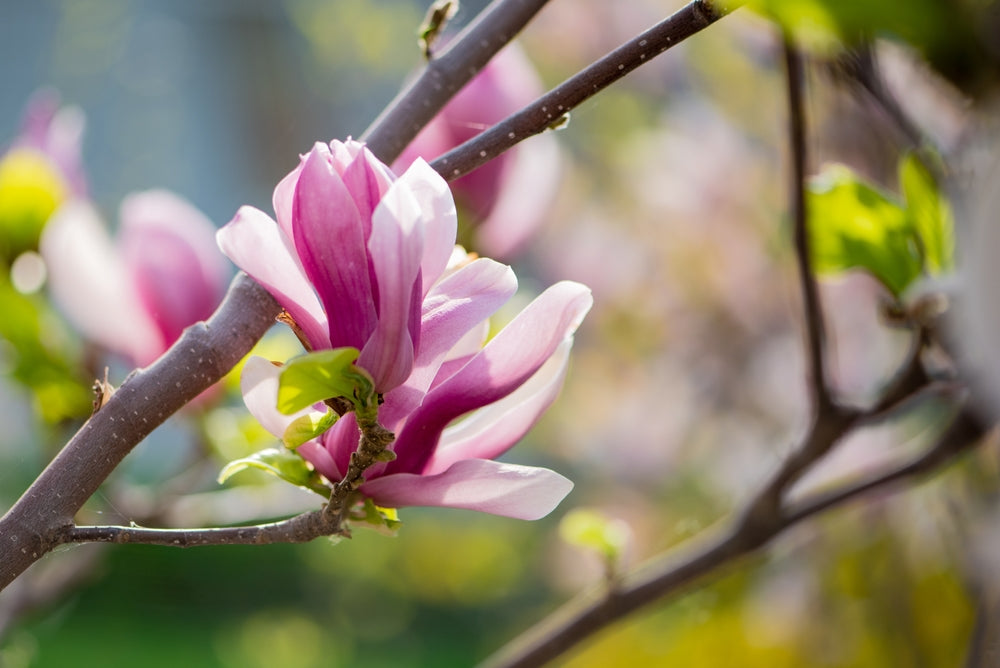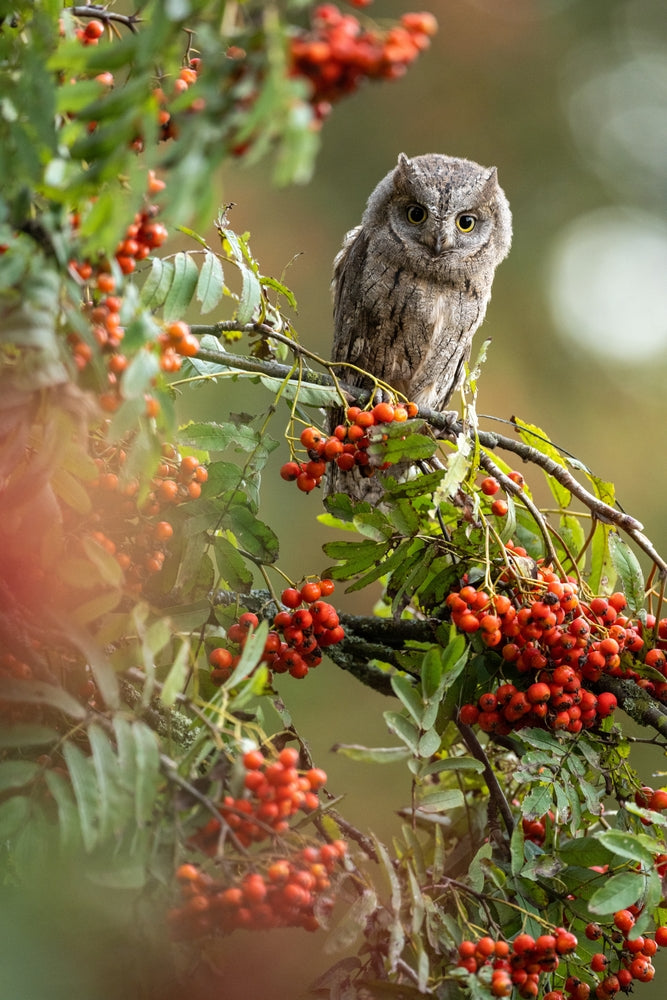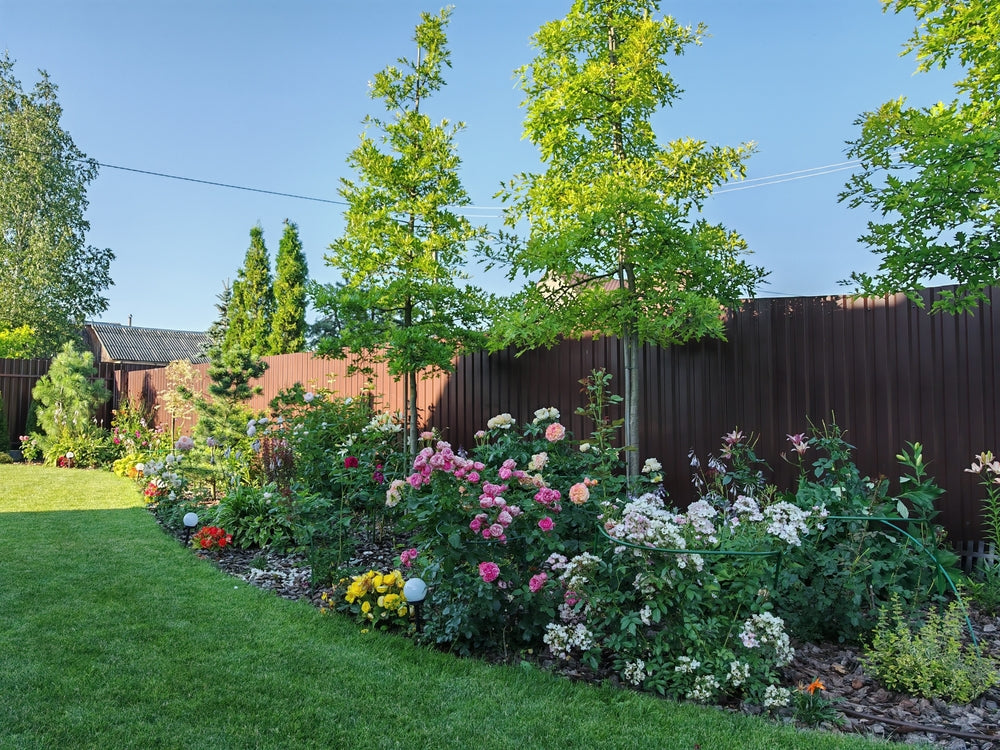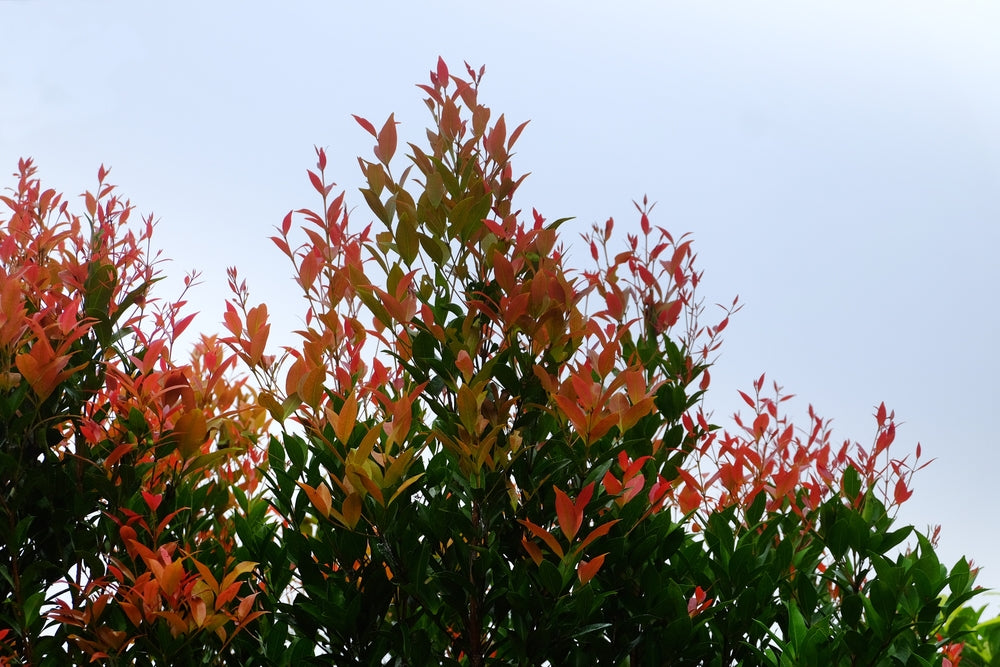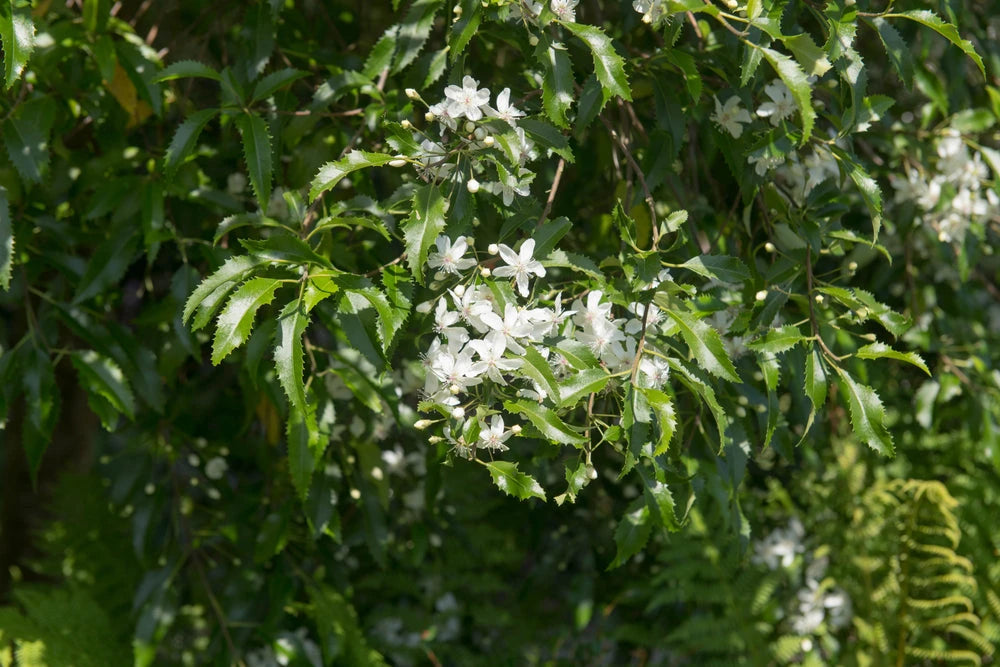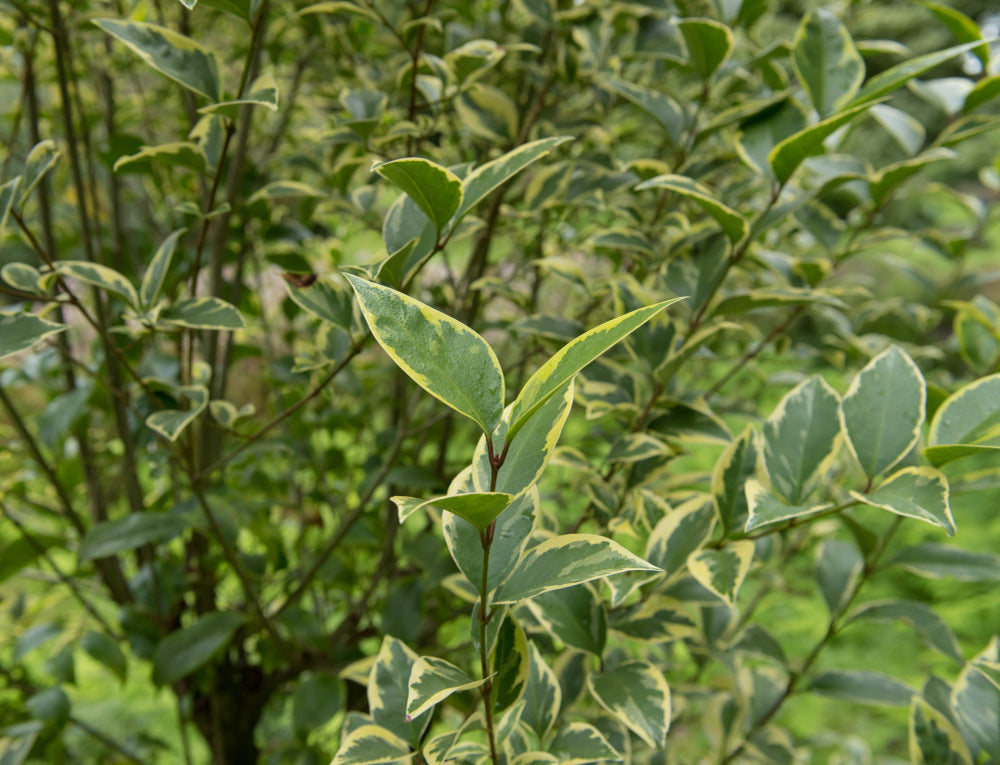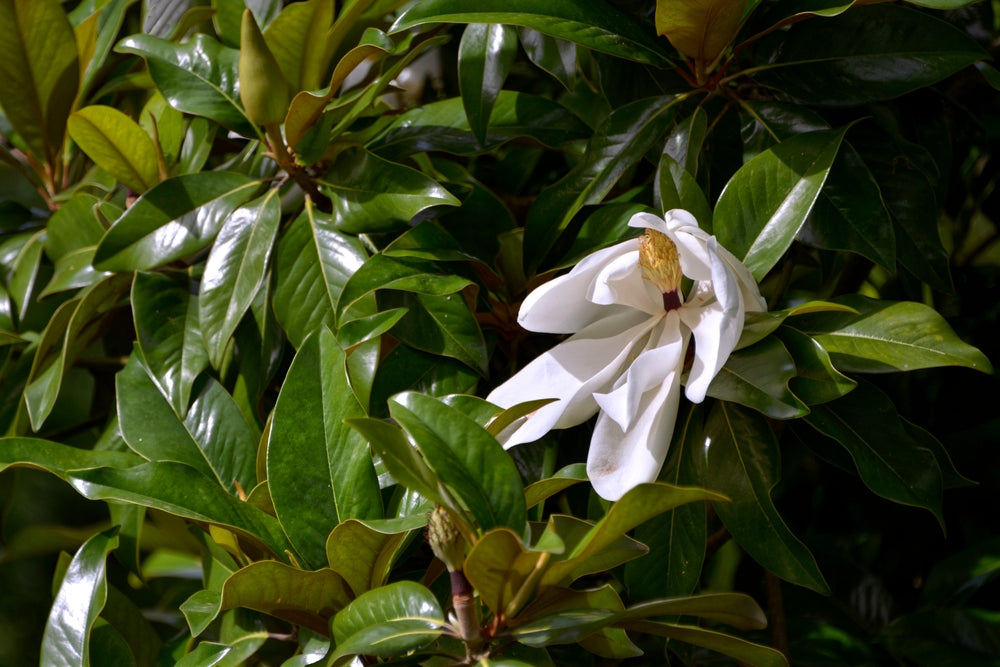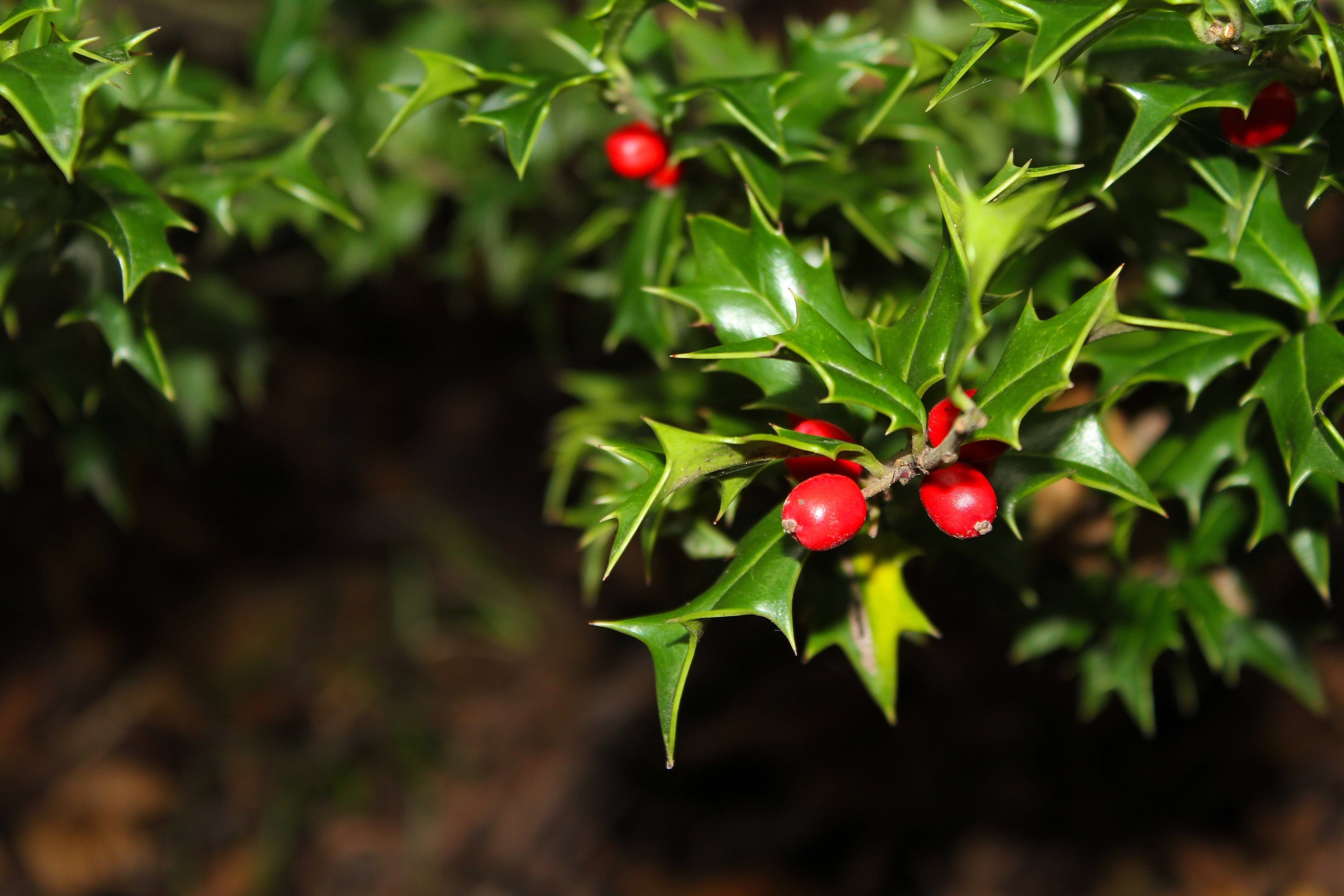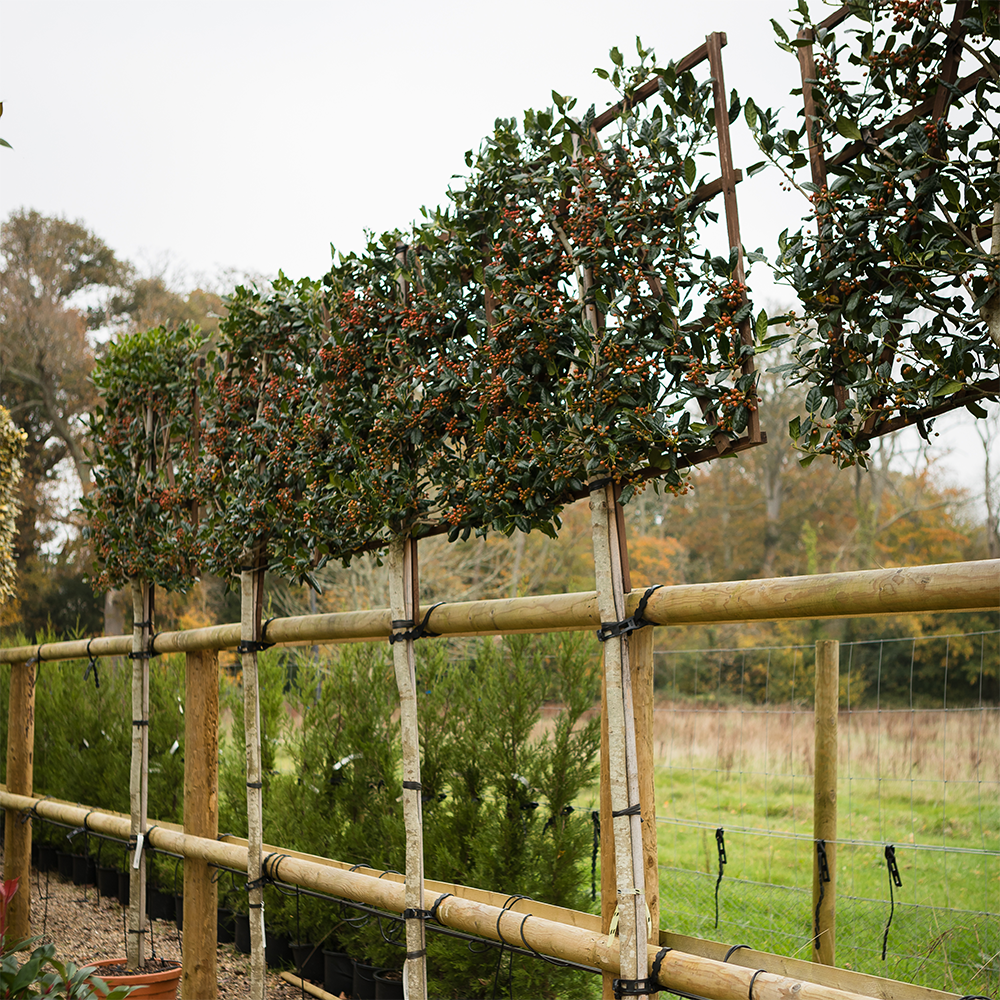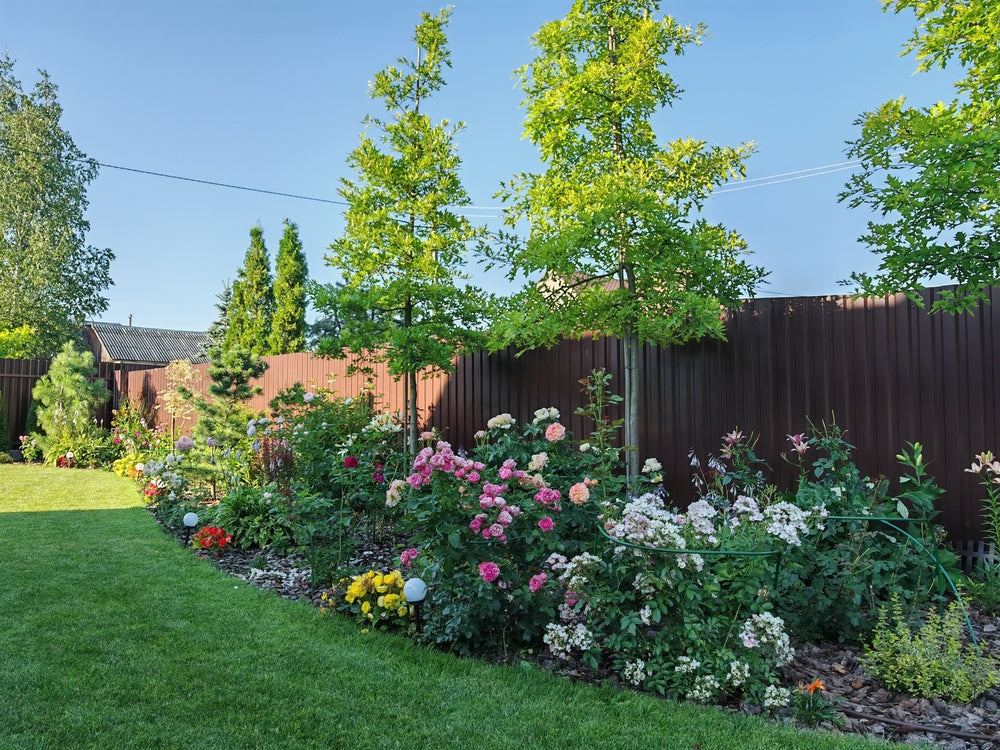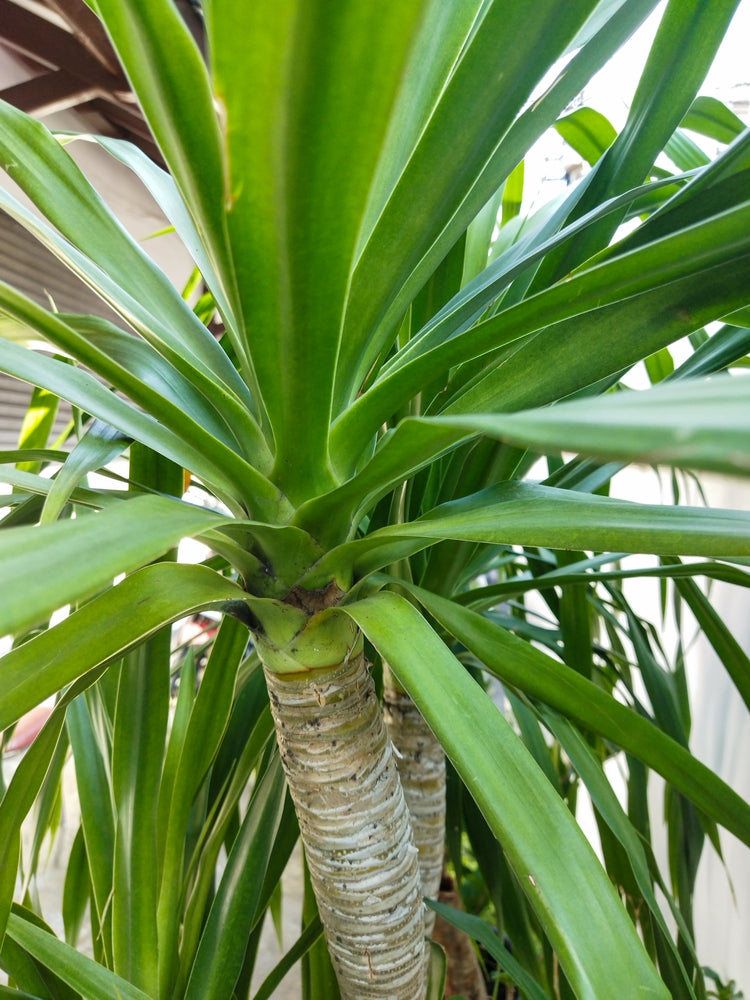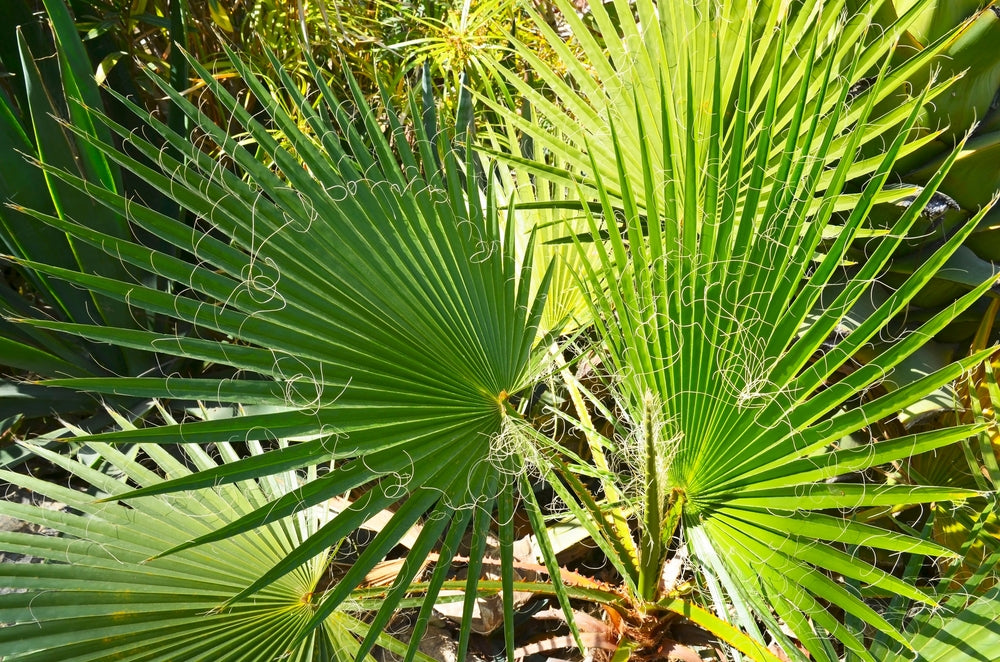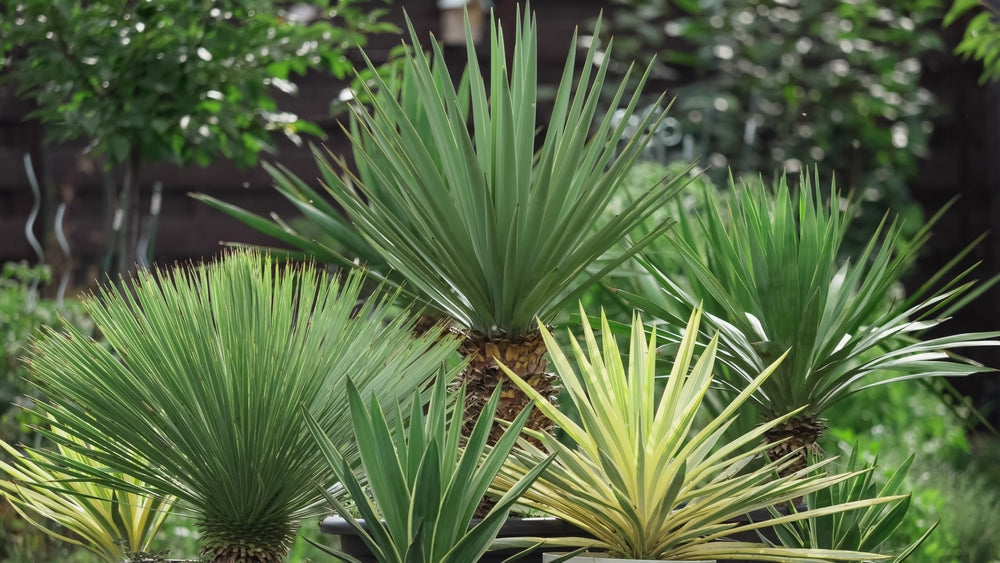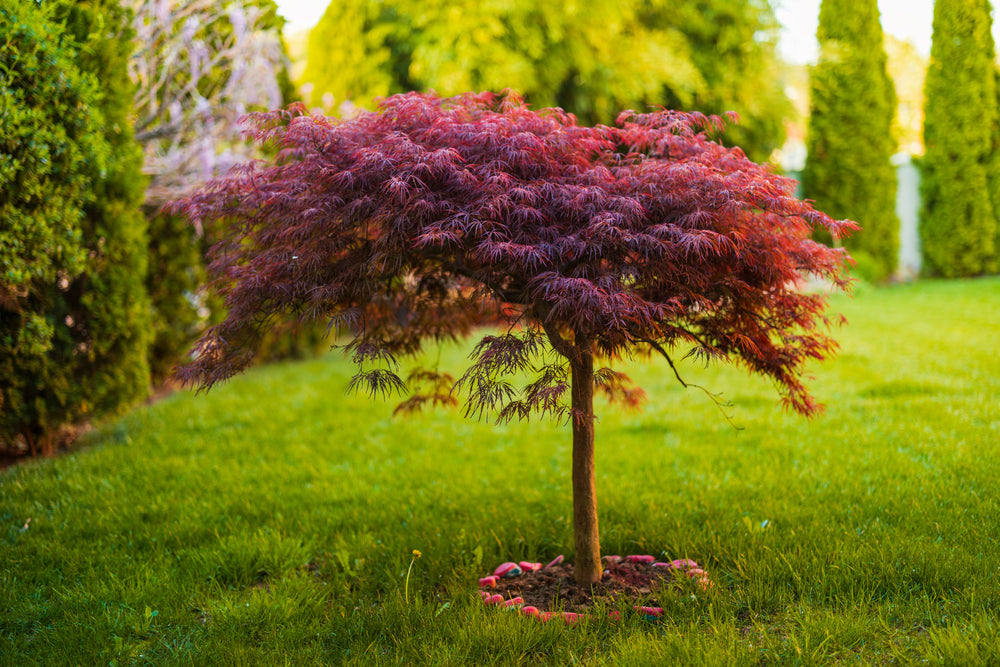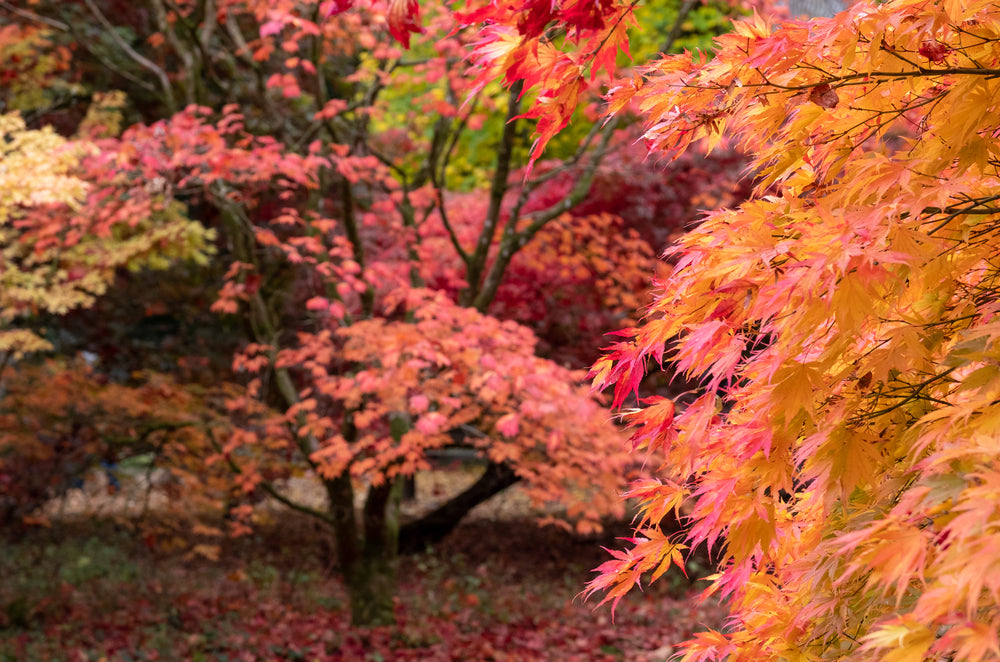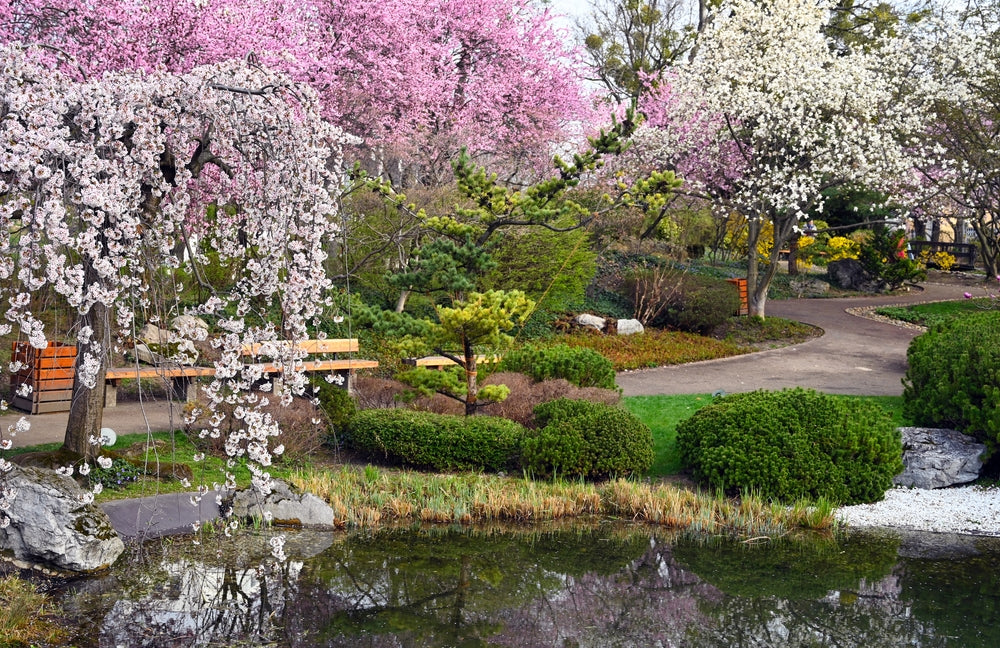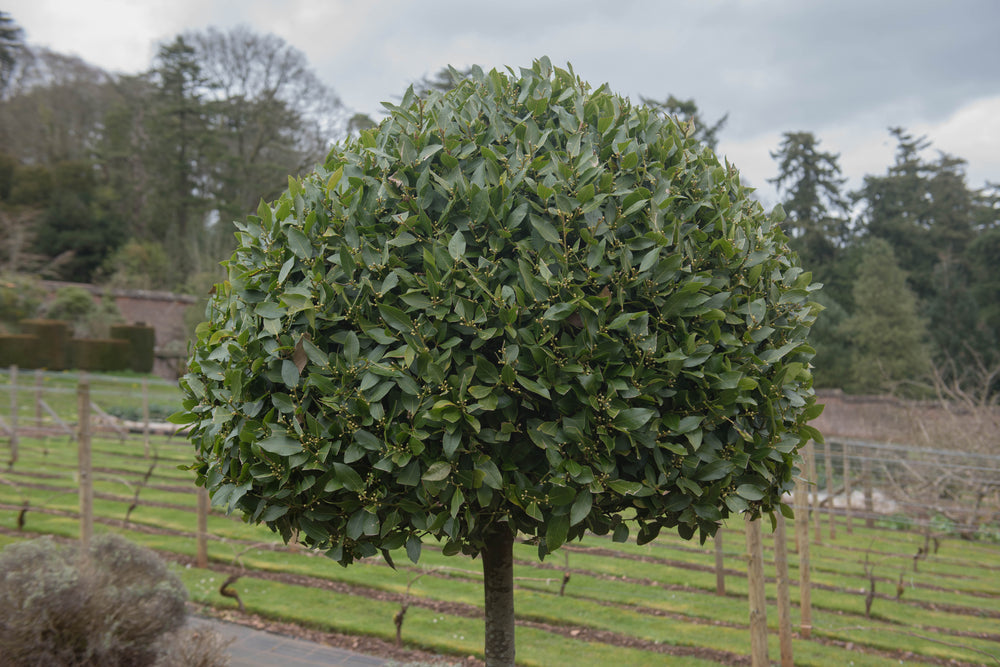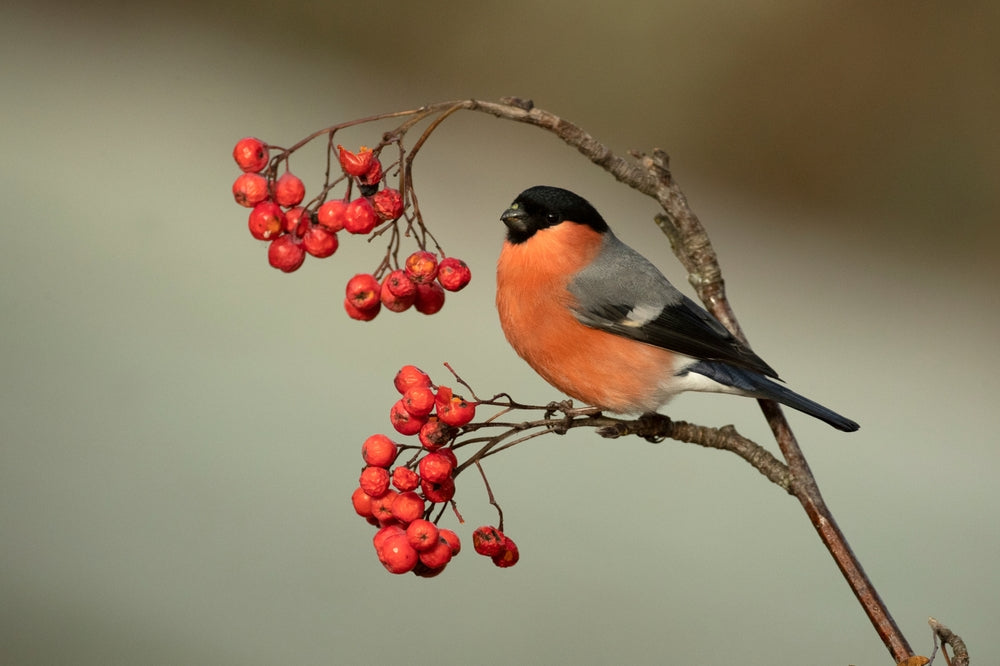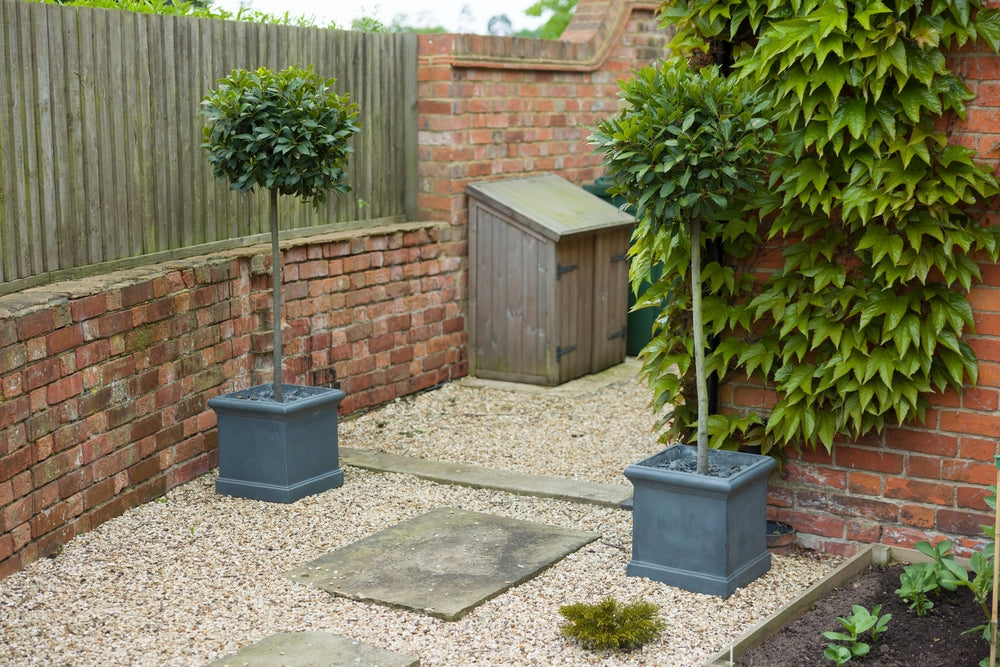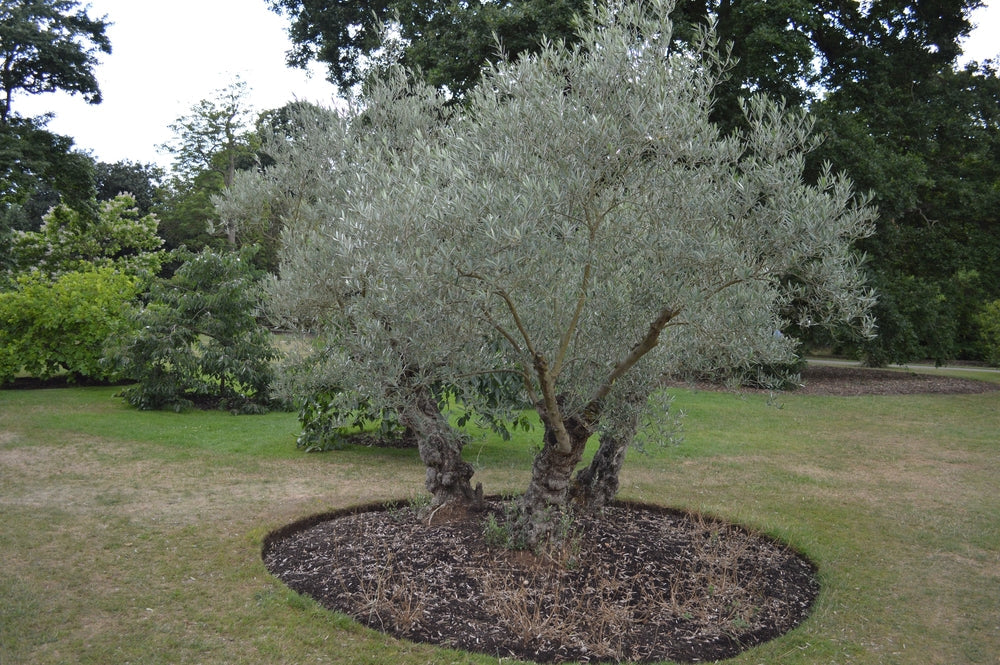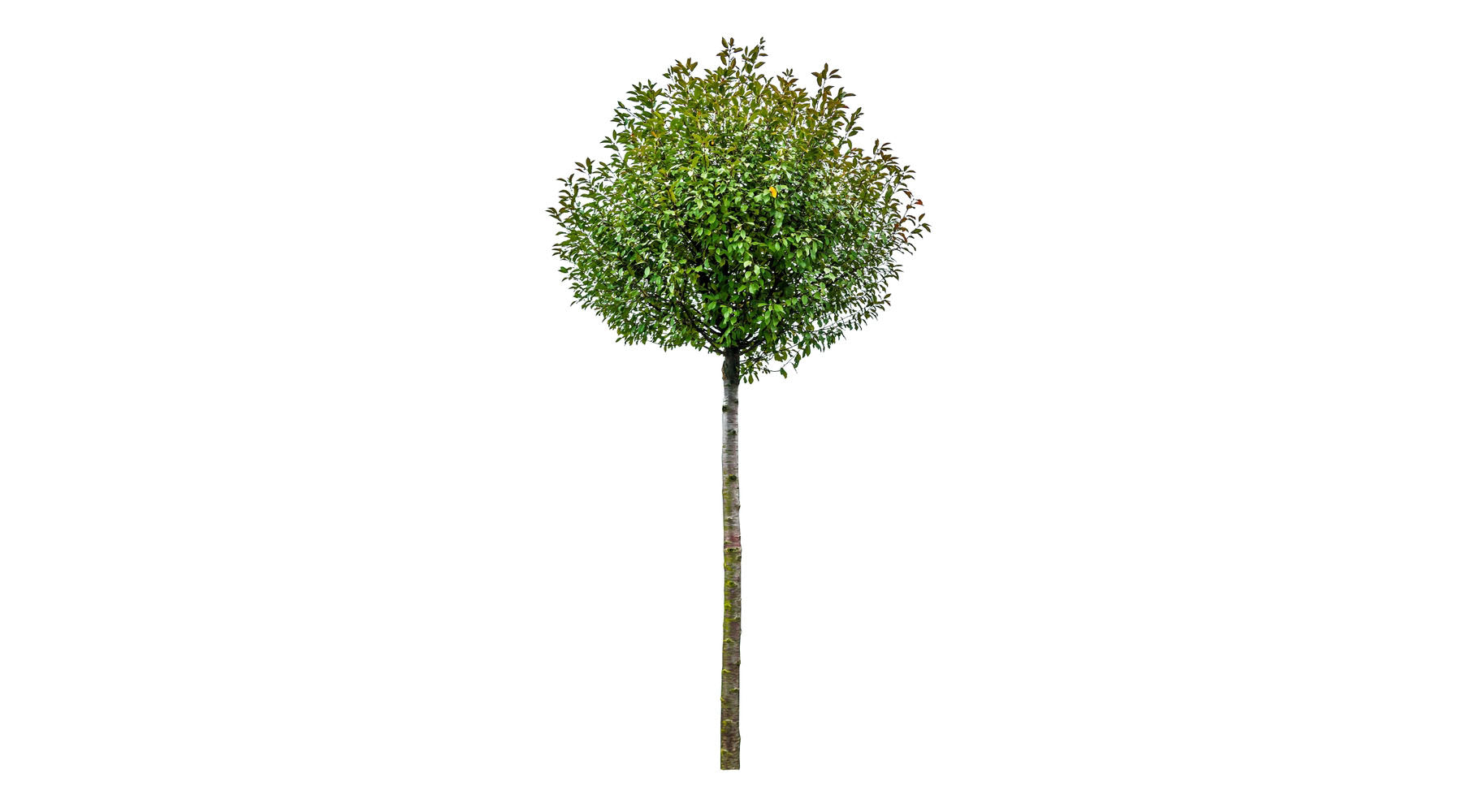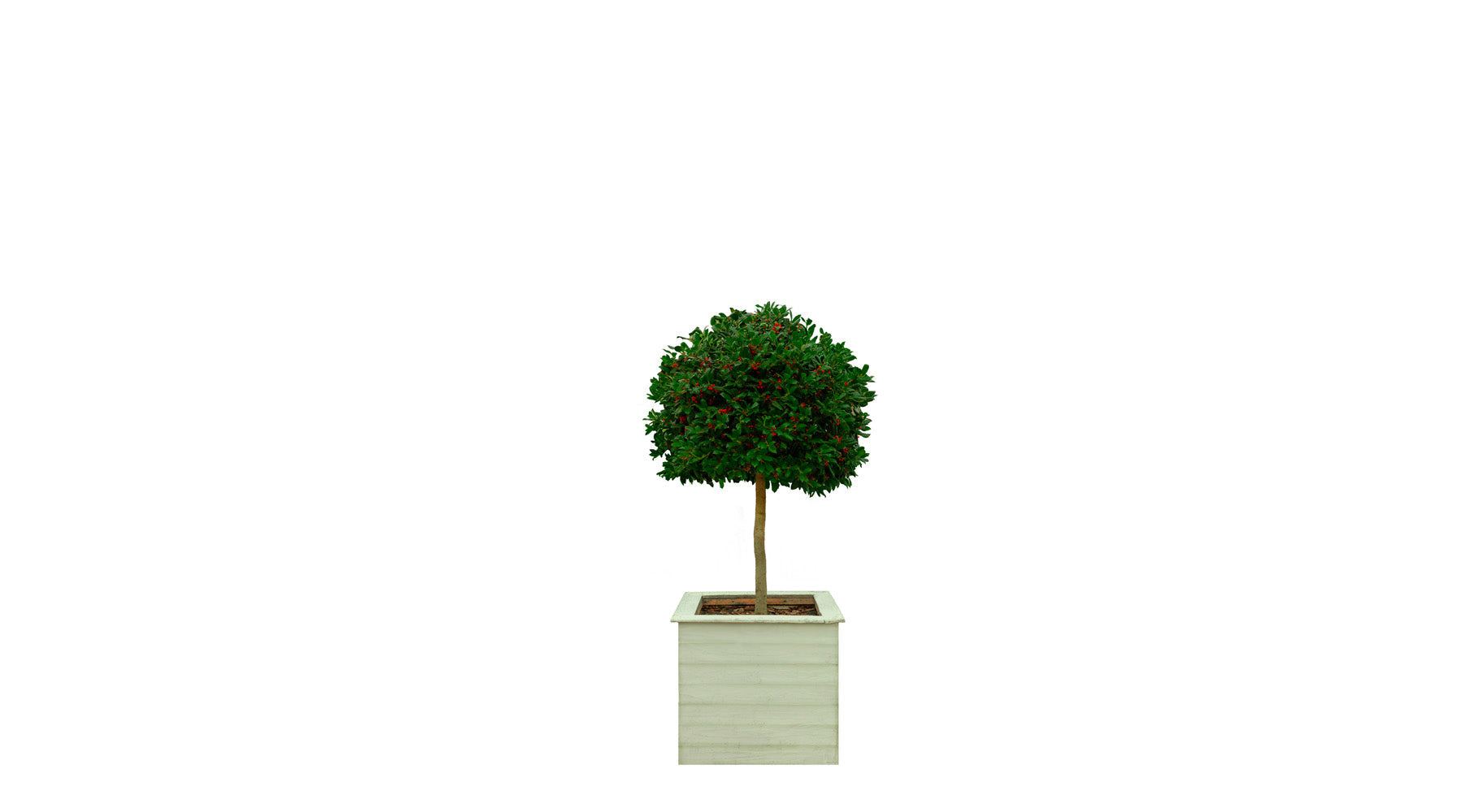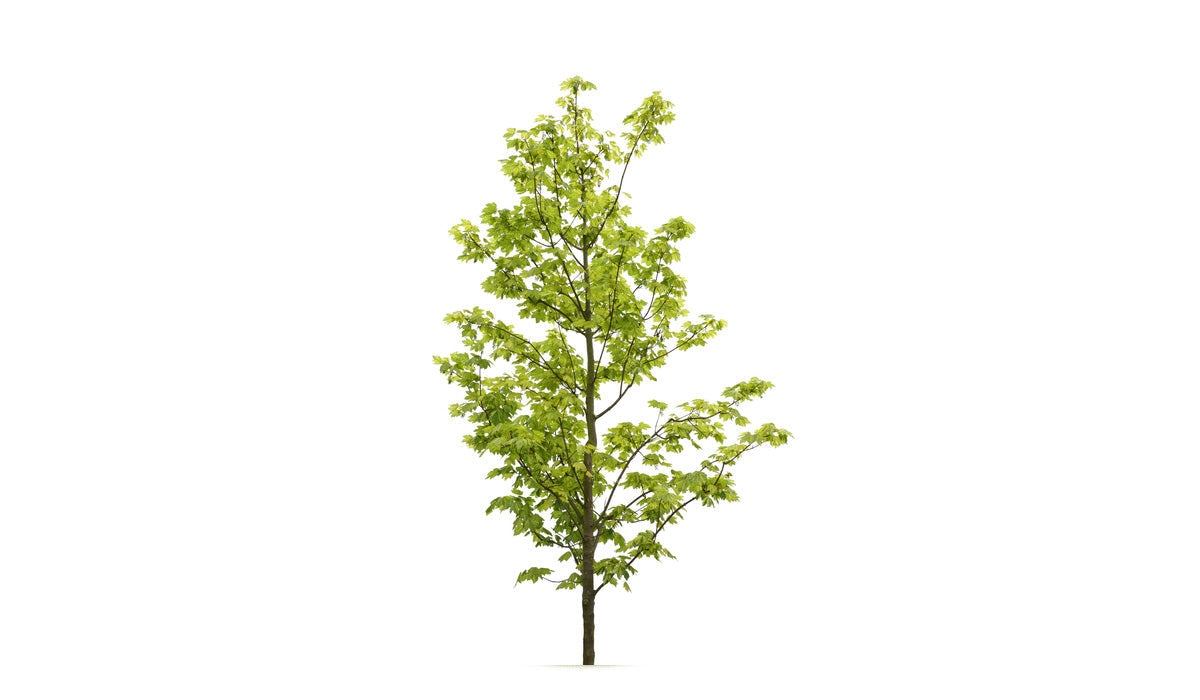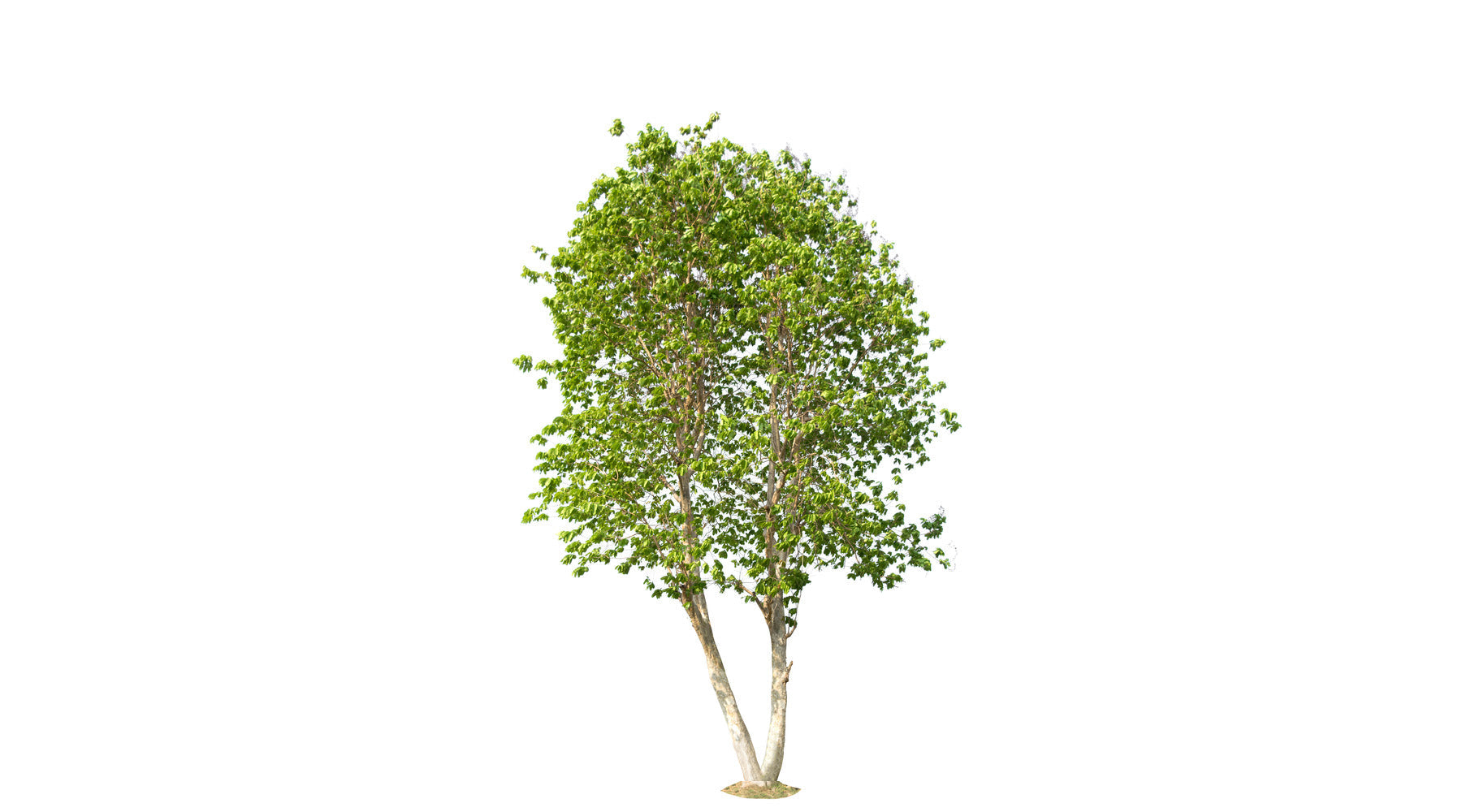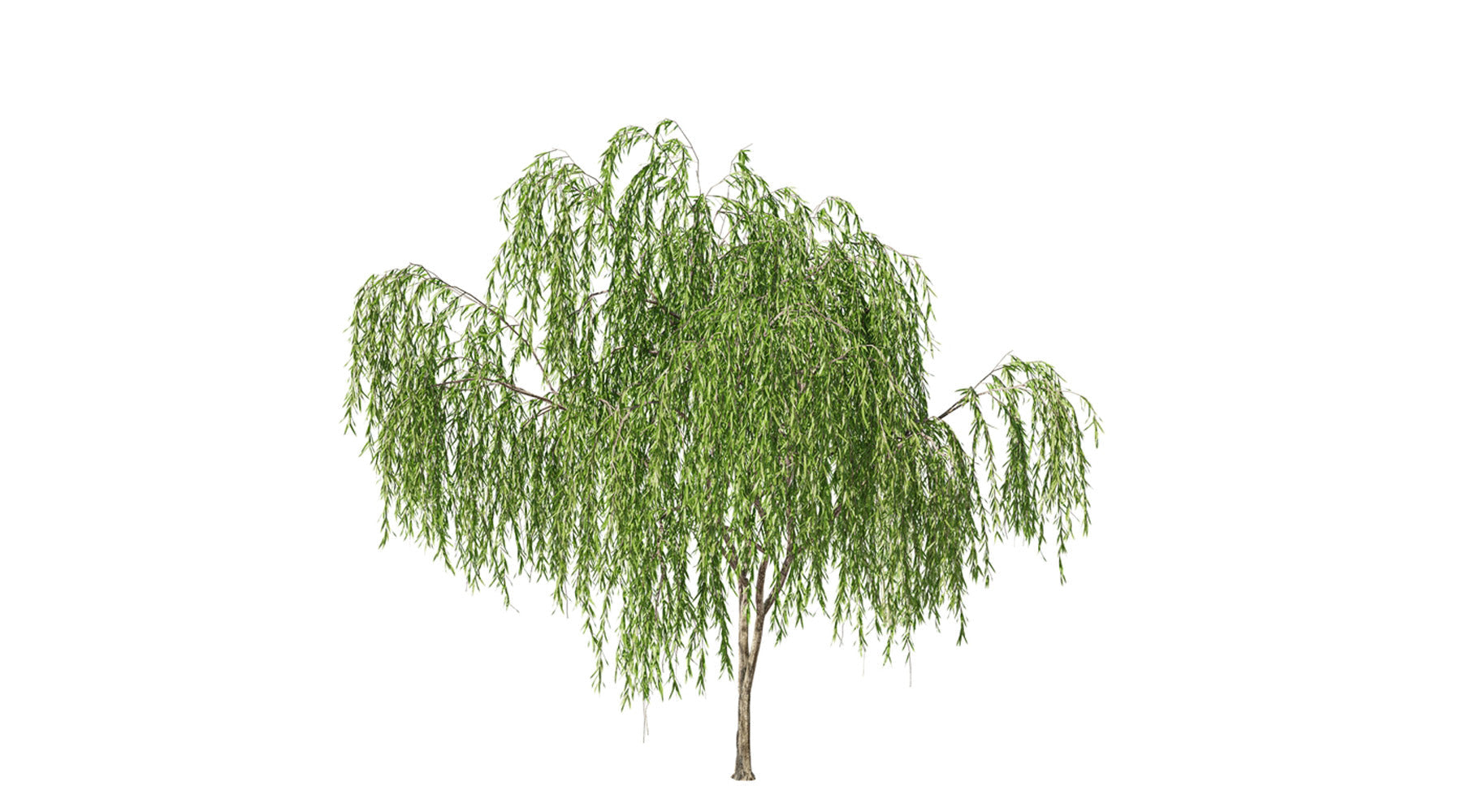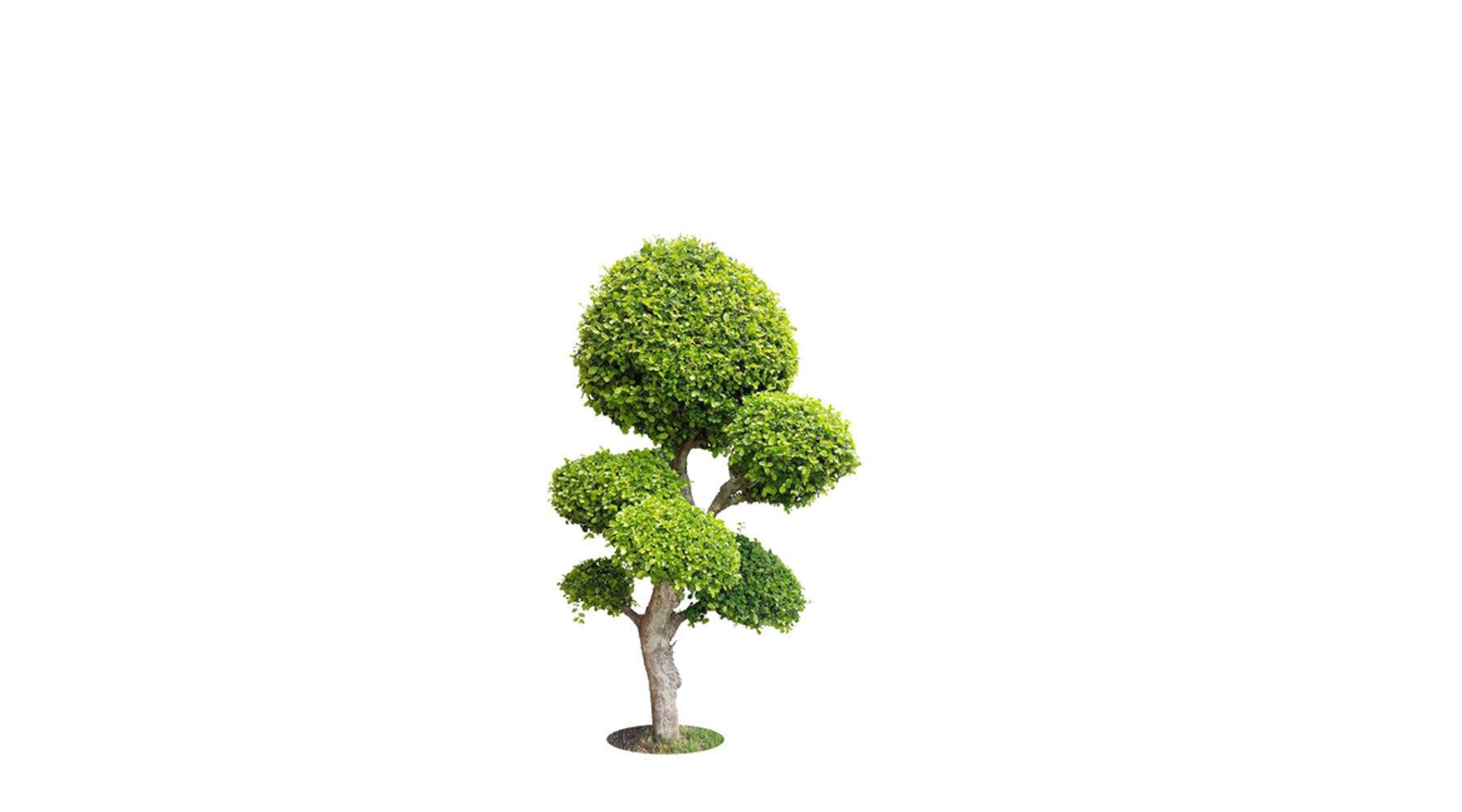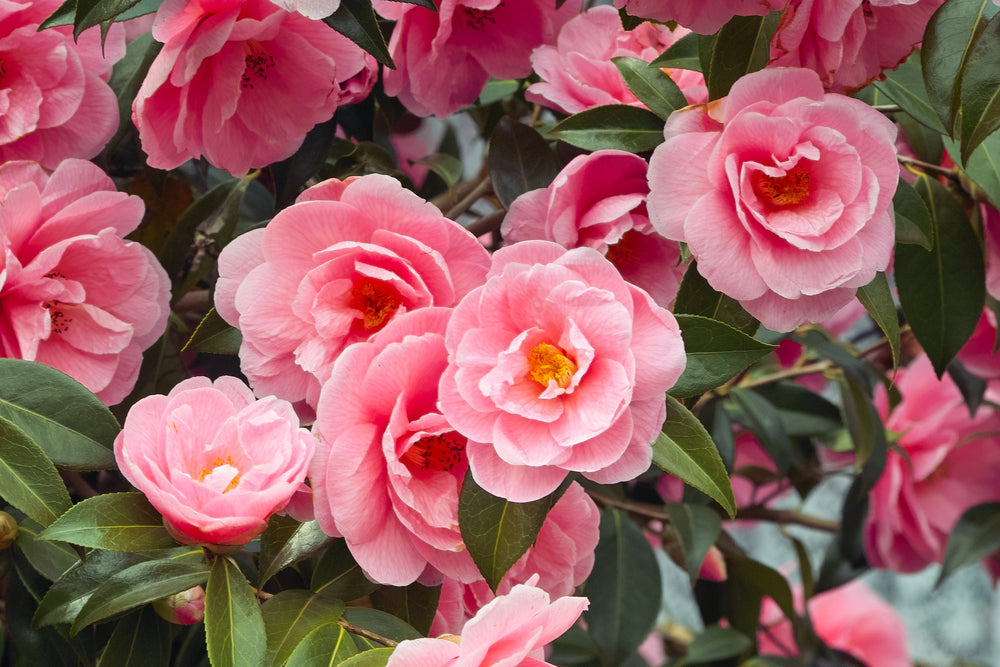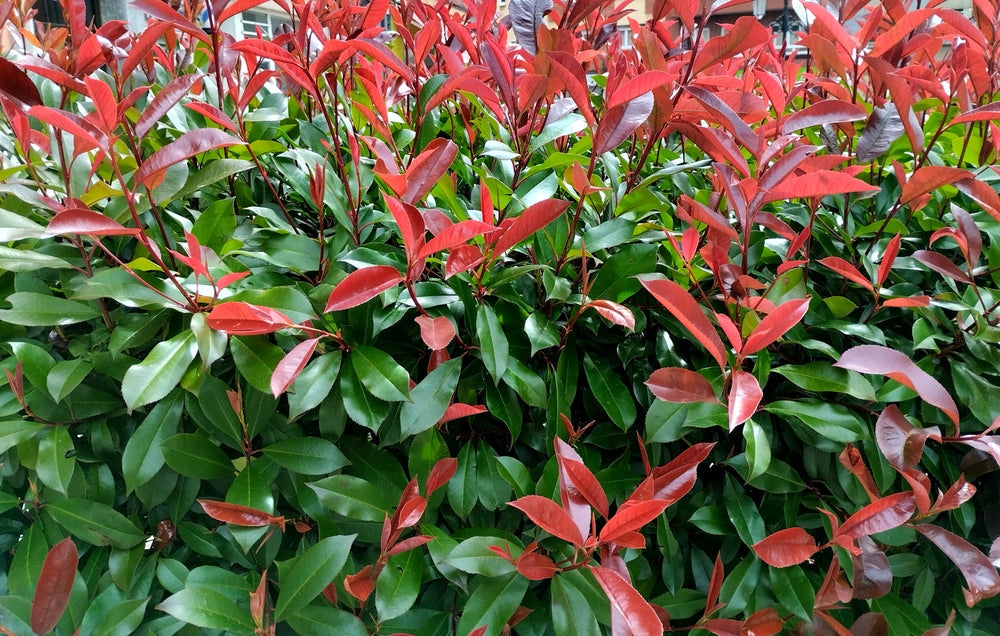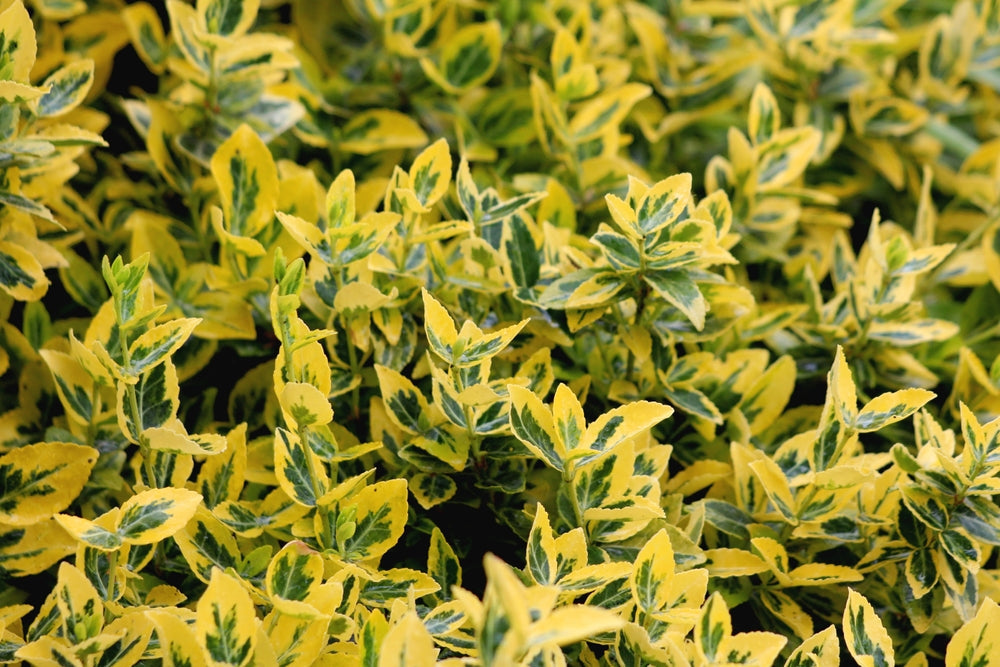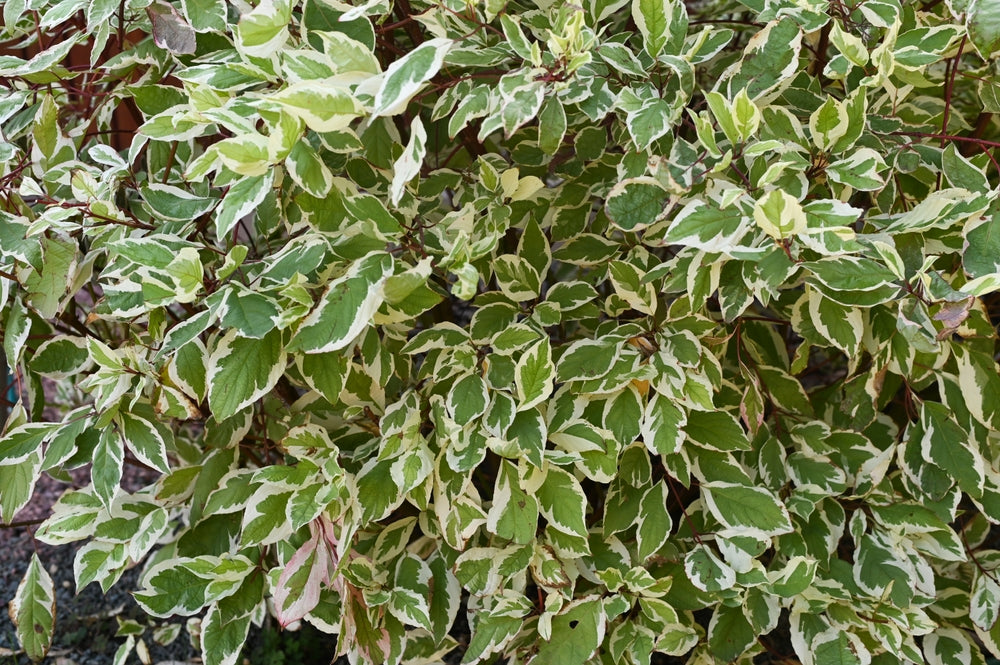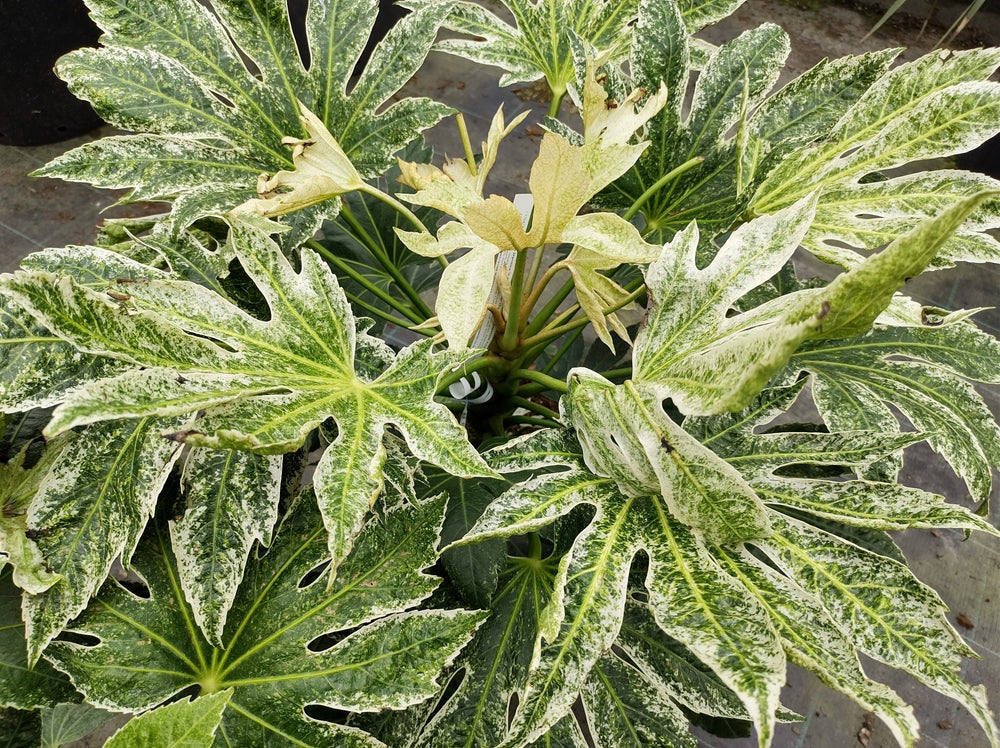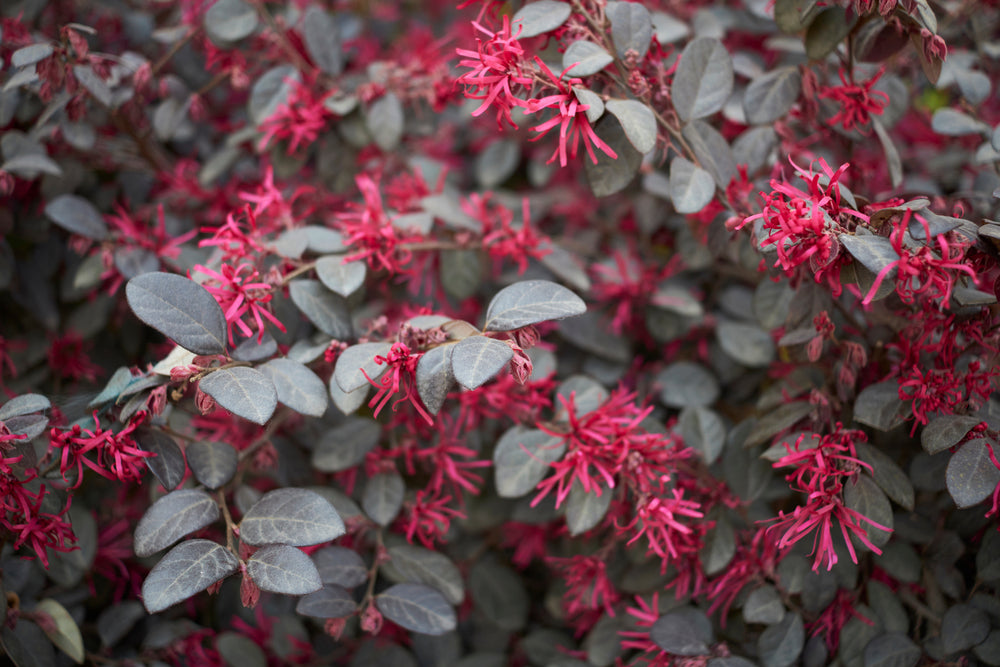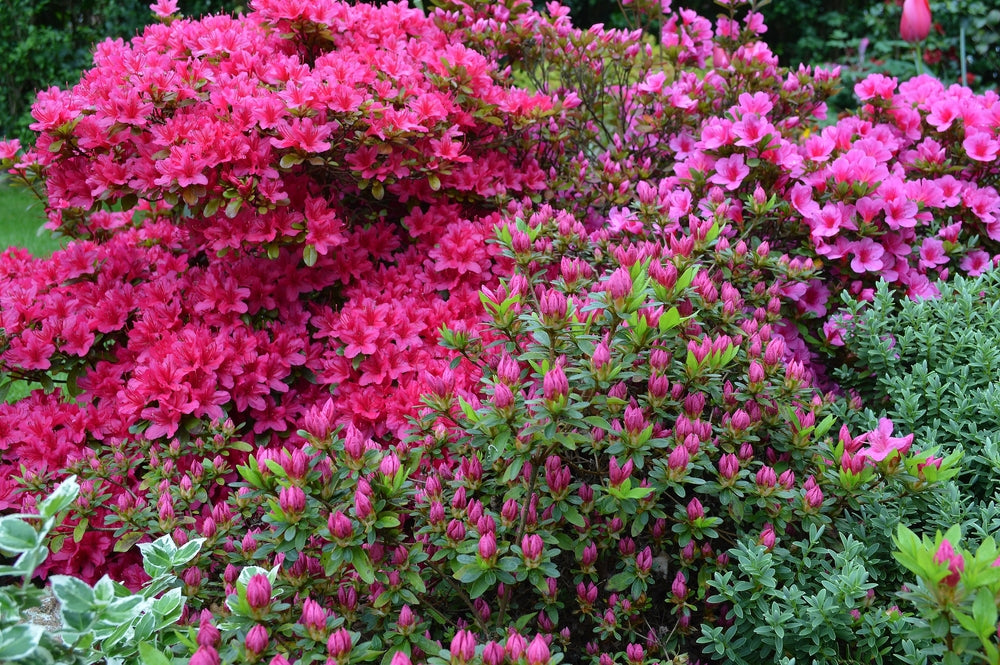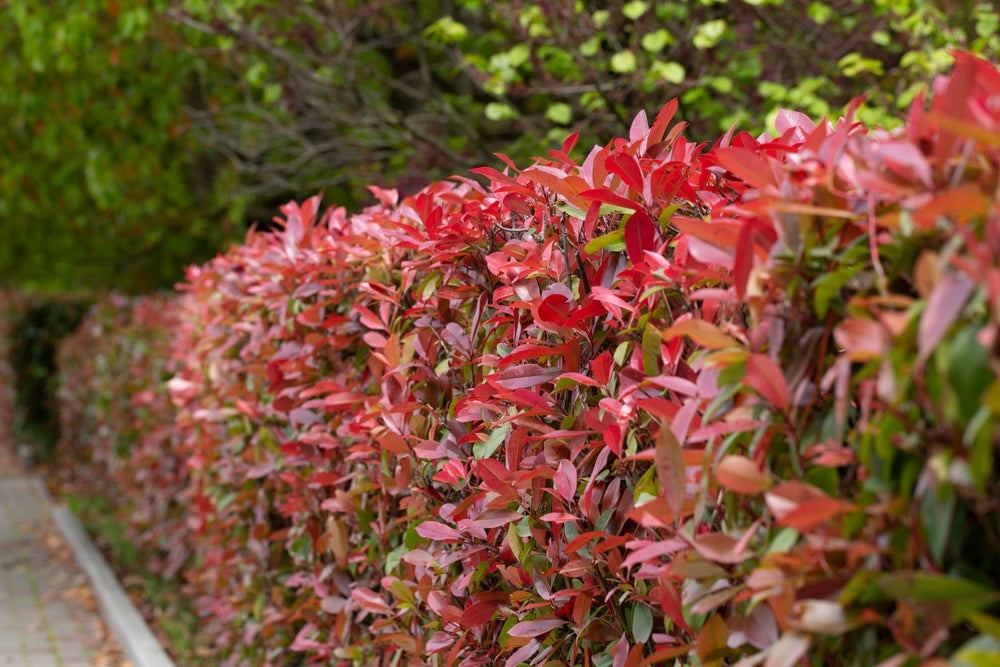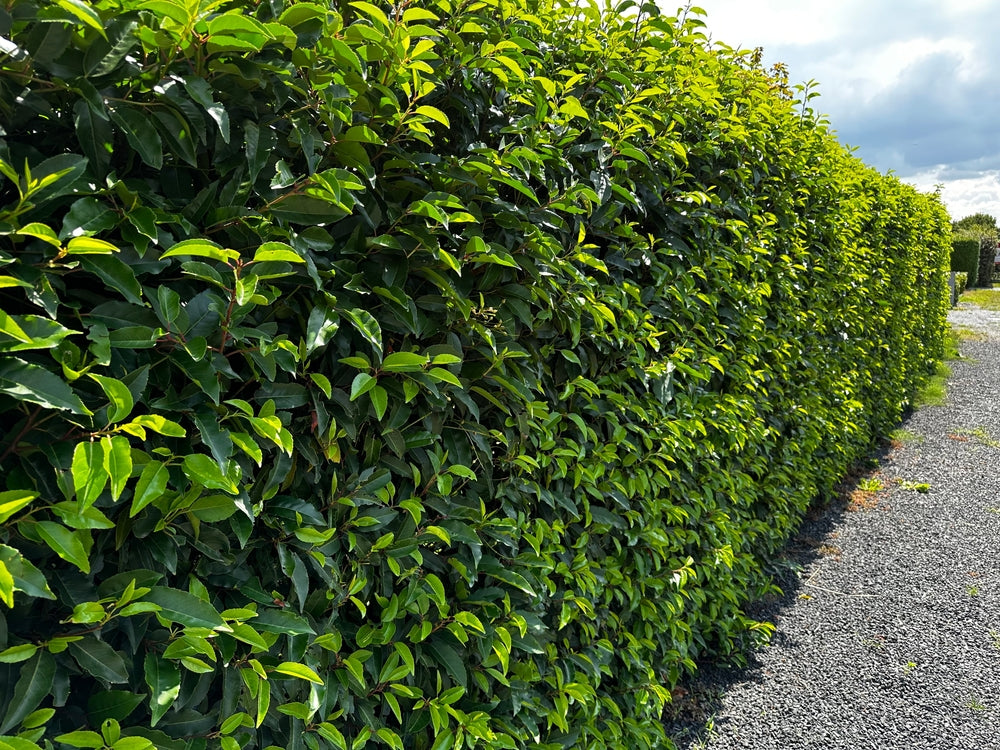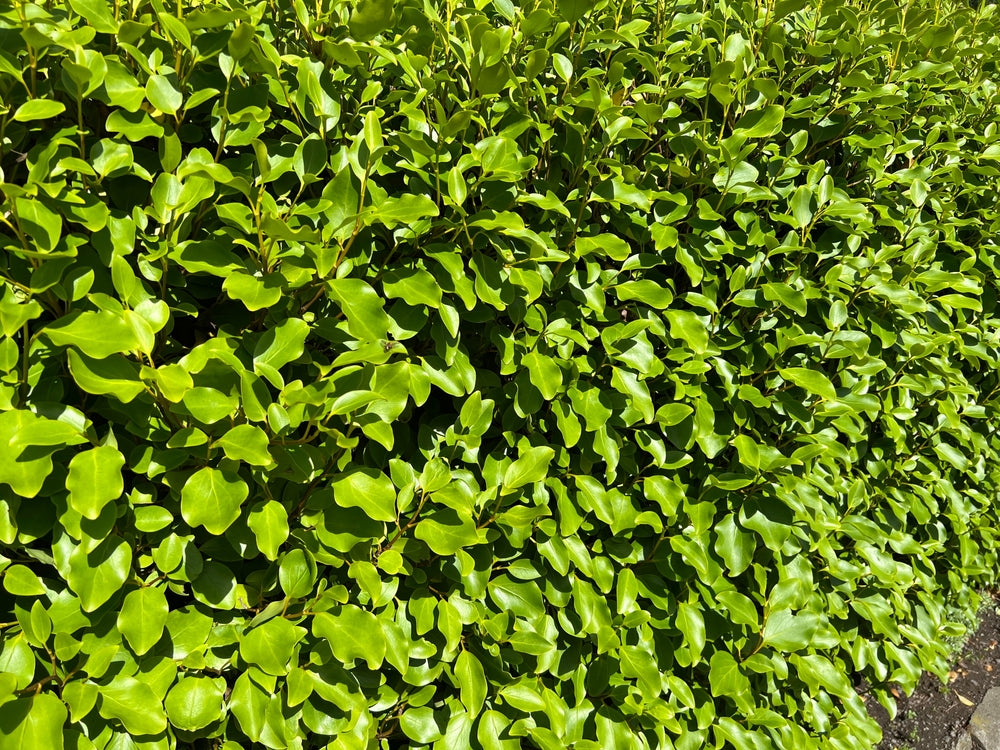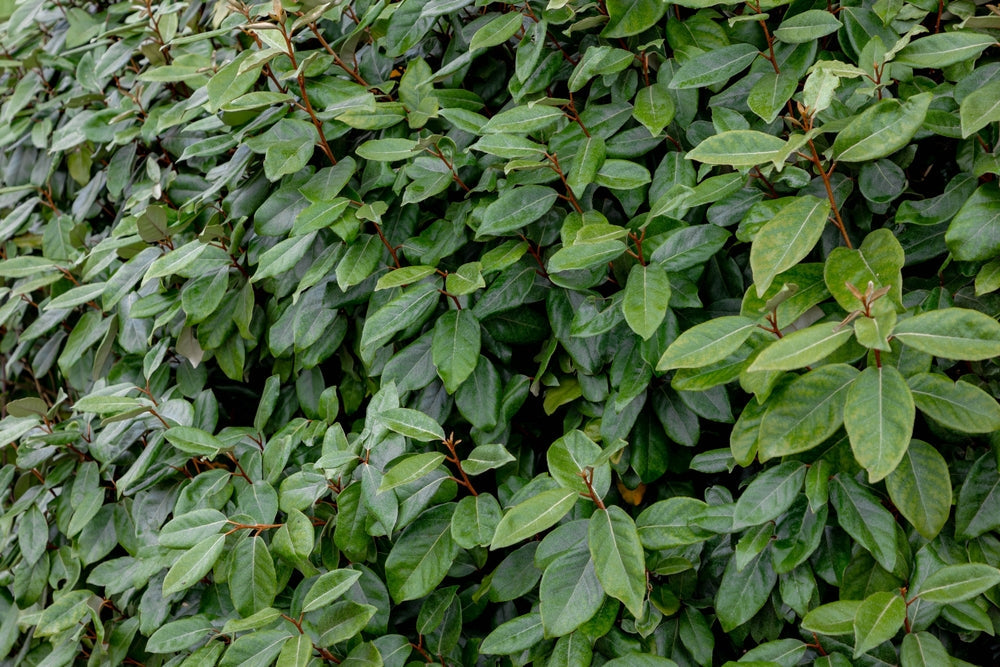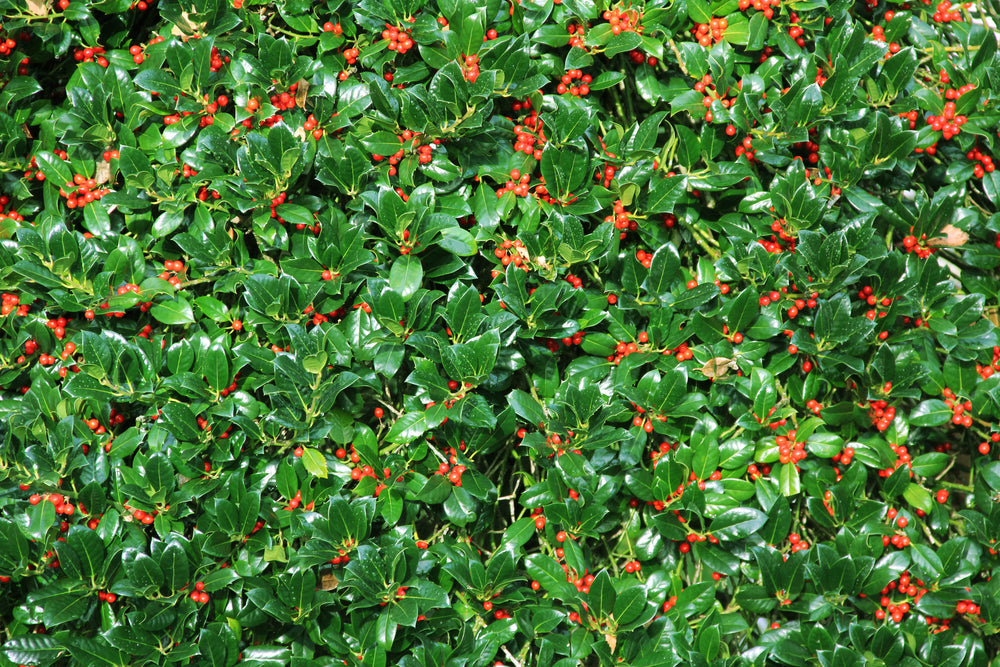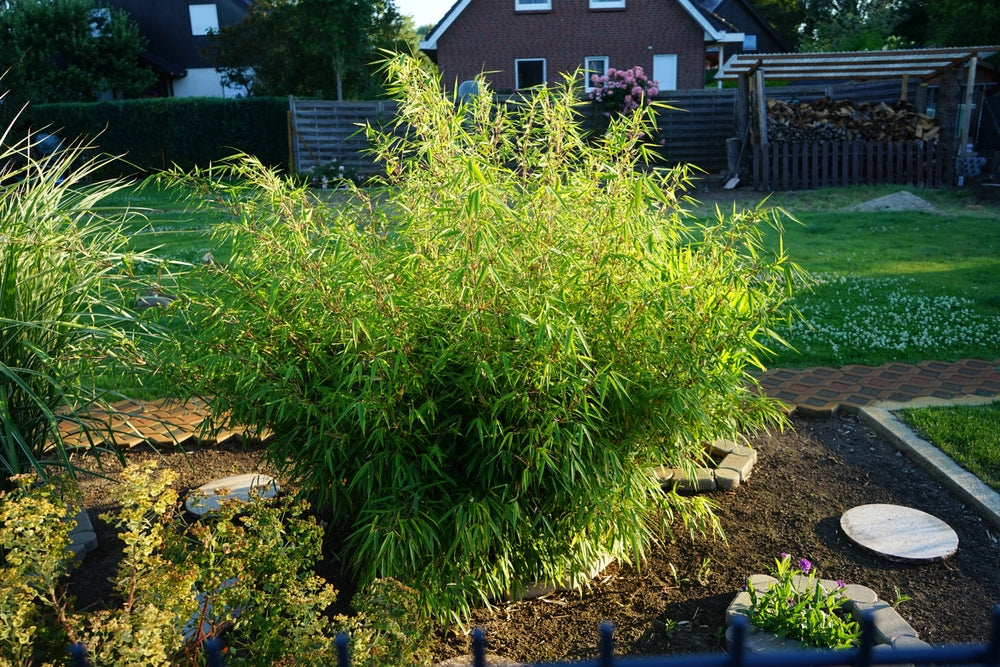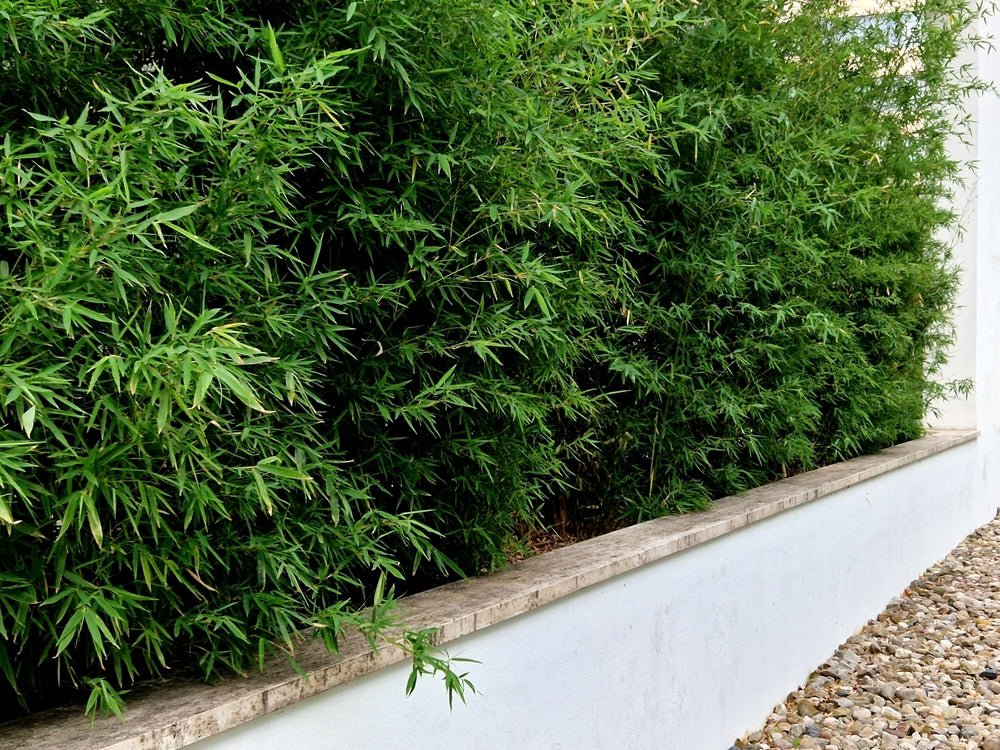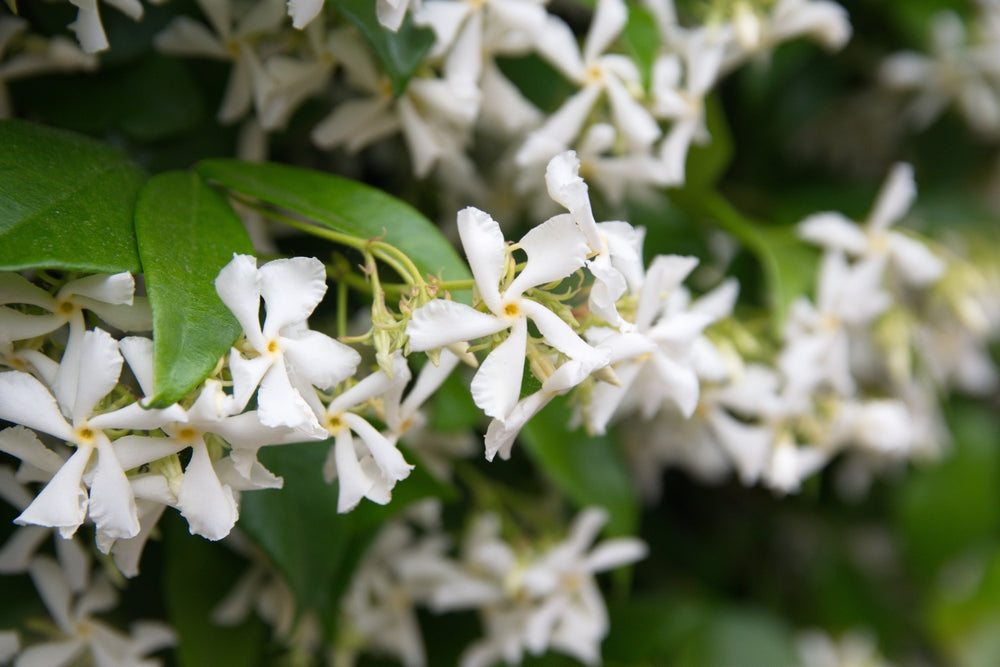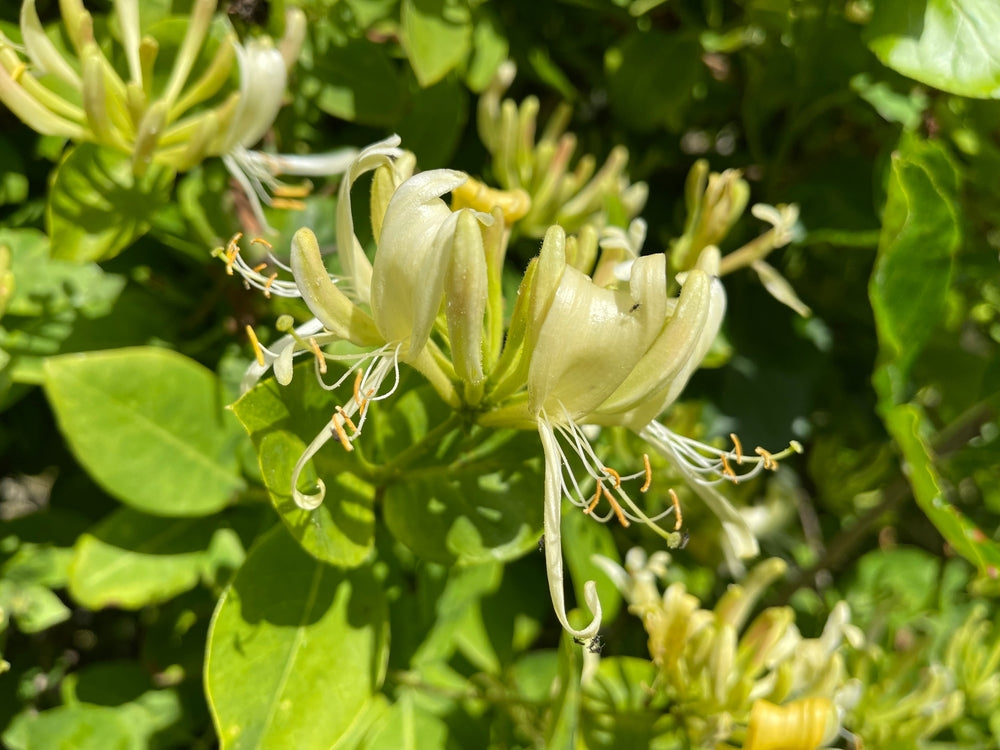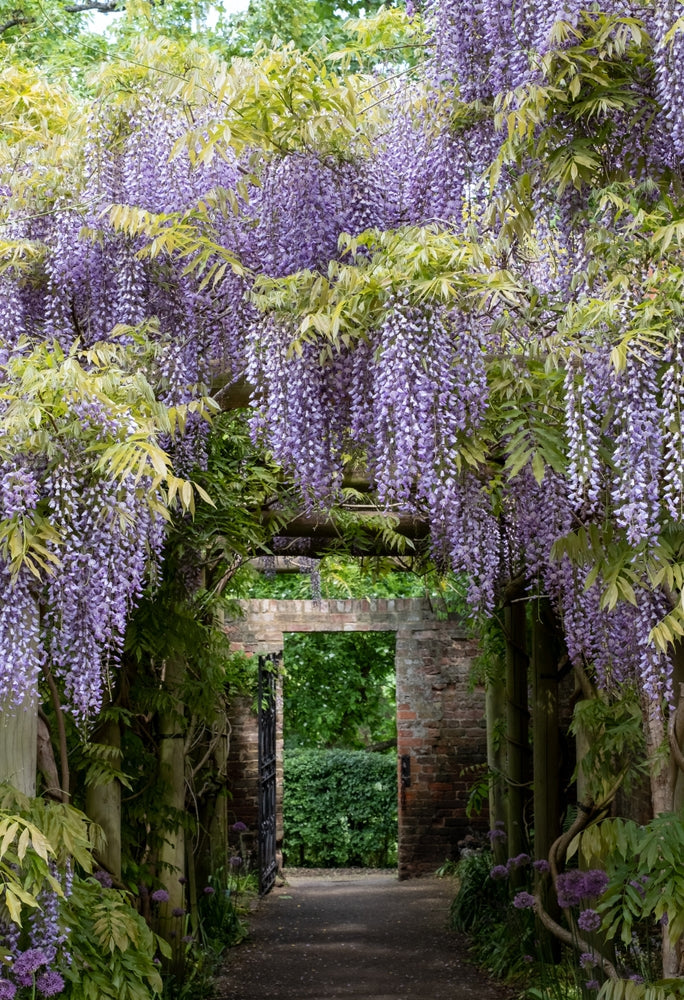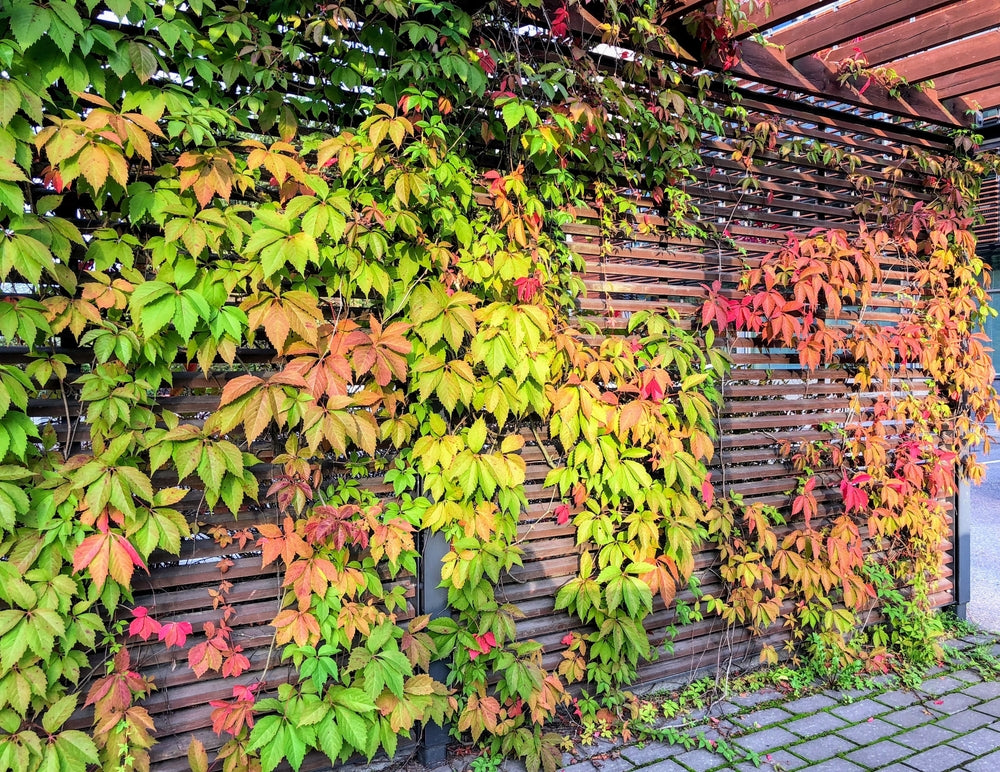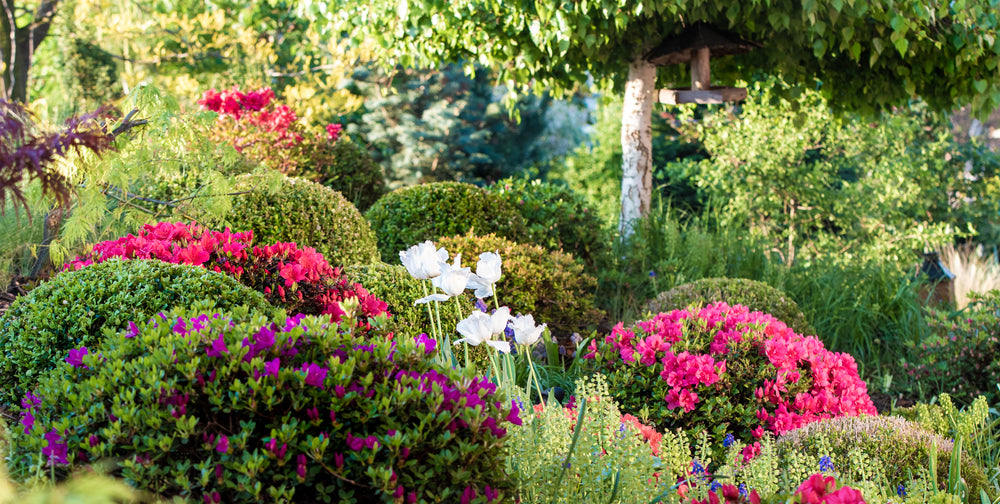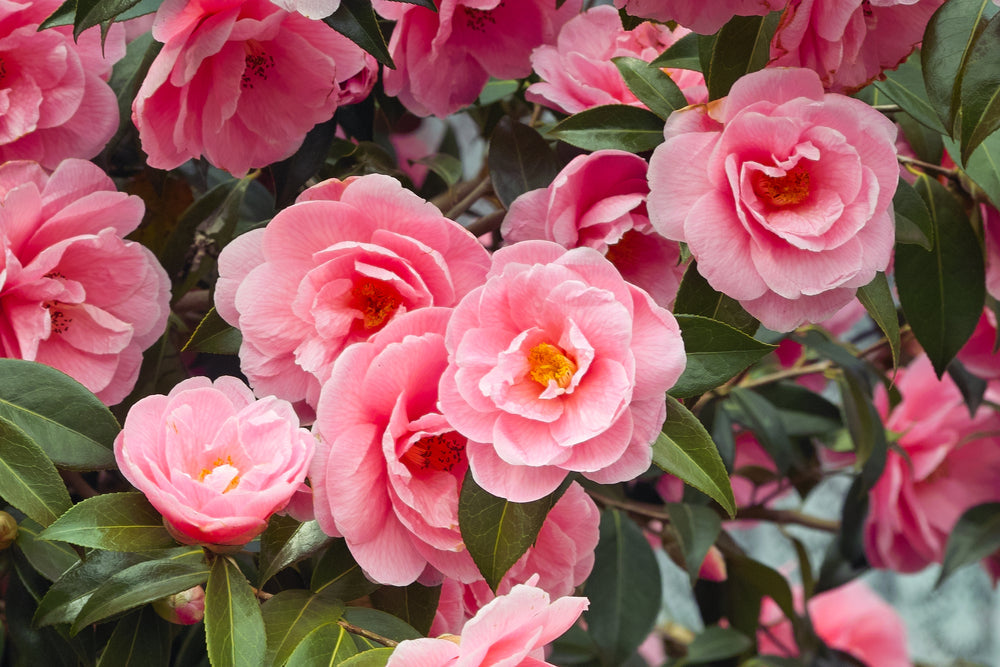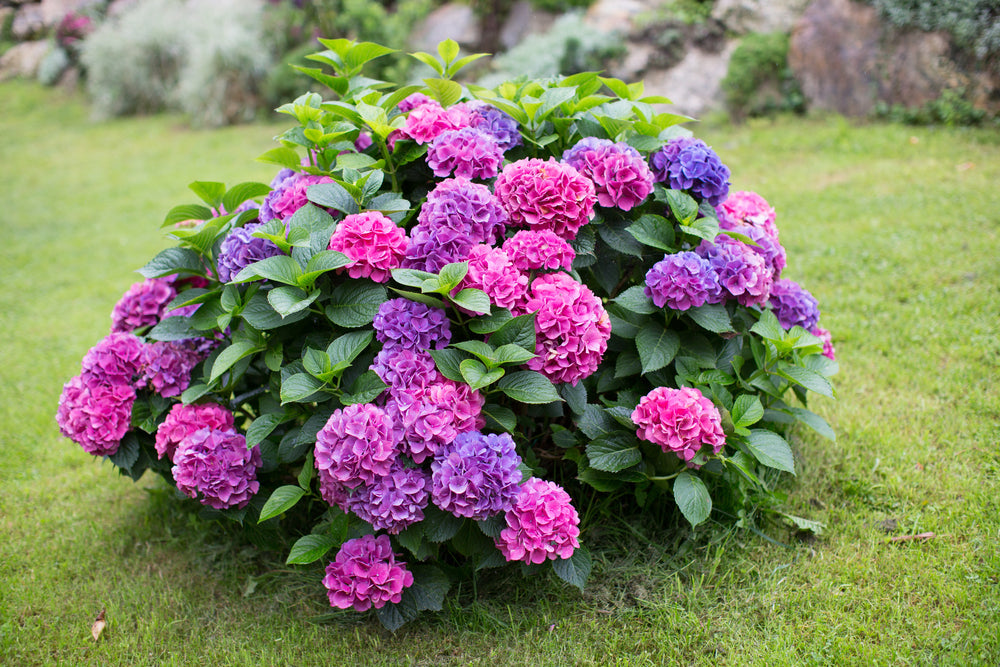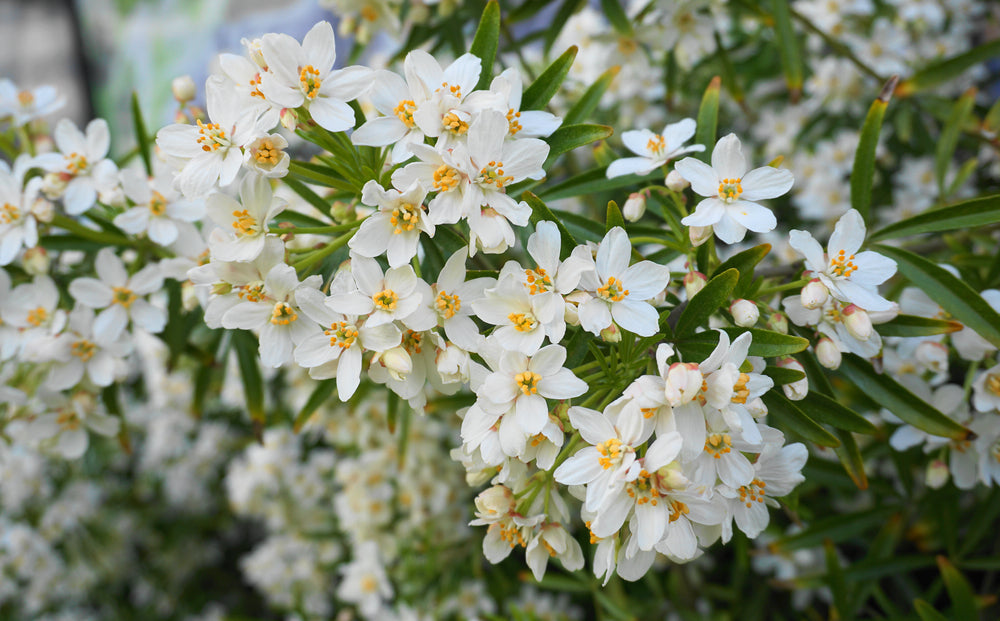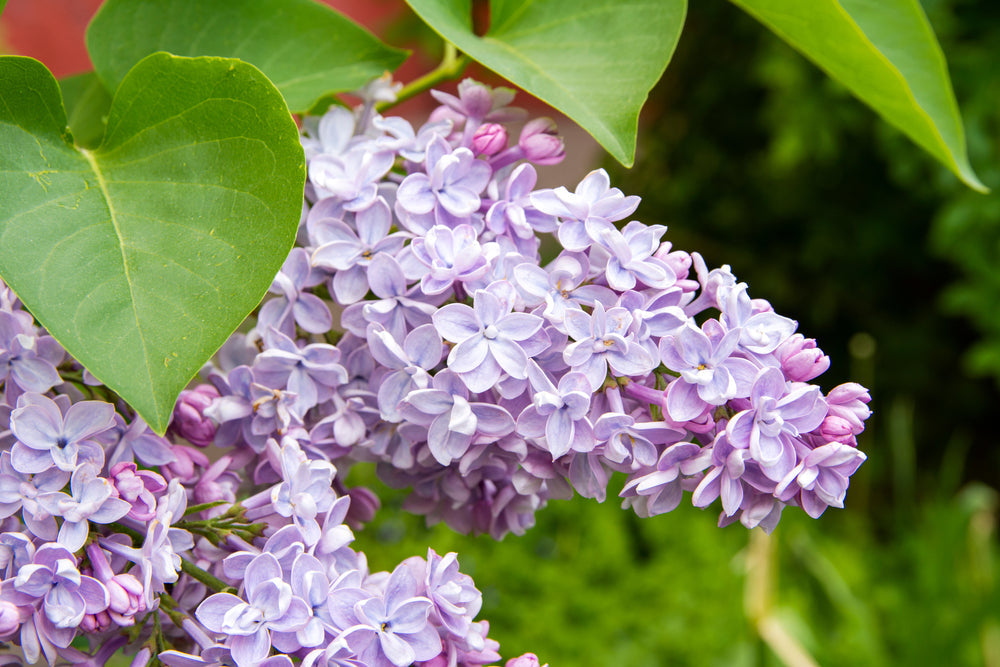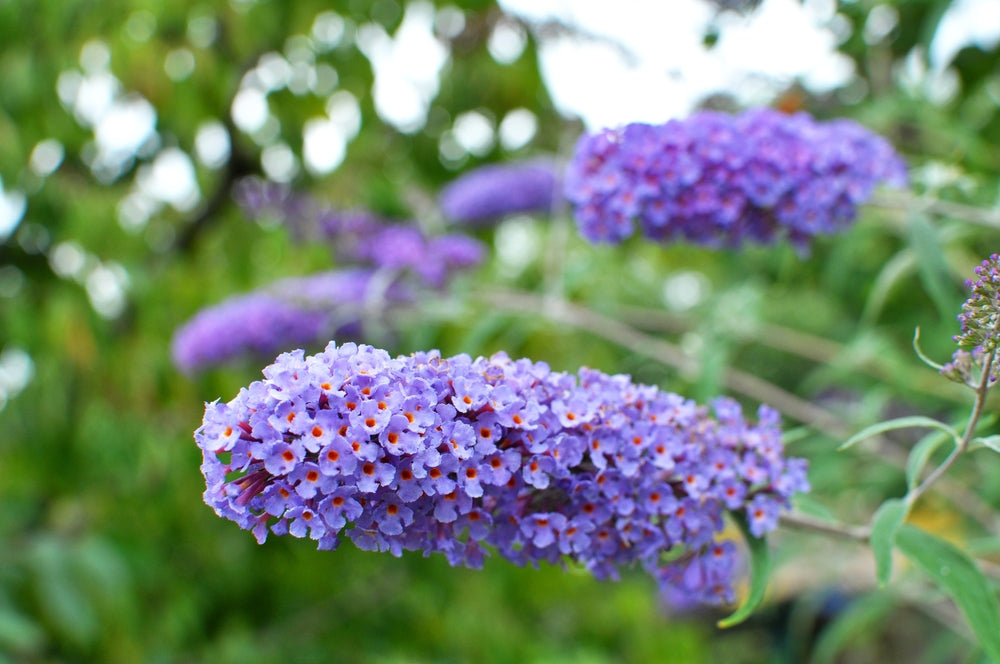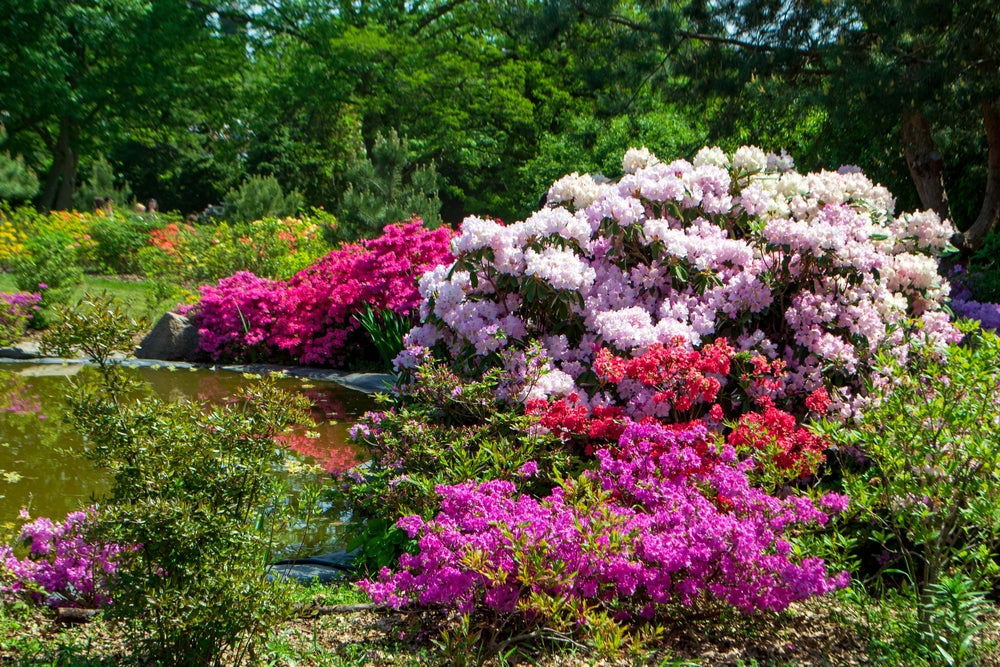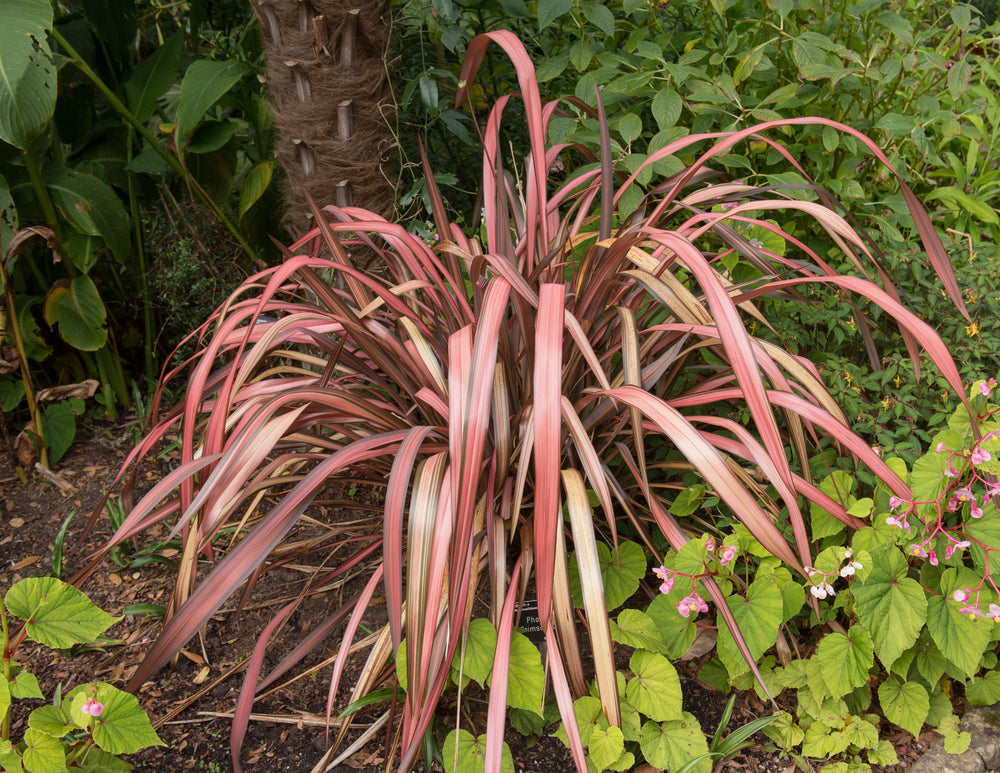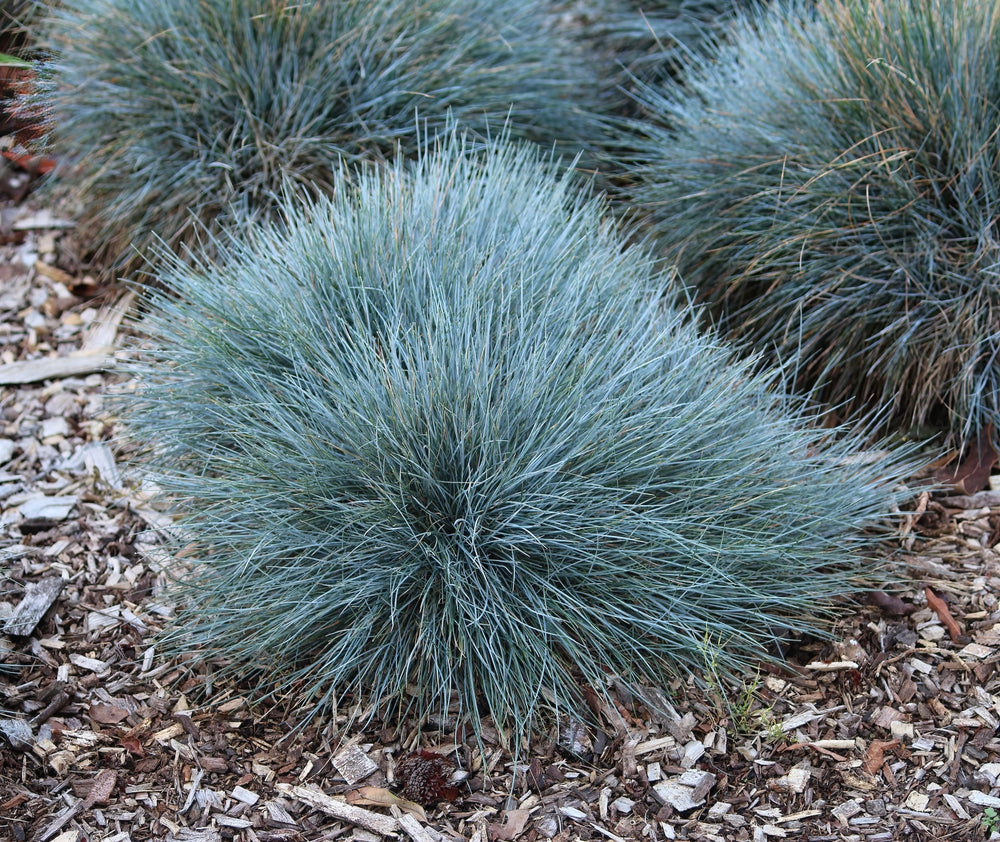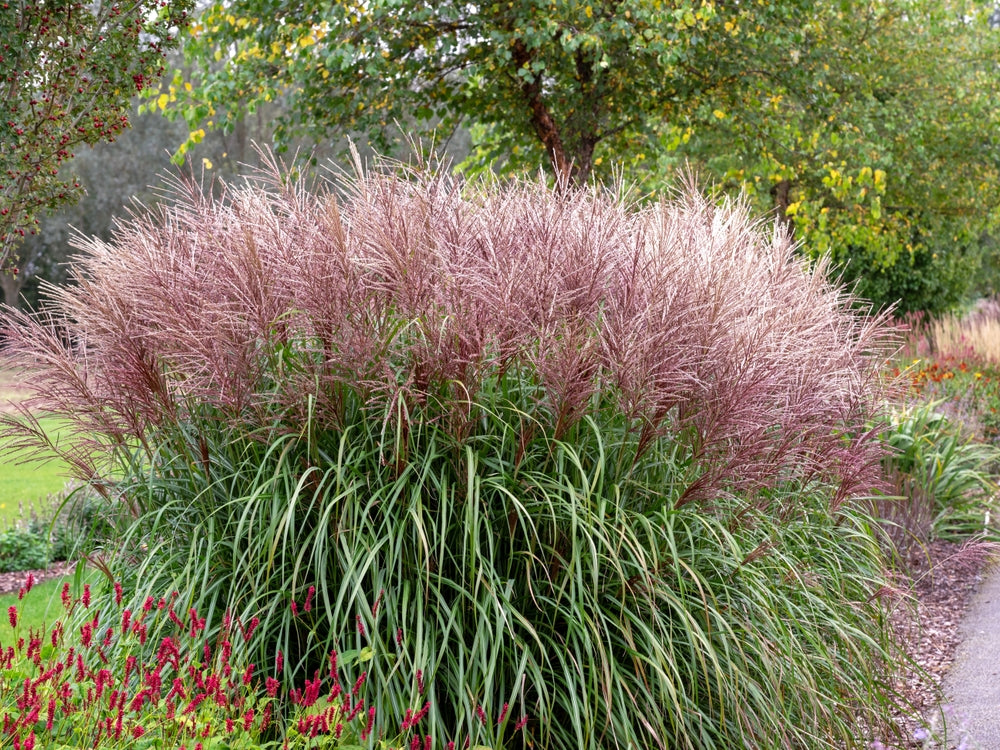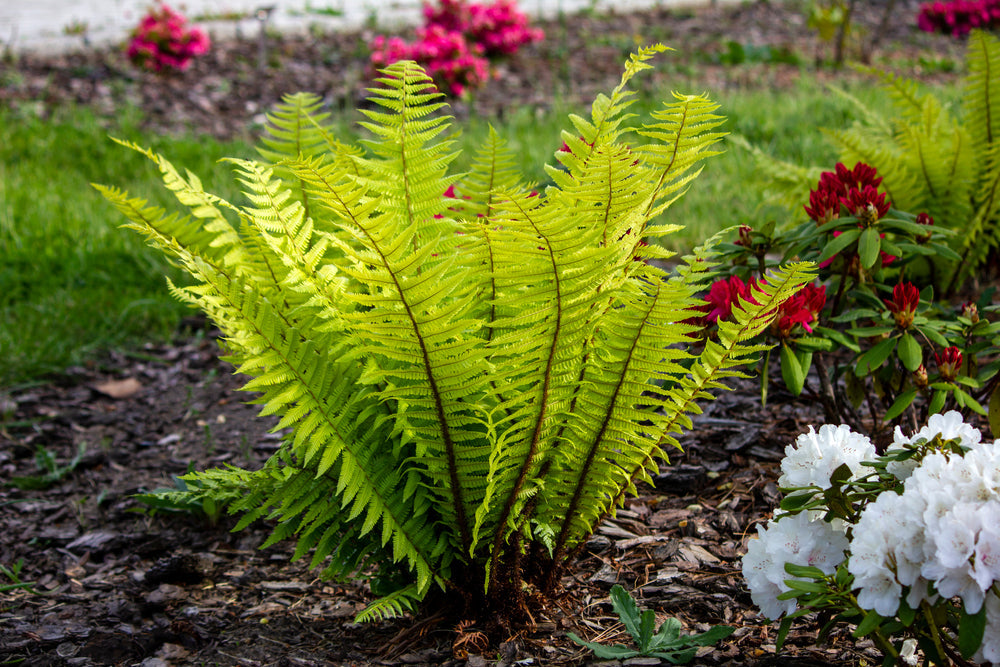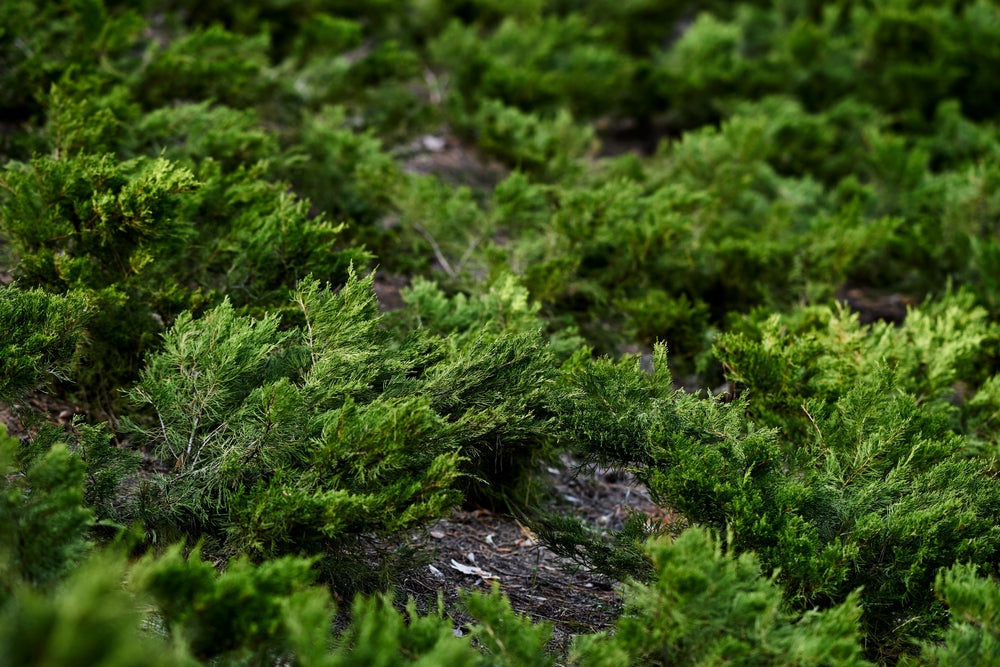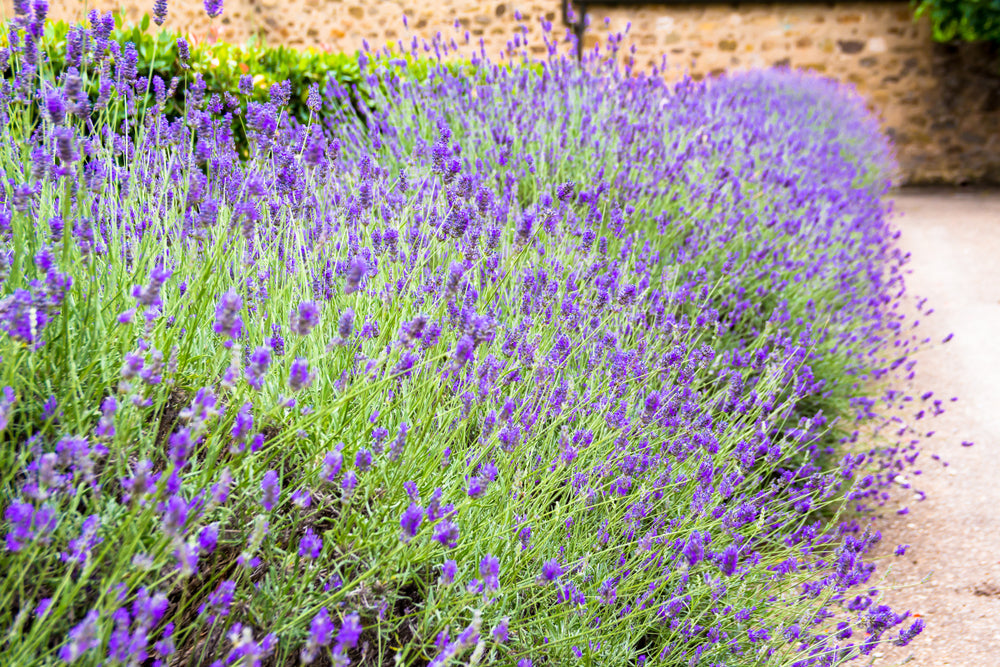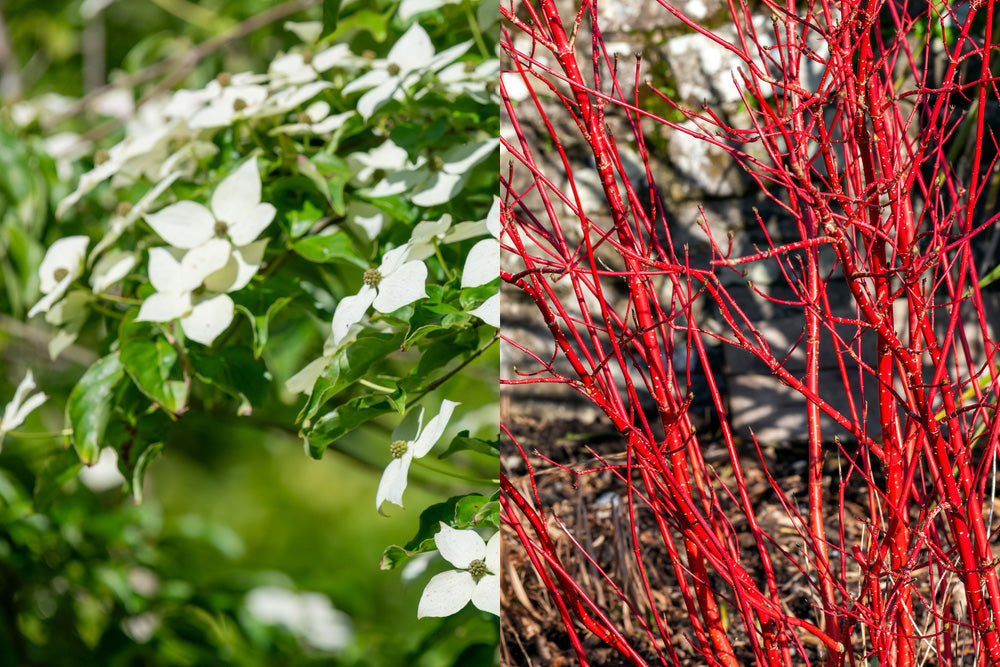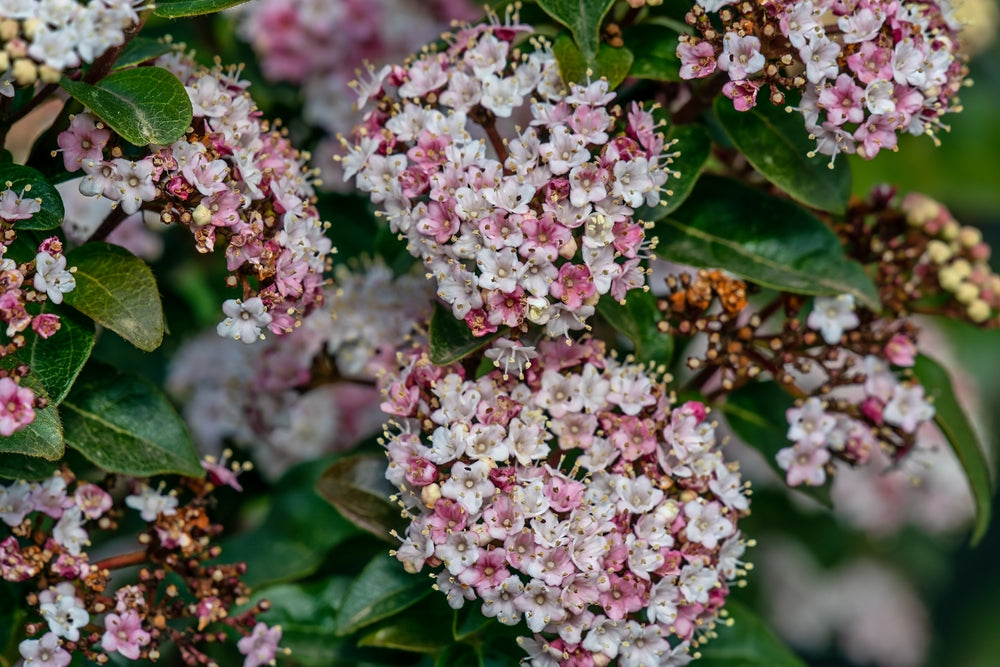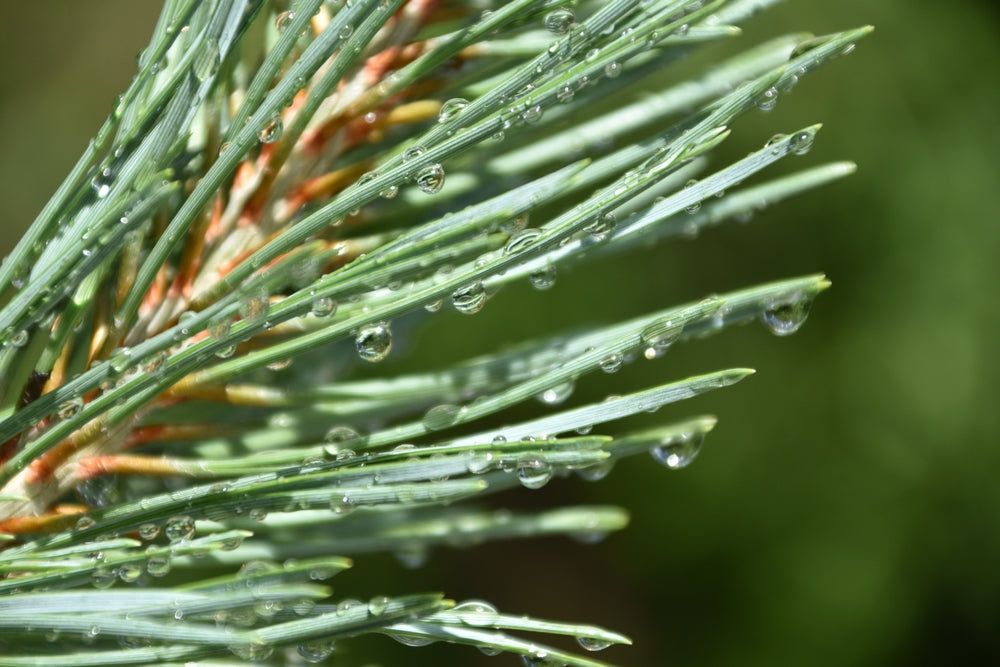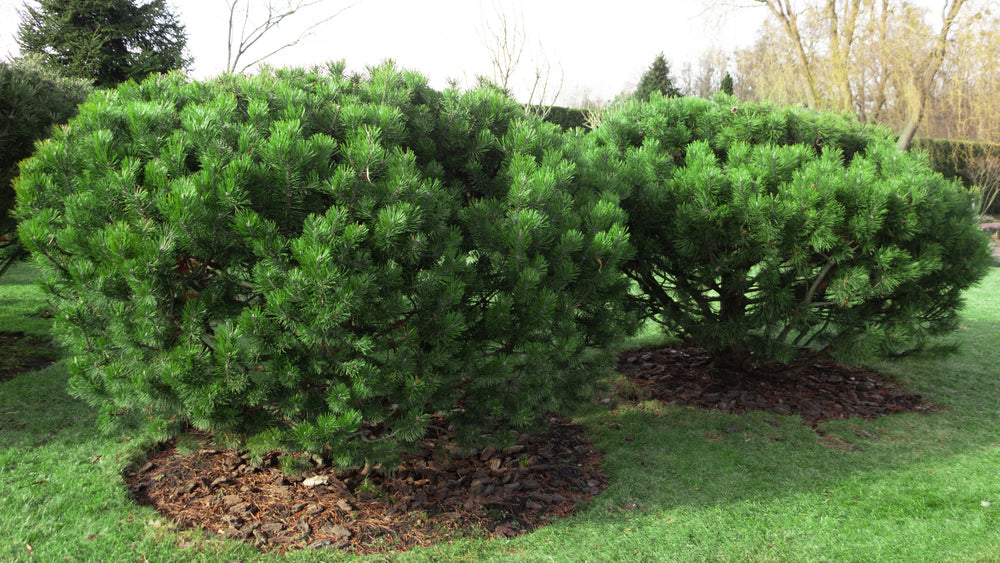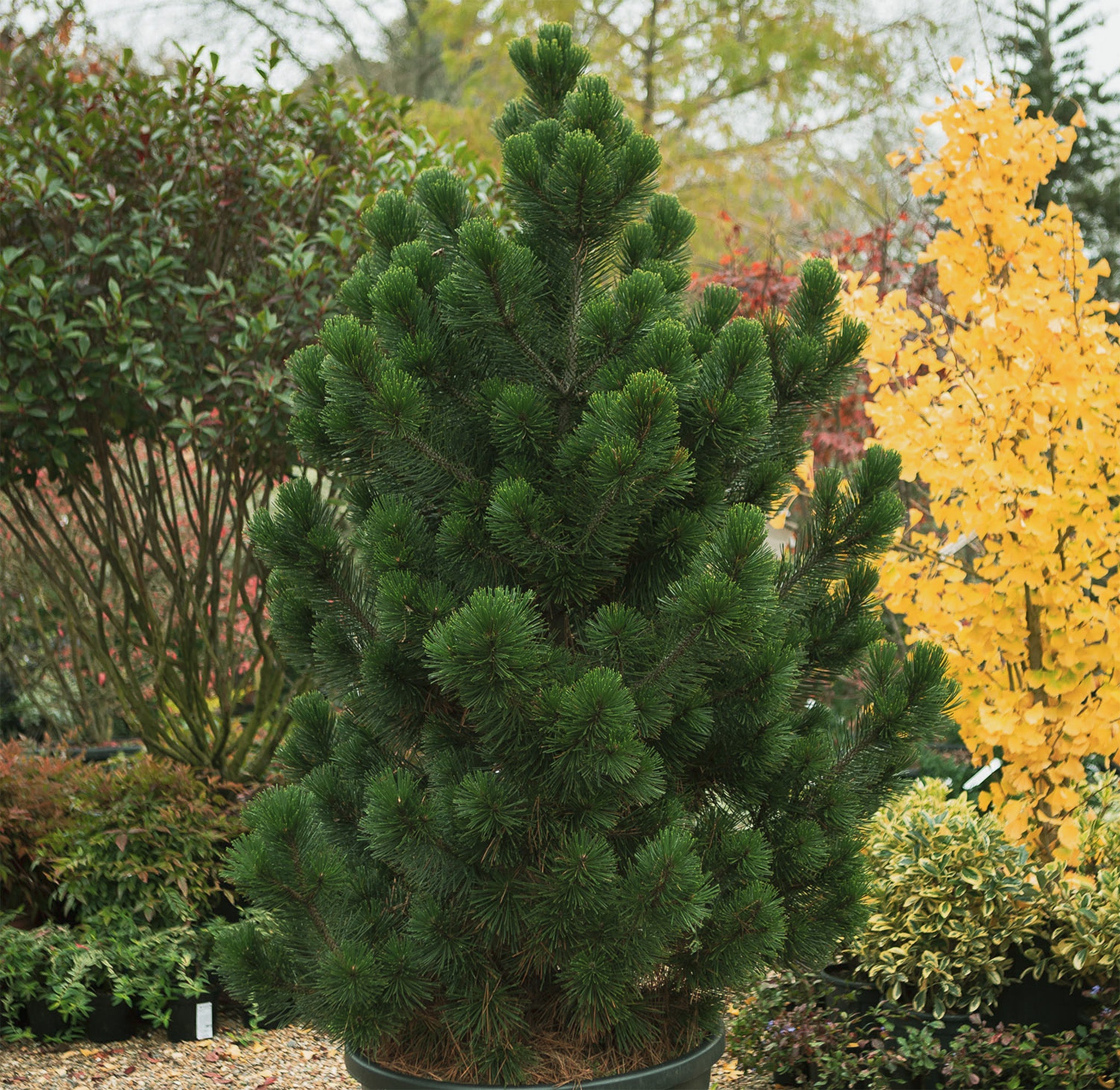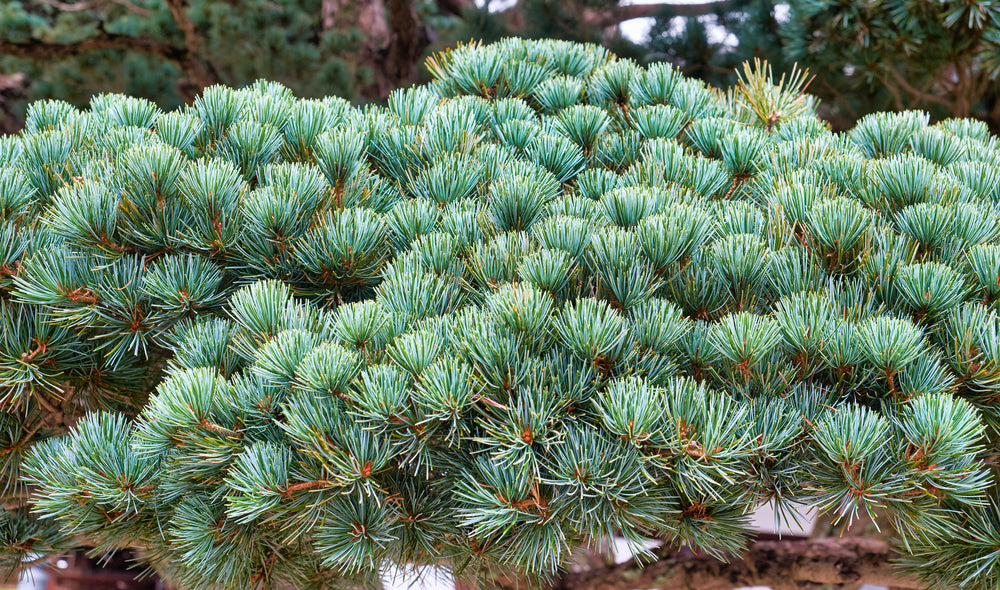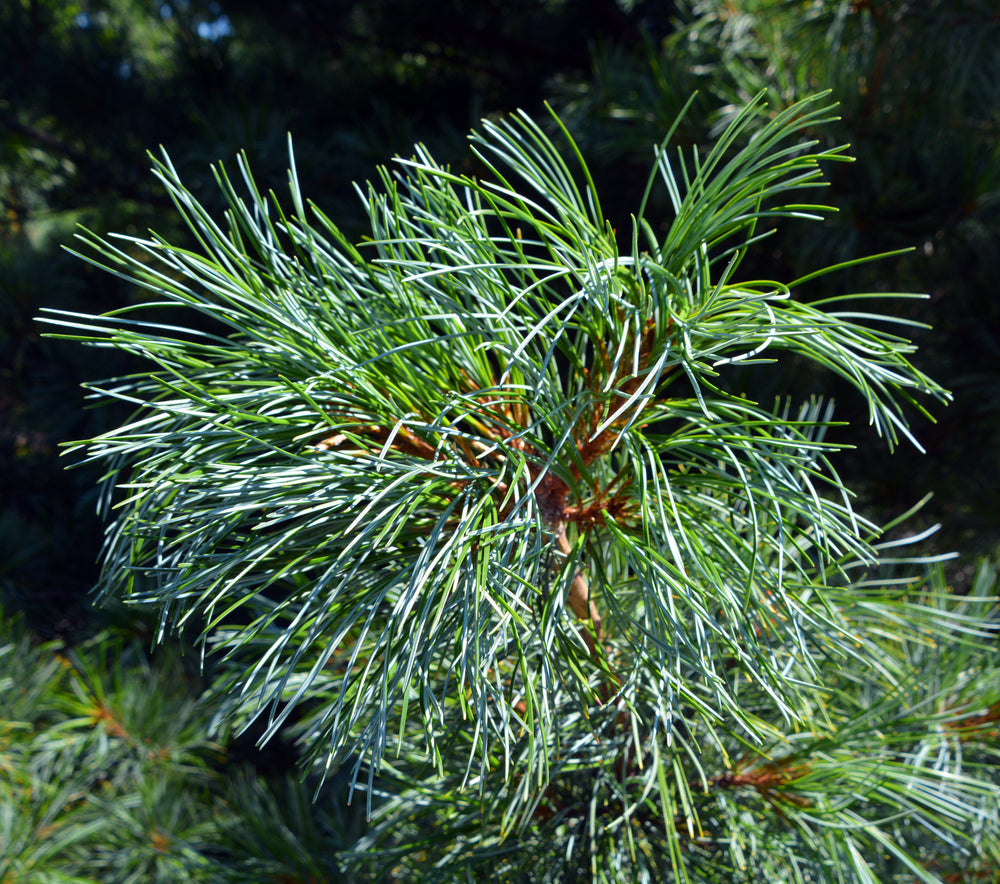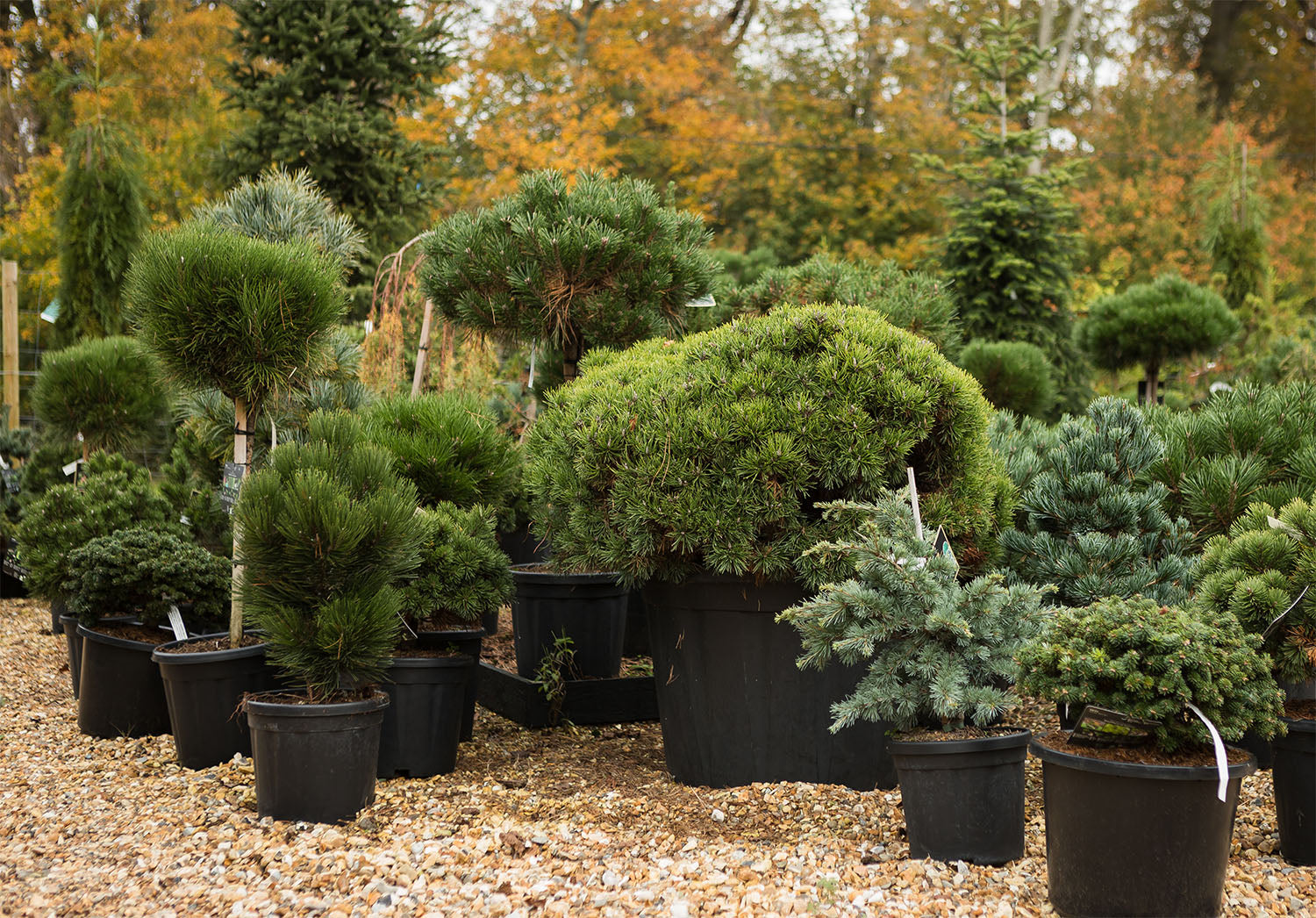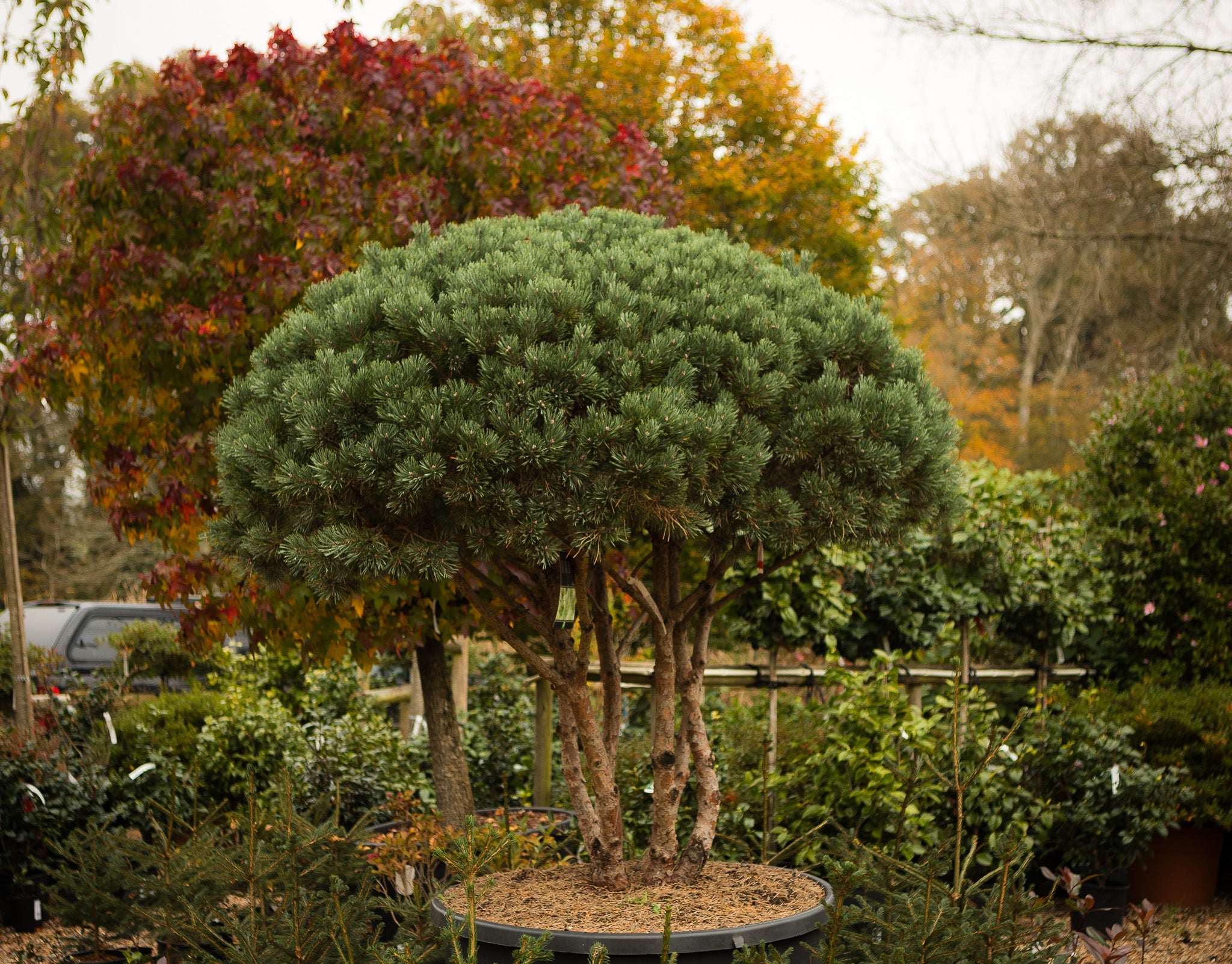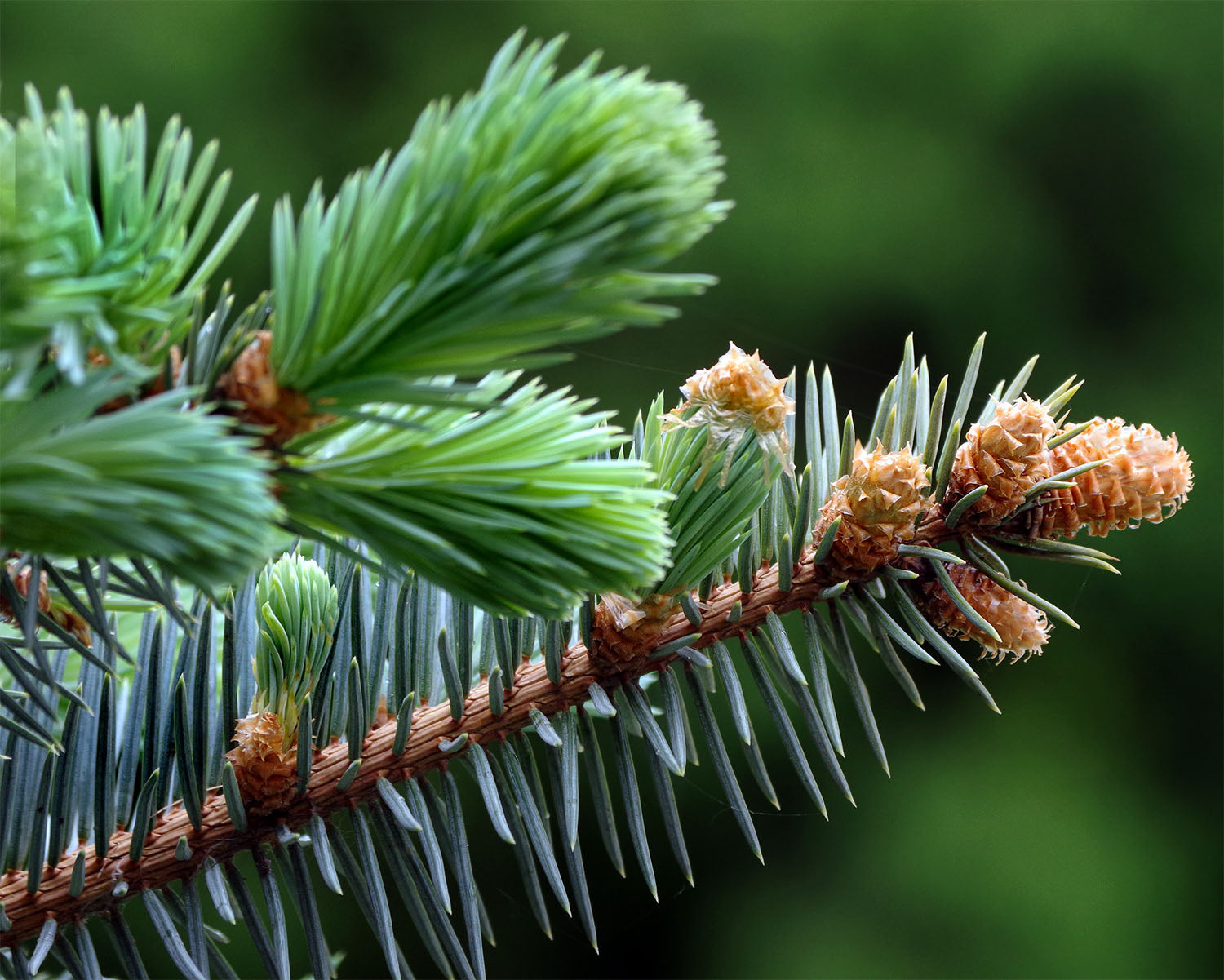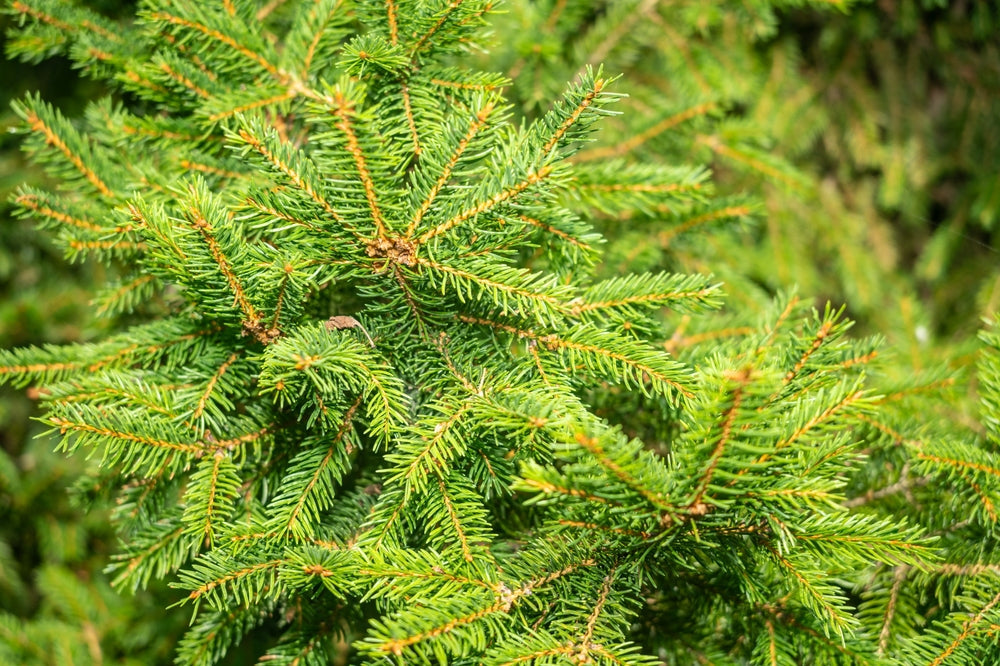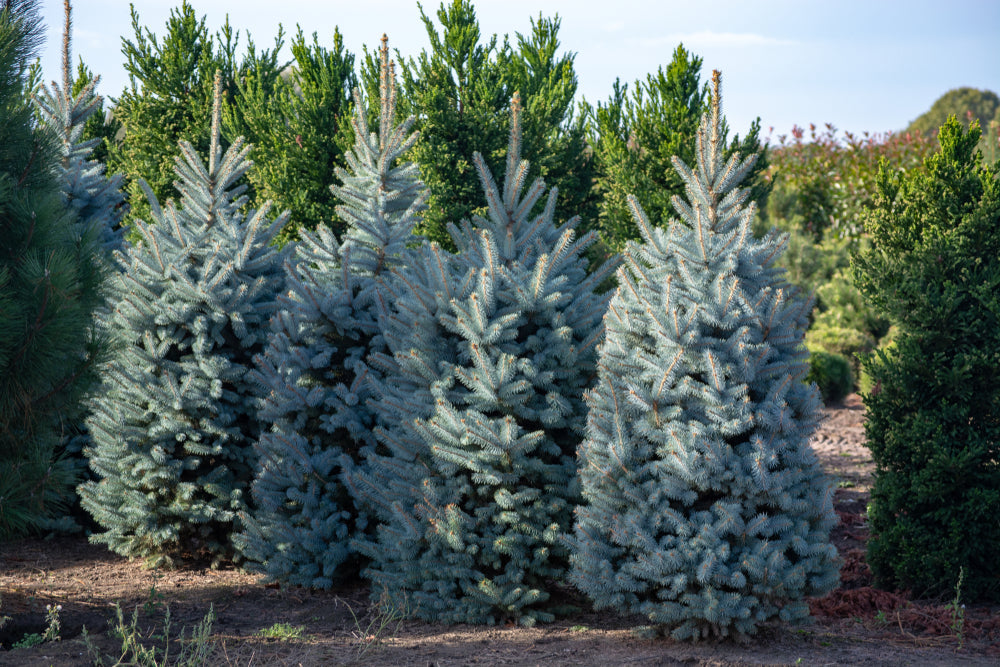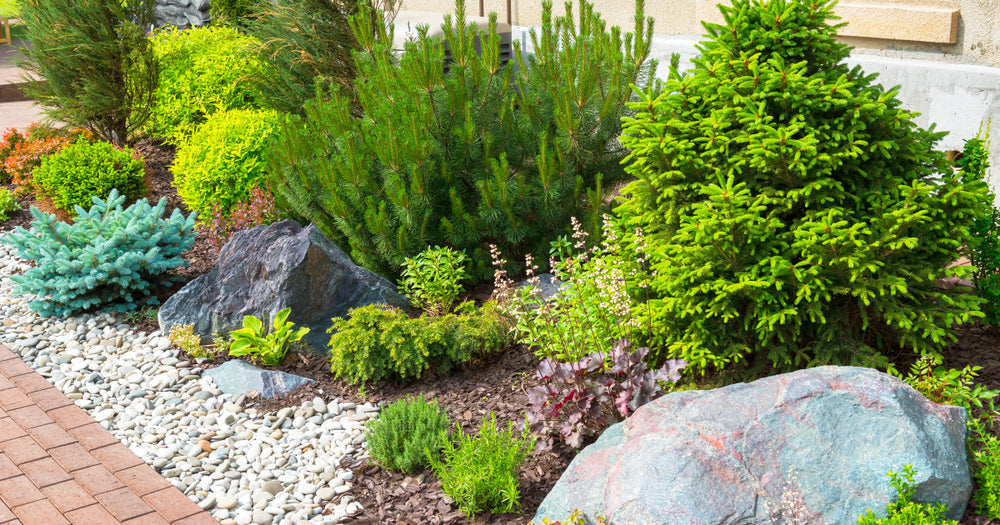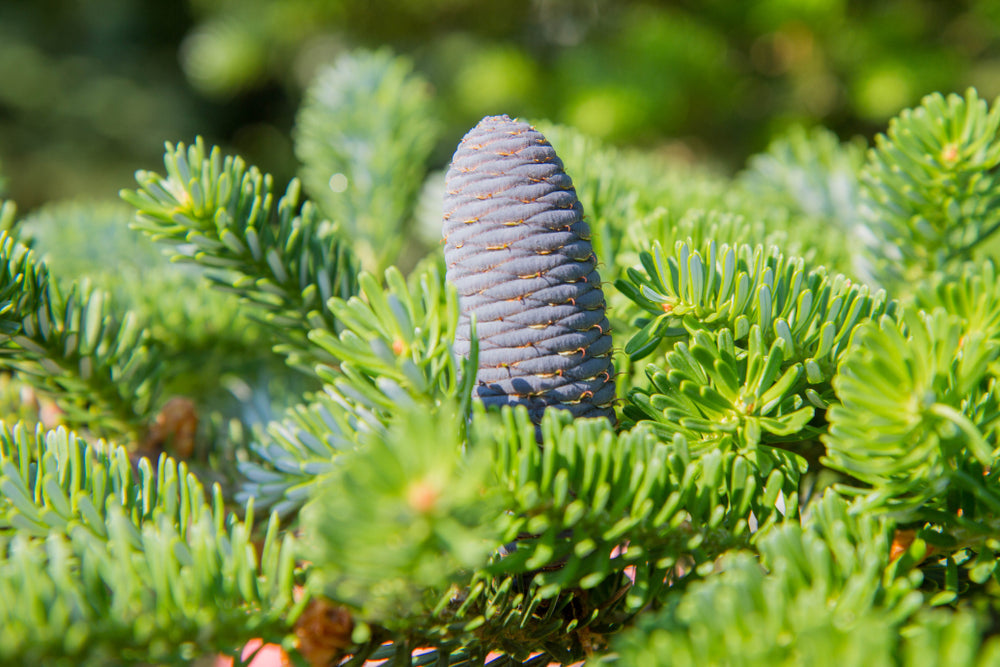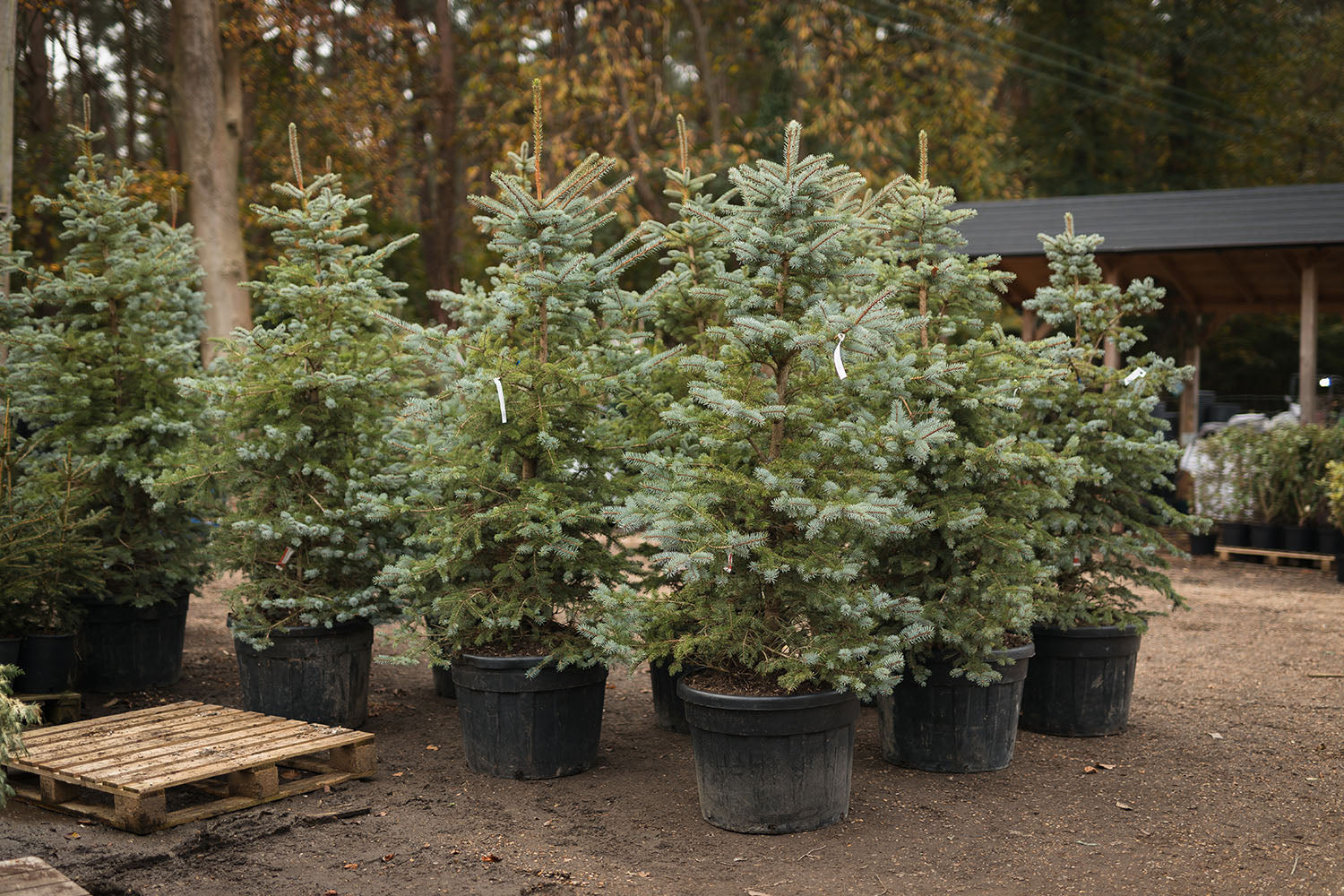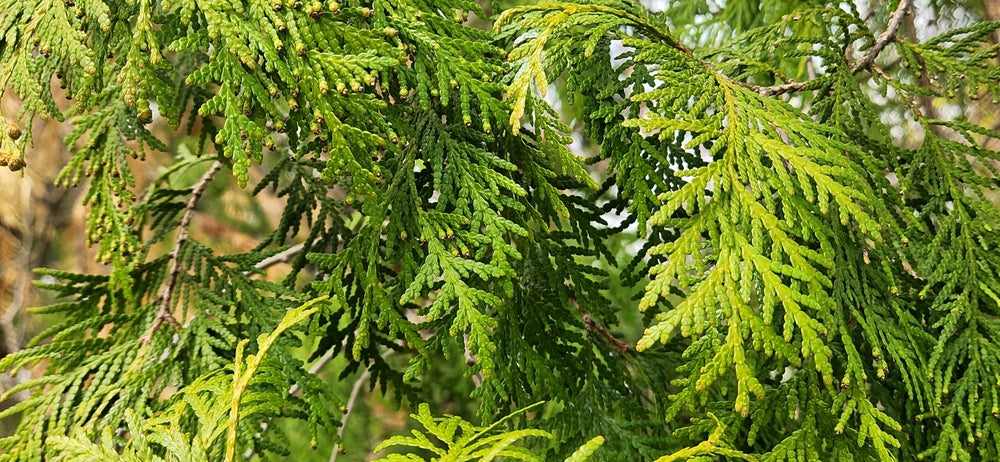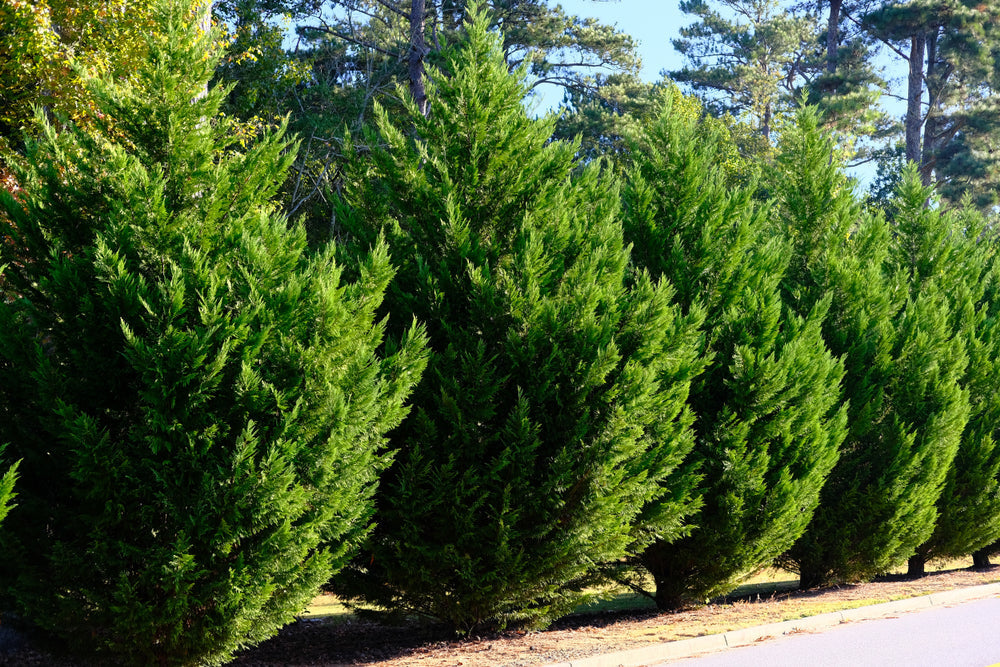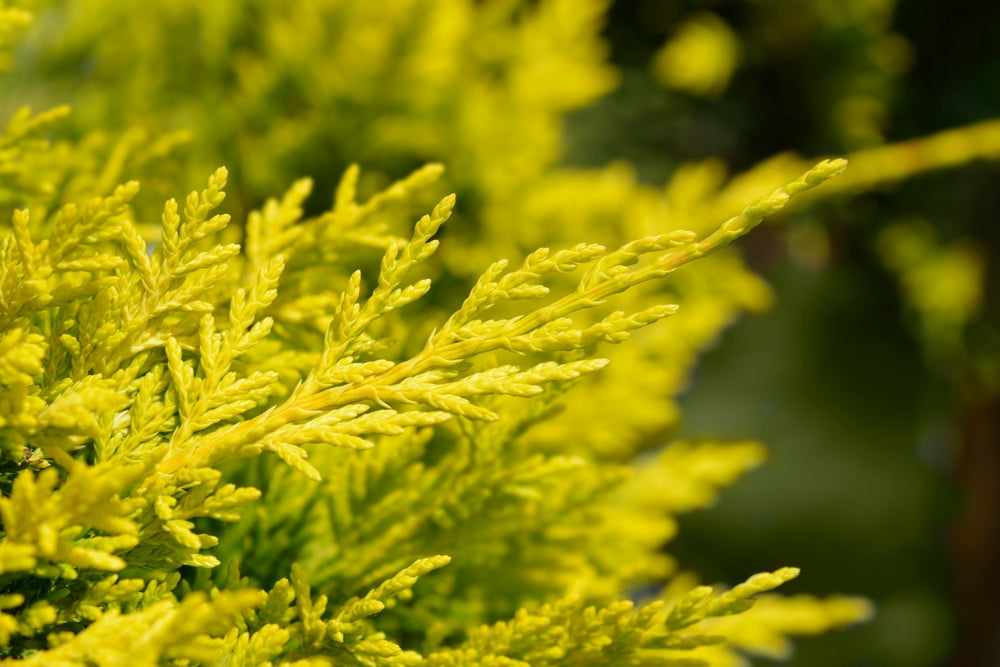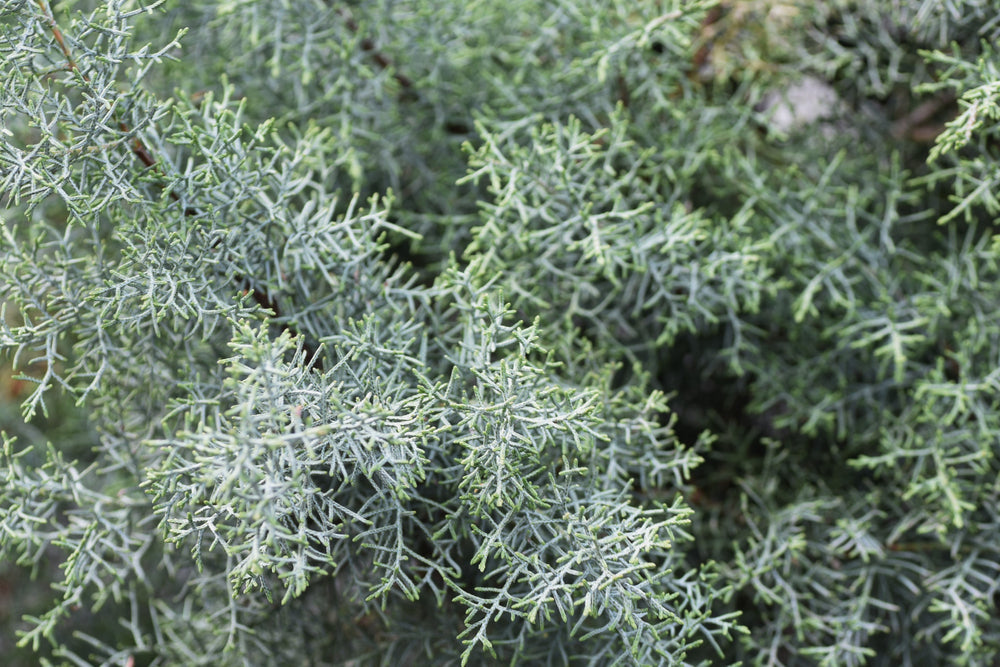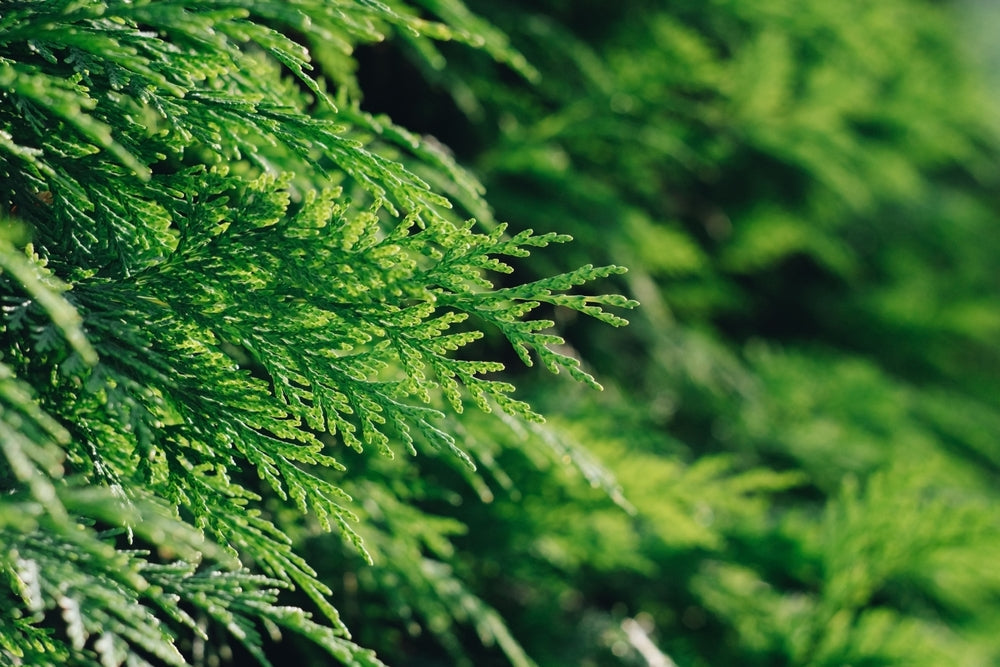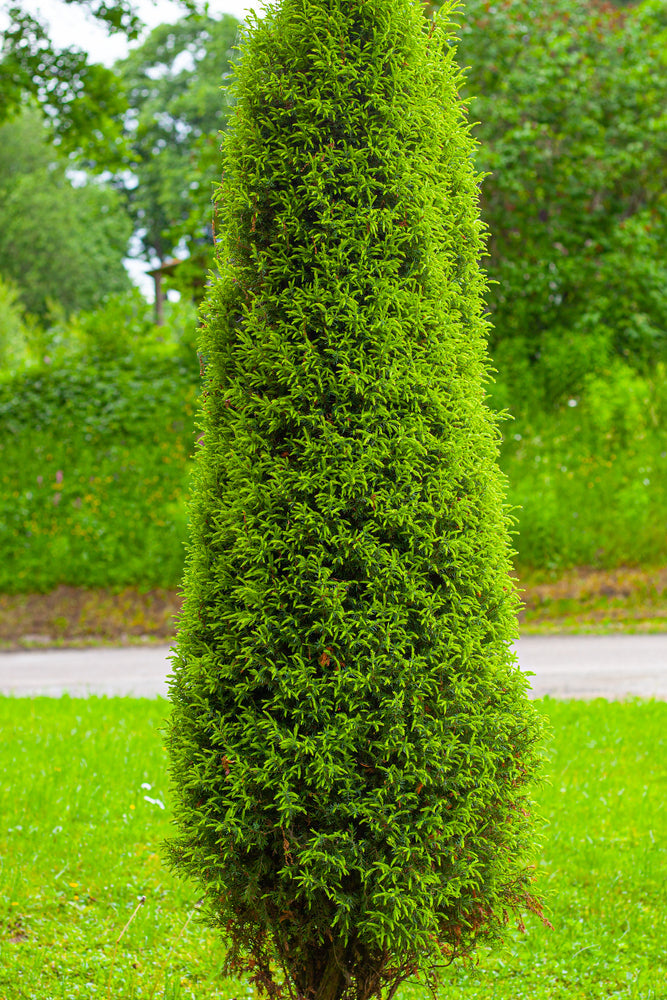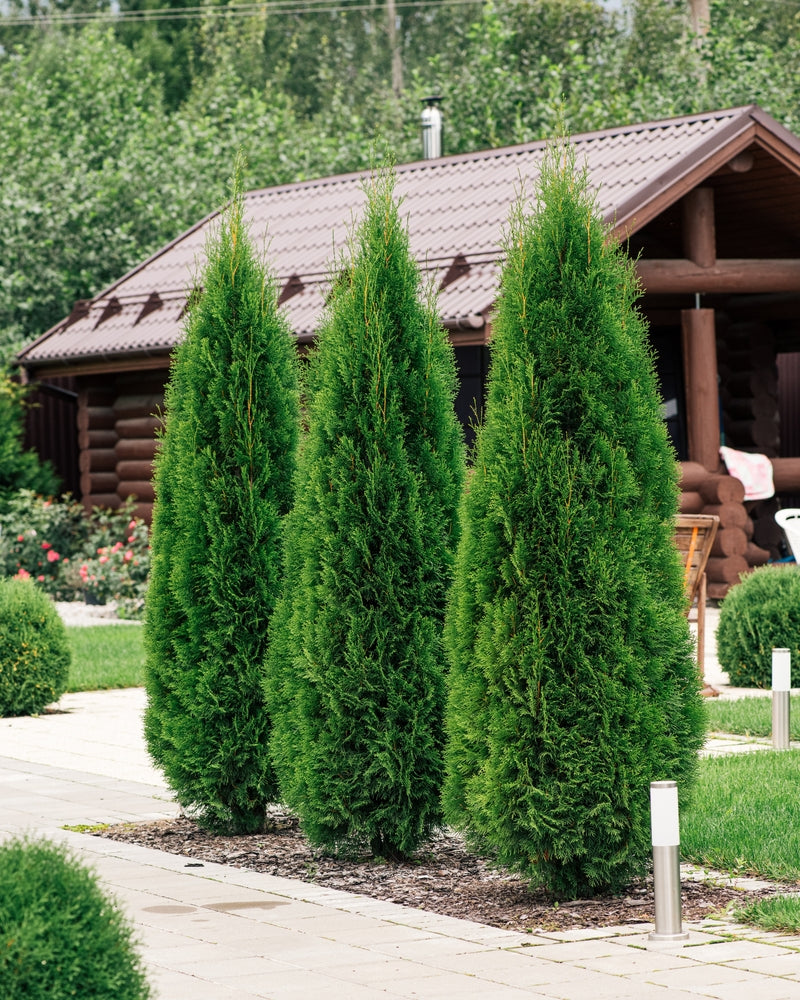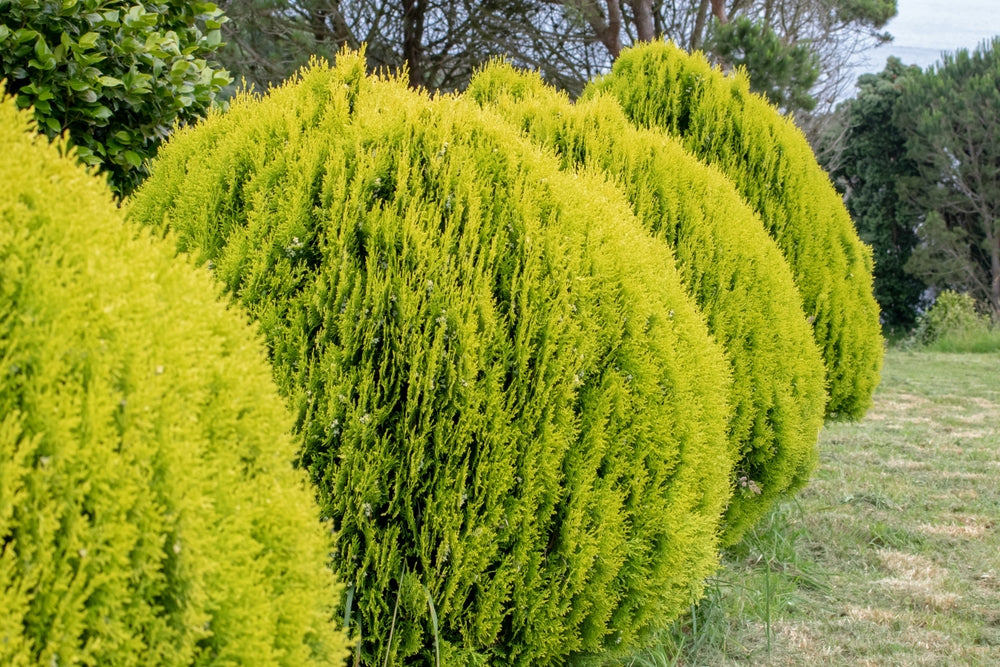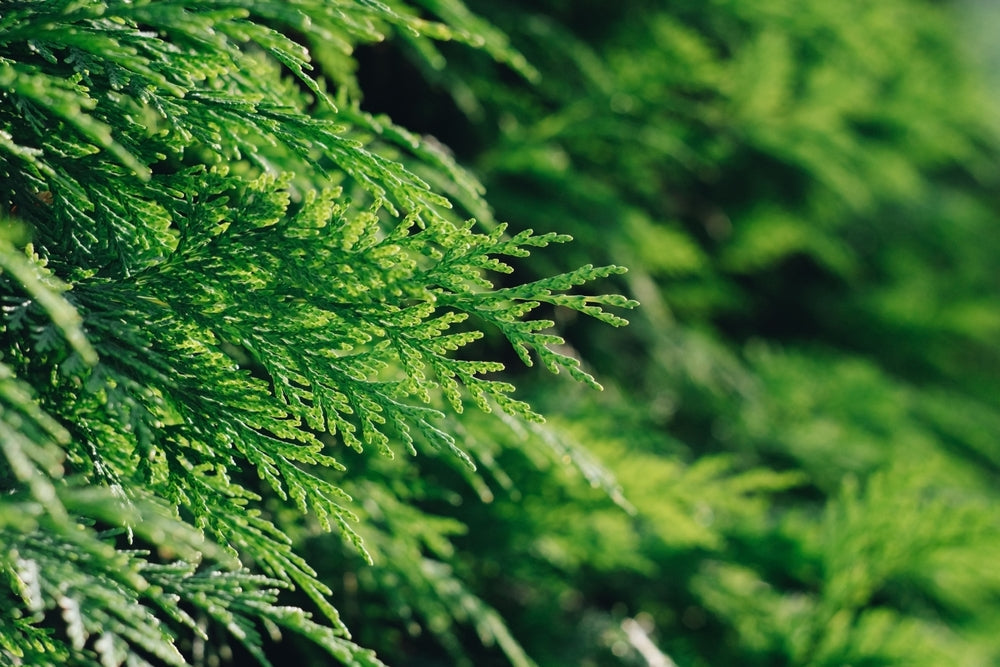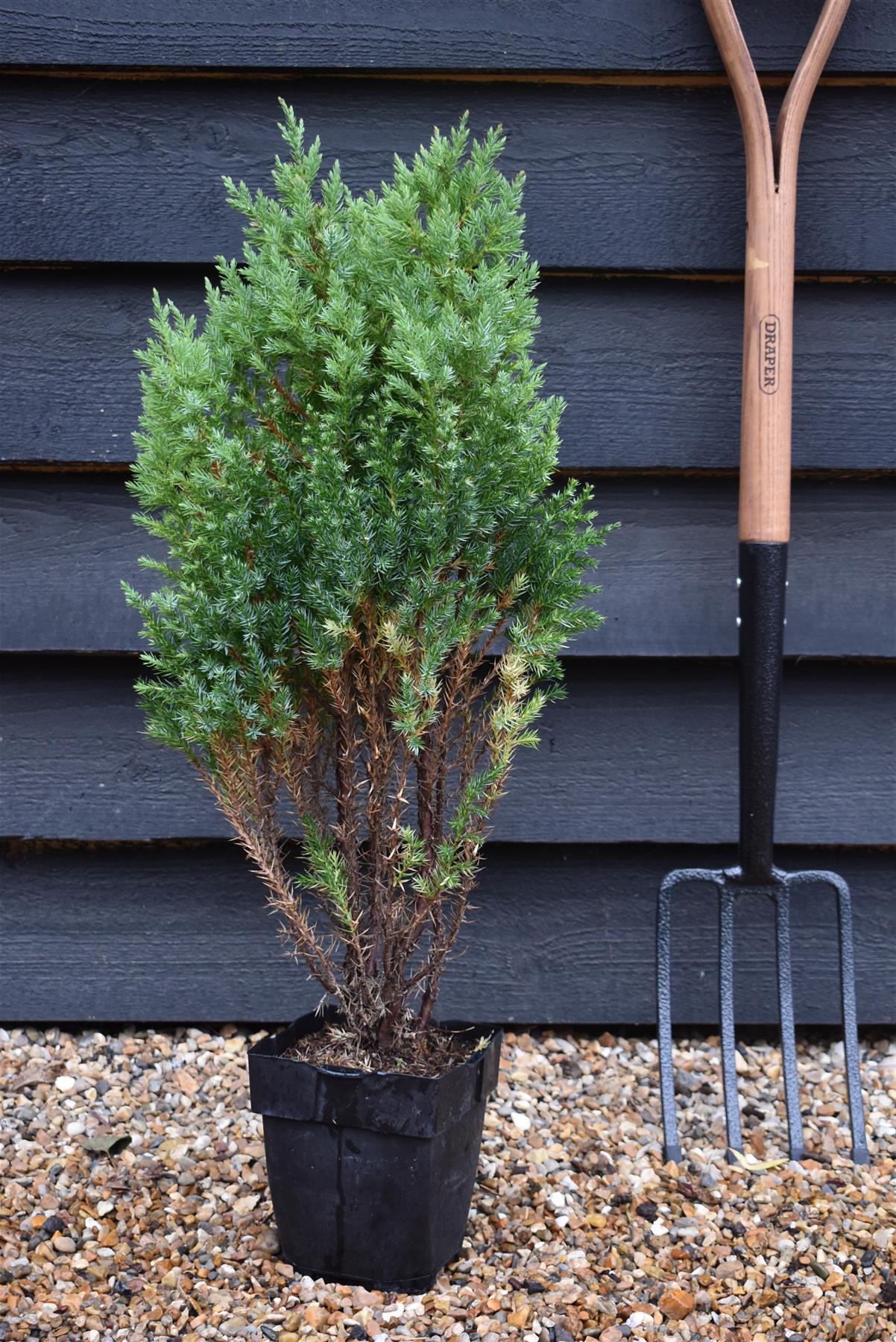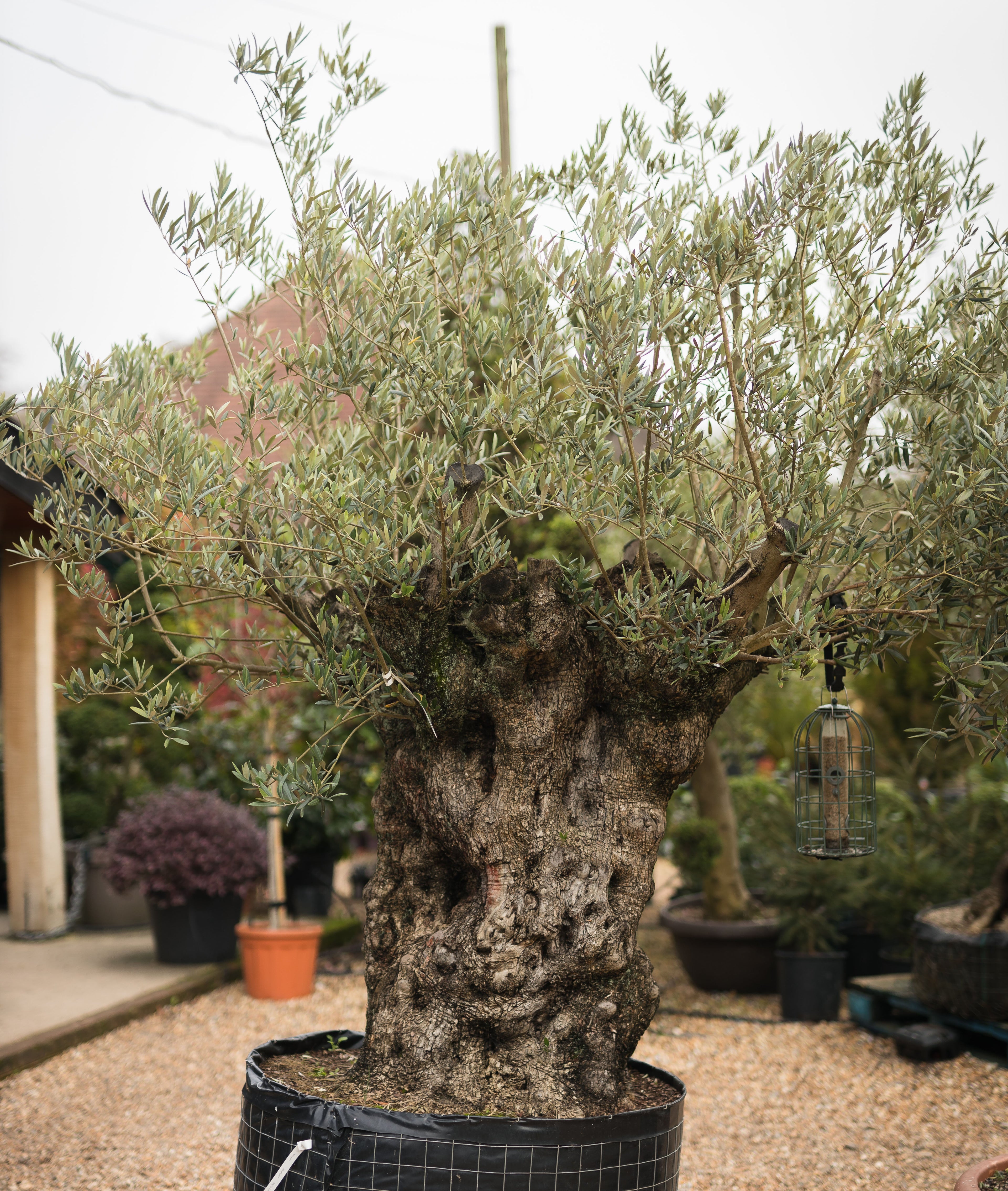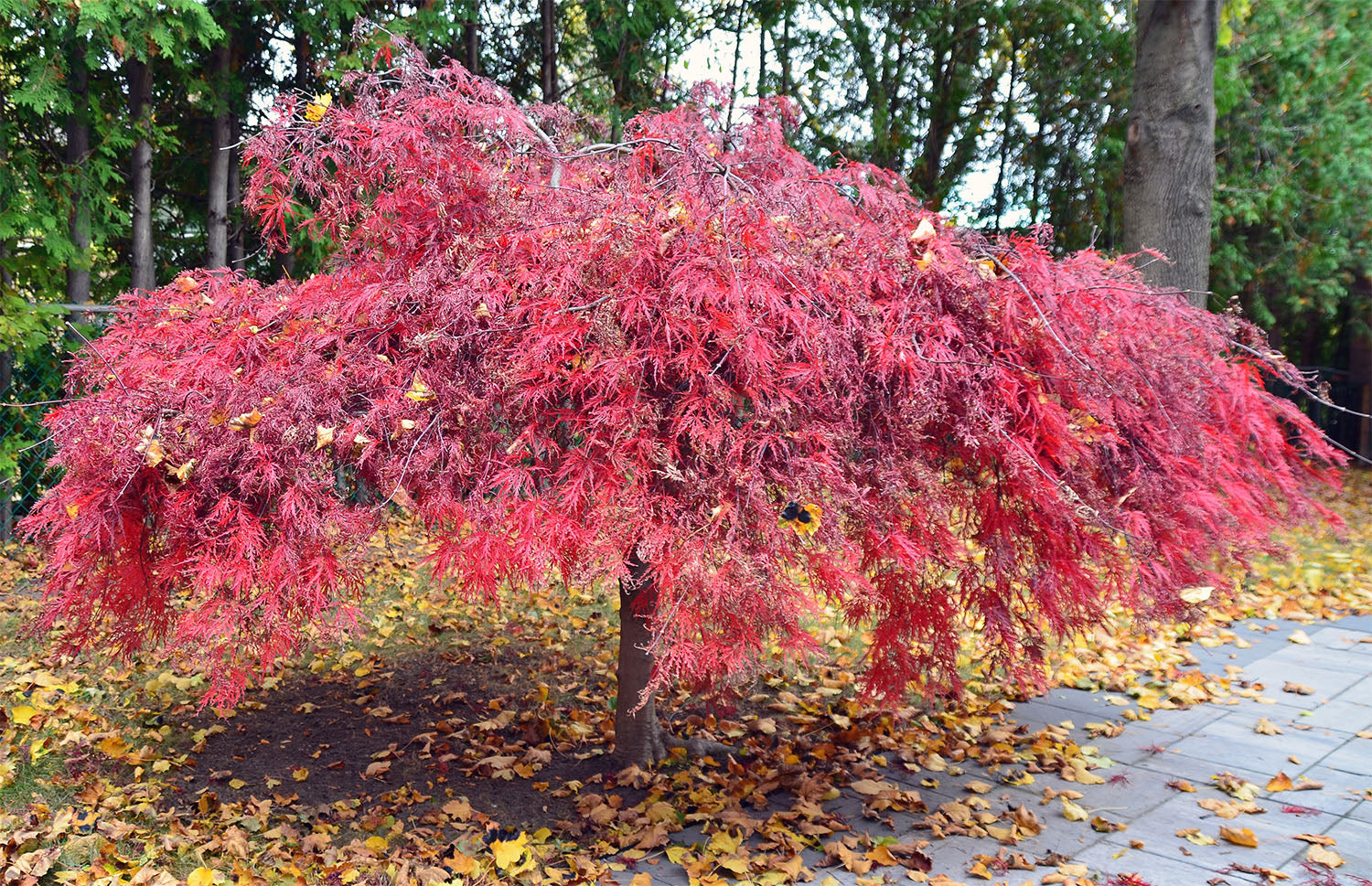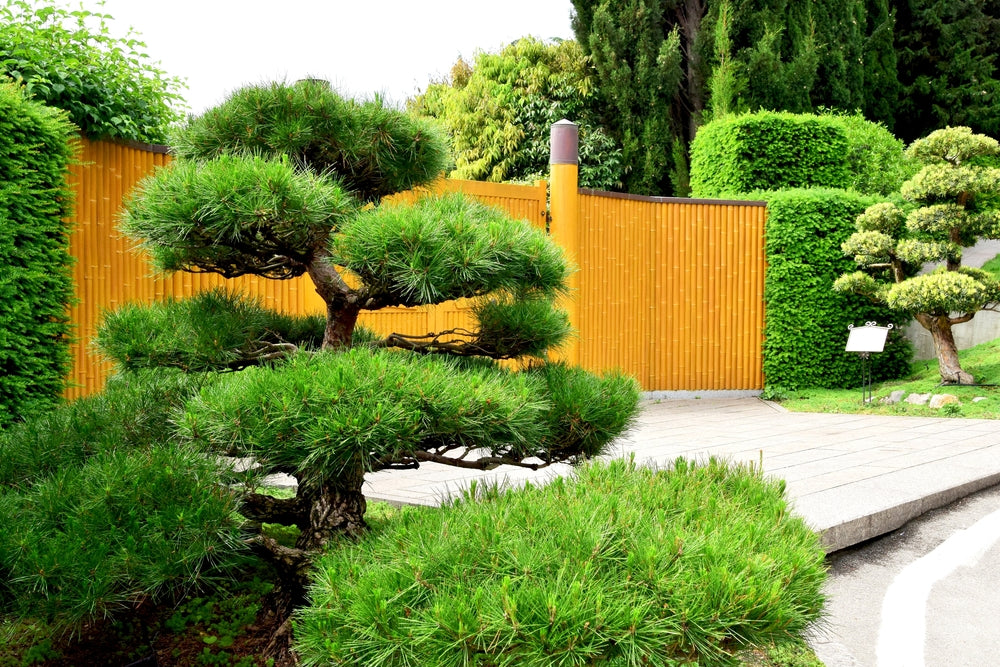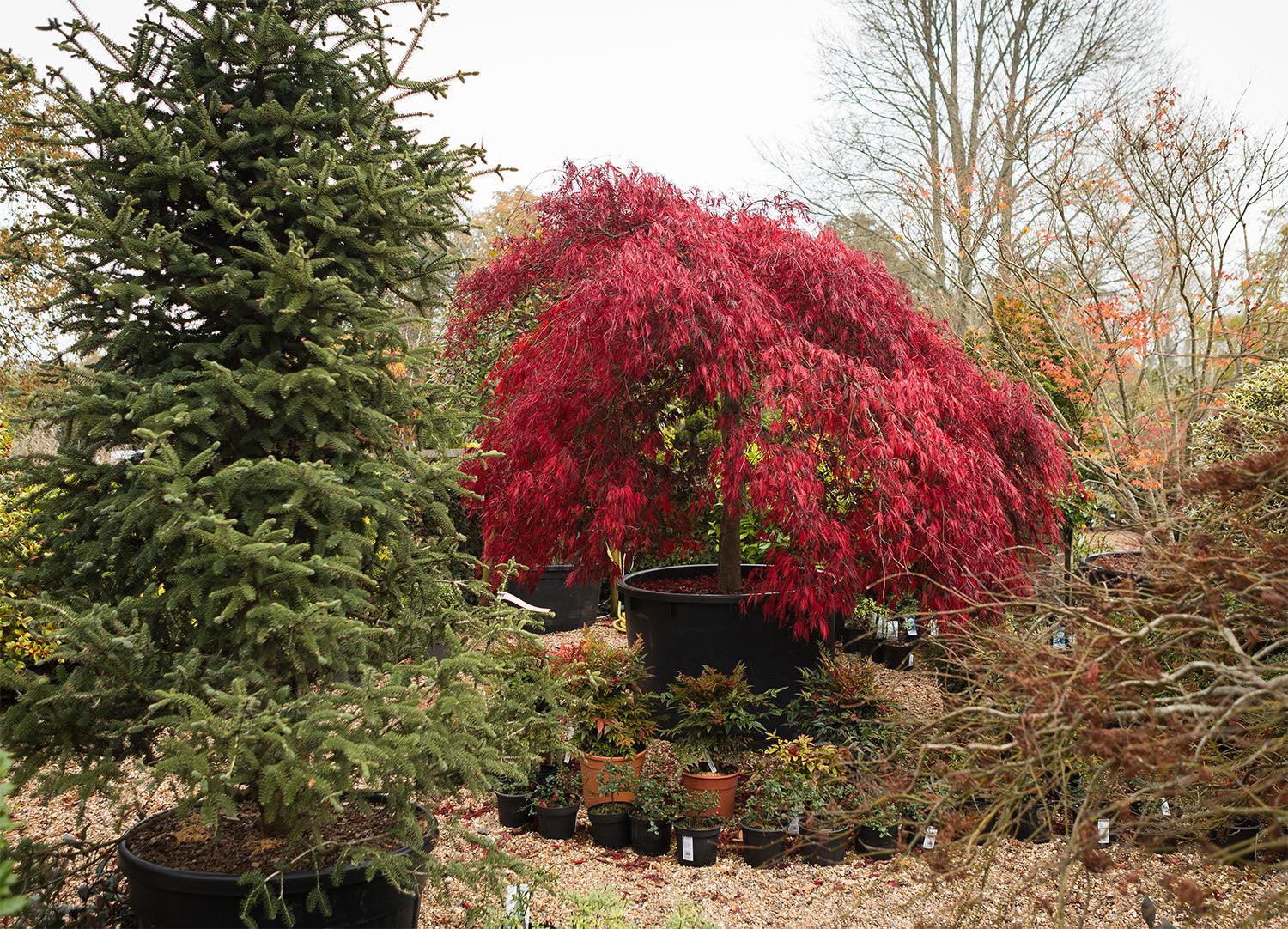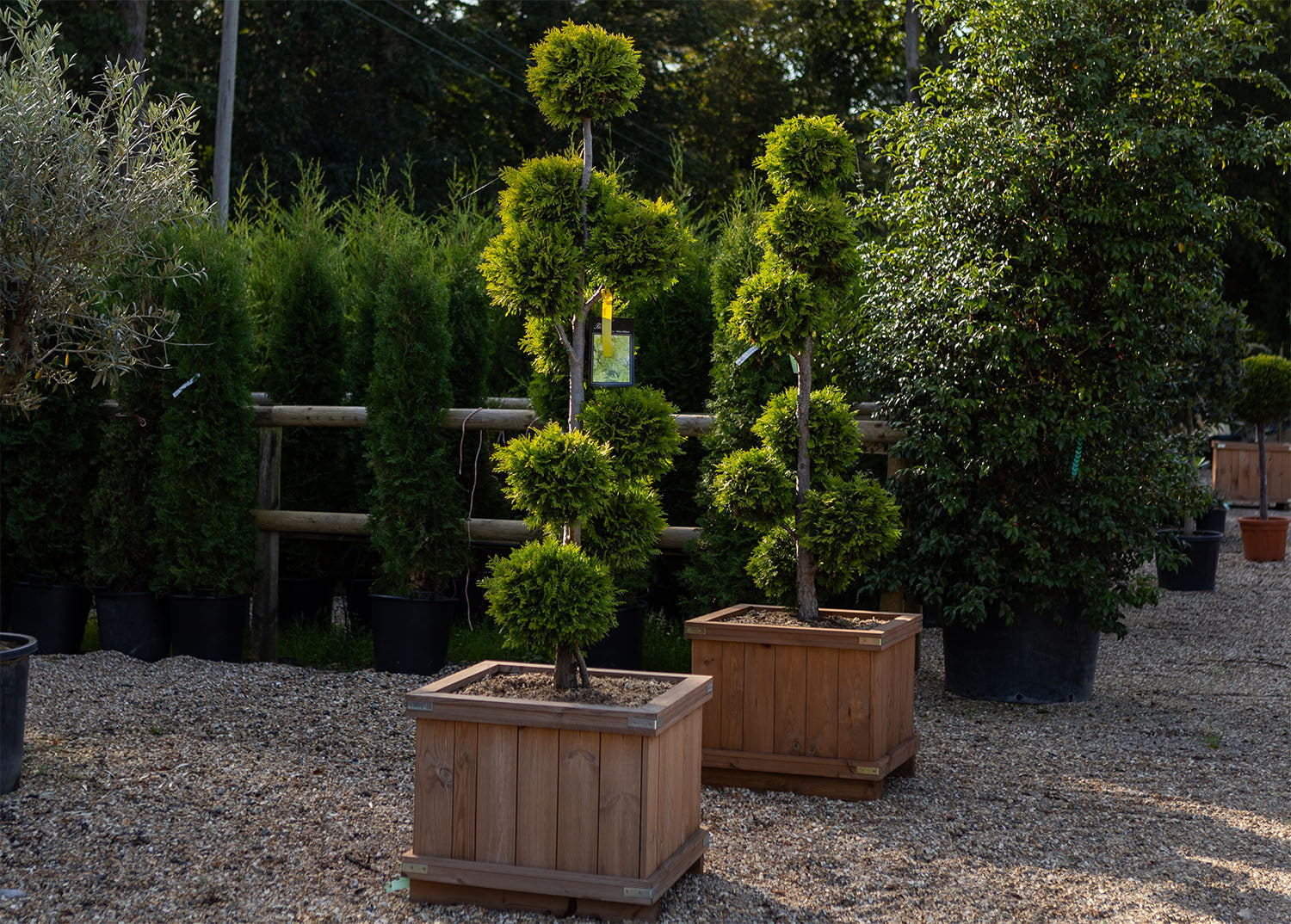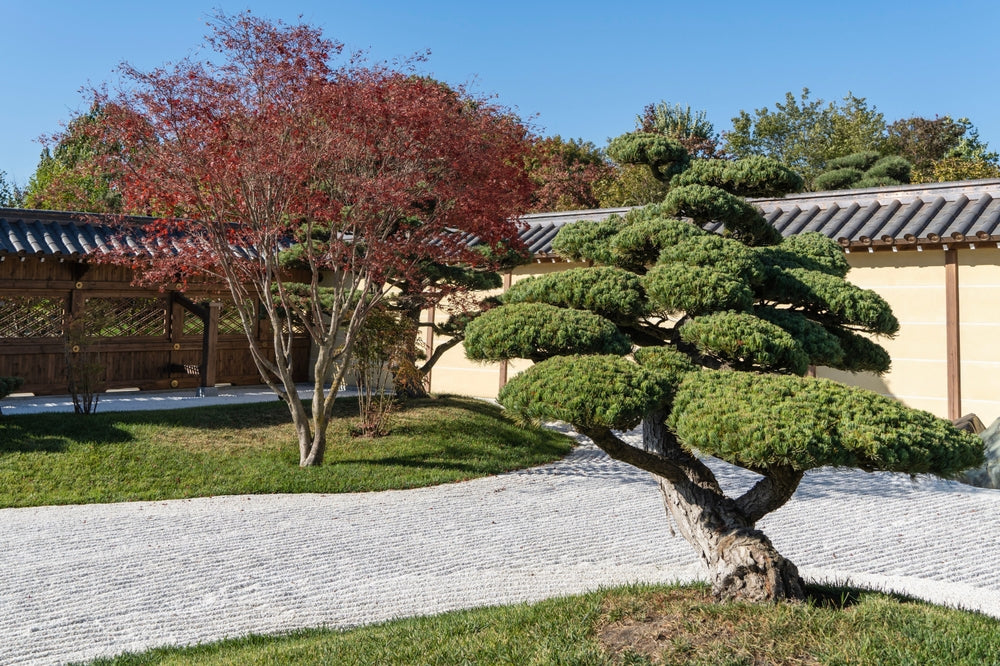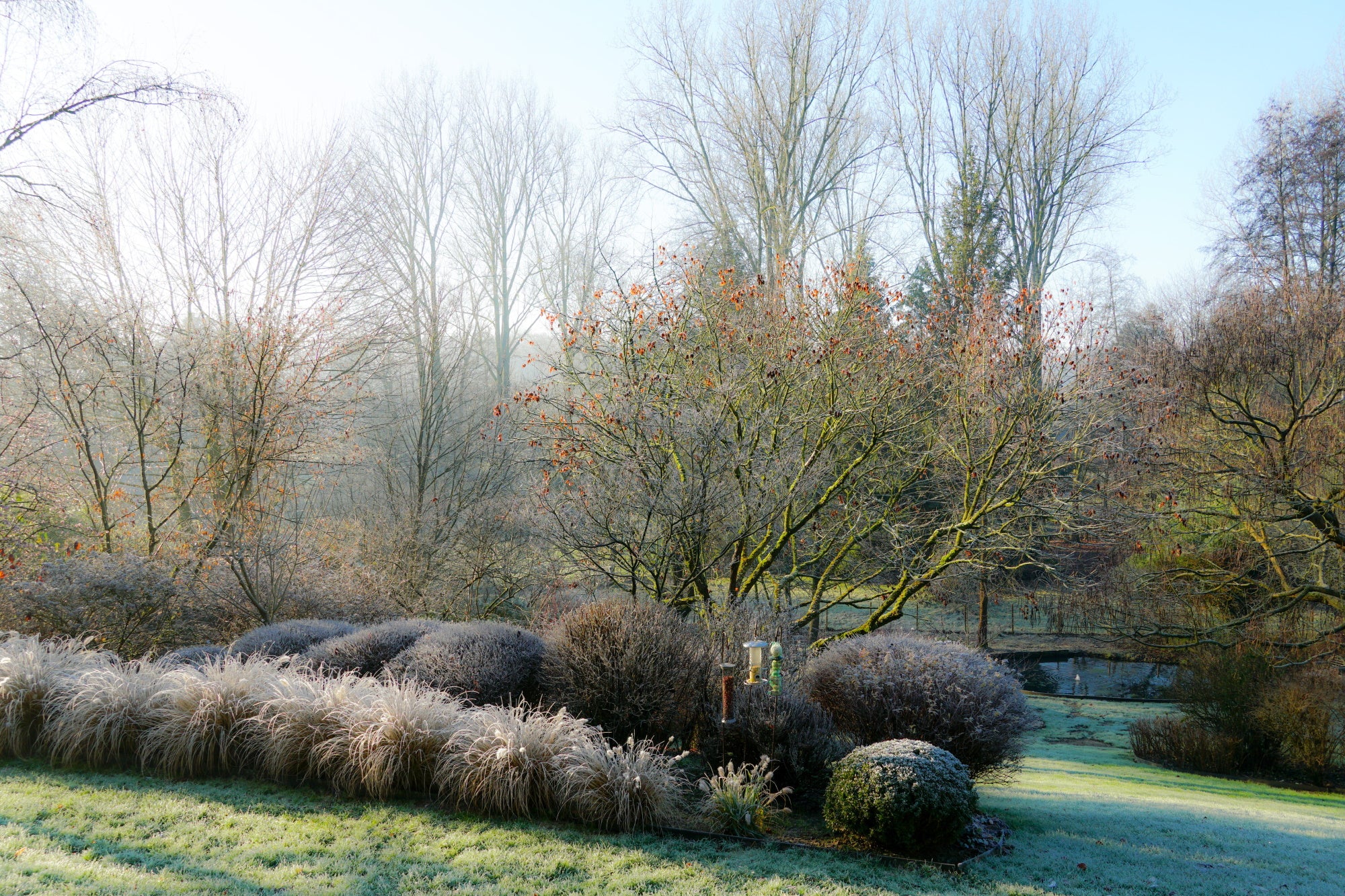
What to do in the garden in February
Gardening is very seasonal, and whilst there may not be hard and fast rules on when to undertake certain tasks, it is always best to work with the weather when undertaking your garden maintenance during the winter months.

February is generally a month for pruning, although if the month is particularly cold, it might be wise to wait until the weather is a little milder. Pruning also depends upon where in the country you live as different parts of the country can experience very different weather conditions simultaneously. For example, a garden in the south of England or a sheltered garden will be ready to be pruned before an exposed cold garden in the north. Weather plays an important part in your garden maintenance planning.
There are many plants that will benefit from being pruned in February, subject to correct weather conditions, such as:
- summer flowering Clematis (ensure you know which group your Clematis belongs too) and Buddleia. Hydrangea paniculata and H. “Annabelle” can also be pruned. The mop-headed flowers on last year’s wood should be trimmed by a third to encourage new wood. Deadhead hydrangeas by taking the flower heads back to a strong pair of shoots.
- cut back shrubs such as Cornus and Salix, which are grown for their striking winter stems. Don’t be afraid – they should be cut down to ground level in order to encourage new growth next winter.
- winter flowering Jasmine – cut this back after is has finished flowering. This will encourage new growth for next year’s blooms. Cut back the previous year’s growth to 5cm from the old wood.
- trim winter flowering Heathers once the flowers have disappeared to prevent the plants from getting leggy.
- cut back ornamental grasses, e.g. Miscanthus and other perennials that are left for winter interest.
- Apple trees and pear trees can be pruned whilst they are still dormant. Plum, cherry and apricots should be left until the summer as pruning now will make them susceptible to Silver Leaf disease. Prune back grape vines, shortening last year’s fruited shoots to encourage new growth.
- trim back deciduous hedges before the birds start to nest.
- do not be tempted to prune any shrubs that are spring-flowering as you will cut off the potential flowers. It is best to wait until early summer to prune these, once the flowers have finished.
- if you have any variegated shrubs, remove any green shoots that are reverting to prevent full reversion taking over.
Jobs that can be undertaken in February include:
- keep fat balls and bird feeders topped up to encourage birds into your garden. They in turn will also eat any pests in your garden.
- put up nest boxes. Nest boxes should be positioned out of prevailing winds and strong sunlight. There are different nest boxes for different types of birds – so ensure you follow the positioning instructions carefully to get the most enjoyment later. Also, look for a position that is hard for squirrels and cats to reach.
- check any trees that have tree ties to make sure they are not cutting into the bark, as your tree will have grown since it was first planted. Loosen if necessary, and remove any damaged or worn ties and replace them.
- consider moving any shrubs that have become too big for their current location.
- tie back wall shrubs and climbers back onto their supports if they have worked loose over the winter.
- inspect all of your Buxus sempervirens and Ilex trees for any signs of blight and remove if discovered.
- check for cankers or any damage on deciduous trees.
- if you are contemplating planting a new hedge and would like to consider planting a bare root or ball-rooted plants, providing the weather conditions are still conducive, you still have time to plant this. Please see our blog Tips for planting hedges from our hedge nursery for further information and guidance.
Starting to undertake your garden maintenance now will pay dividends later in the year, when you can enjoy your efforts and watch your garden flourish.
If you need any advice on garden maintenance, please do not hesitate to contact us. Our helpful staff are always available to answer any questions you may have.
Share


